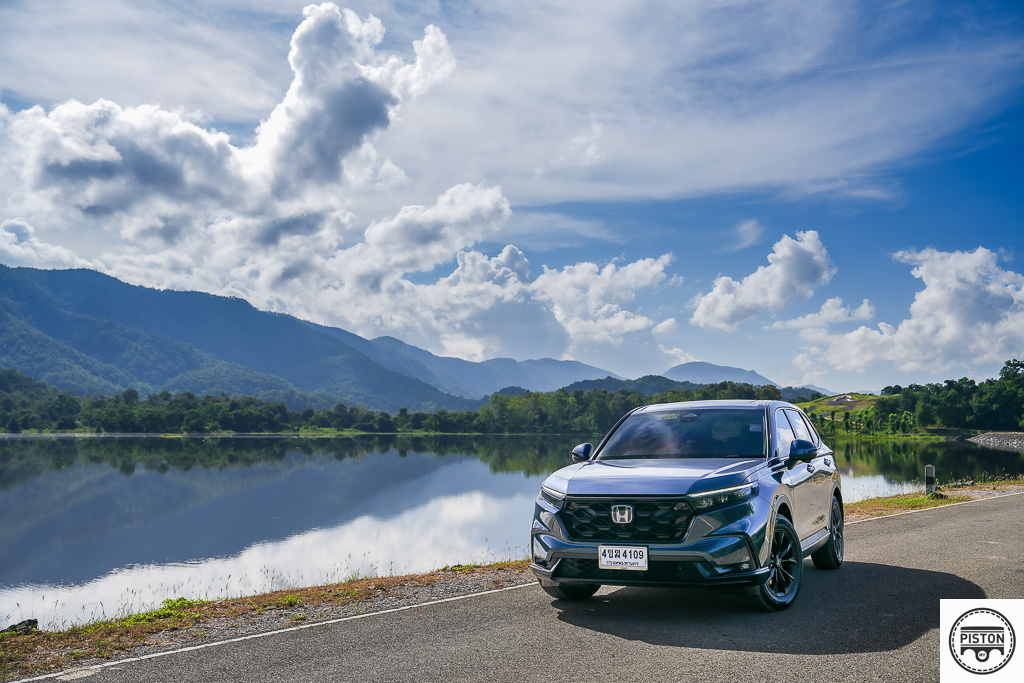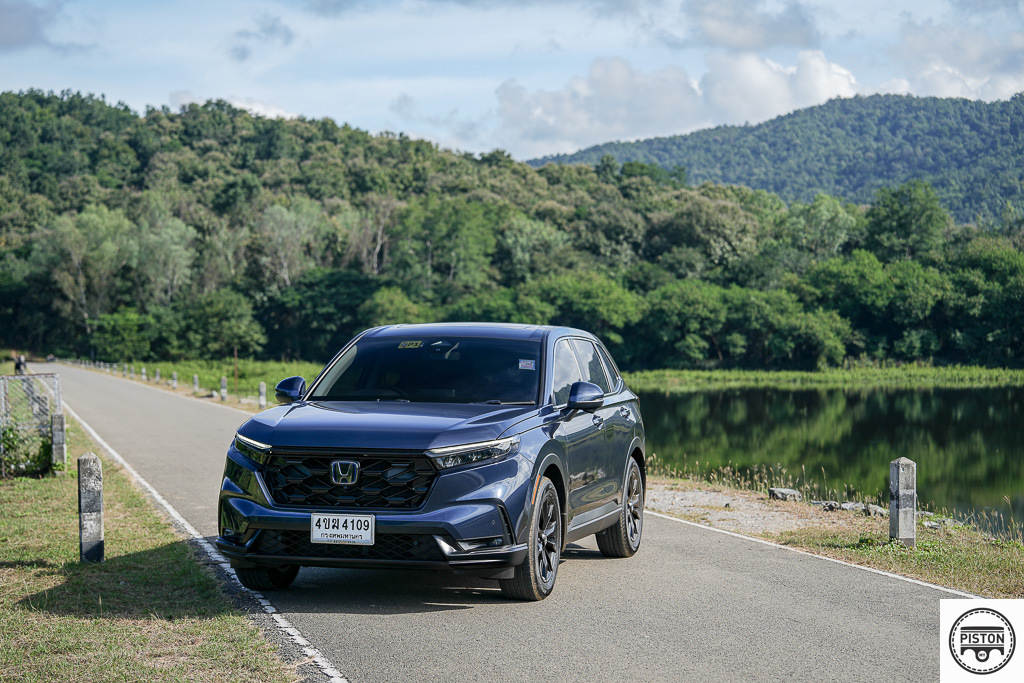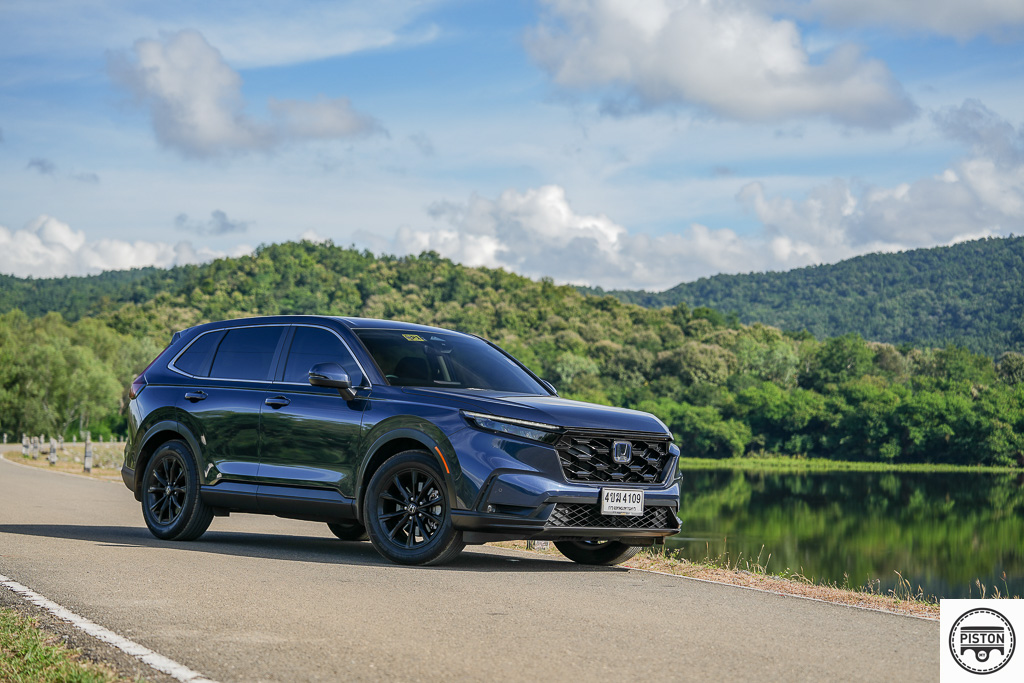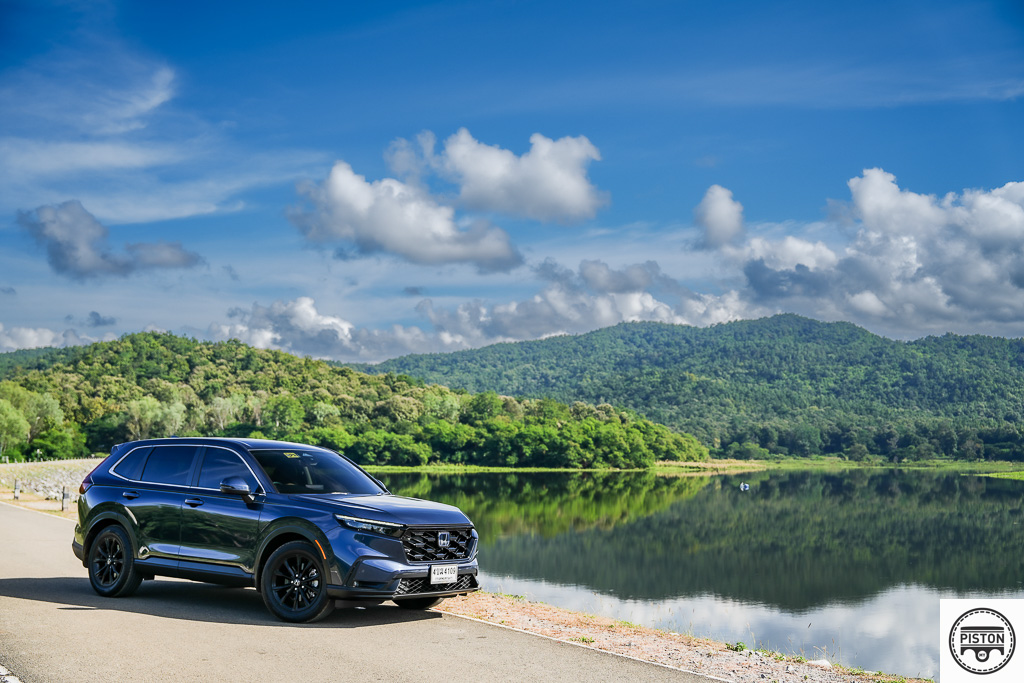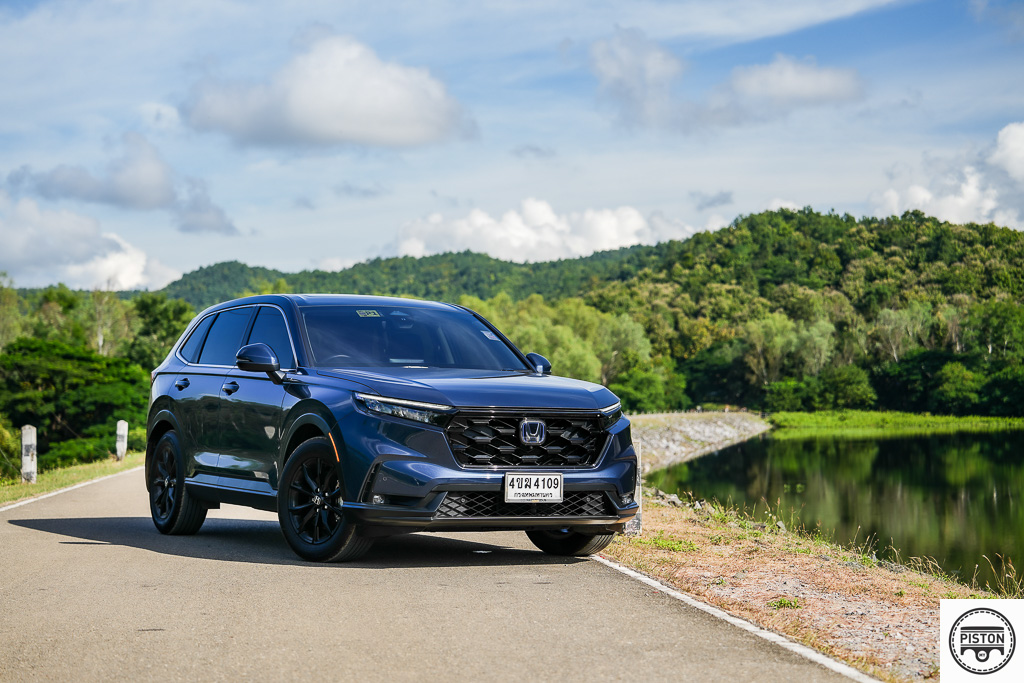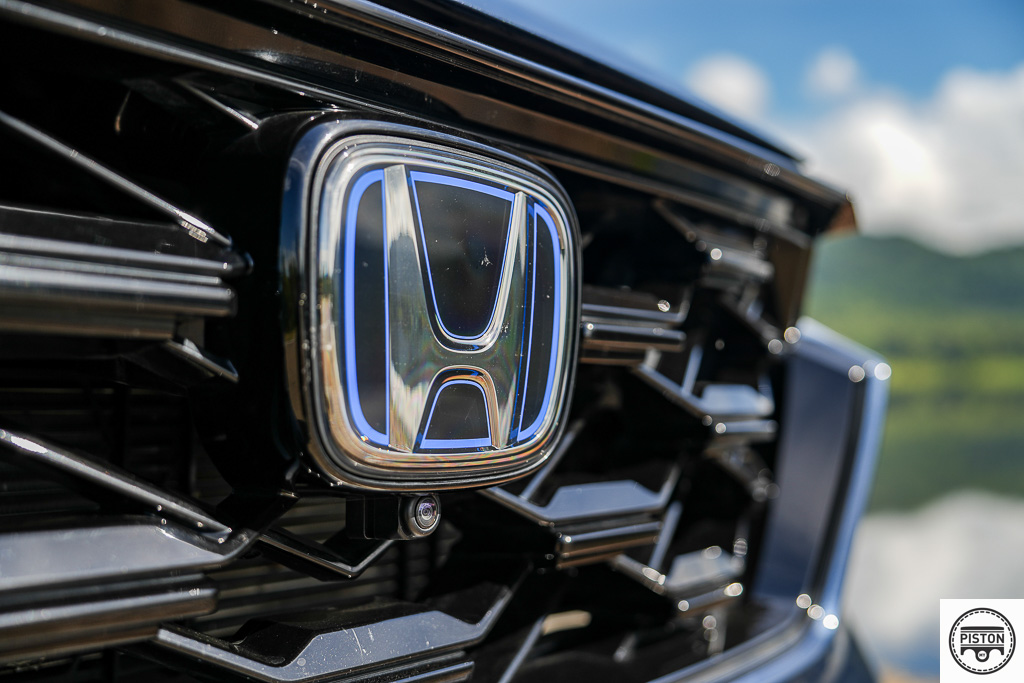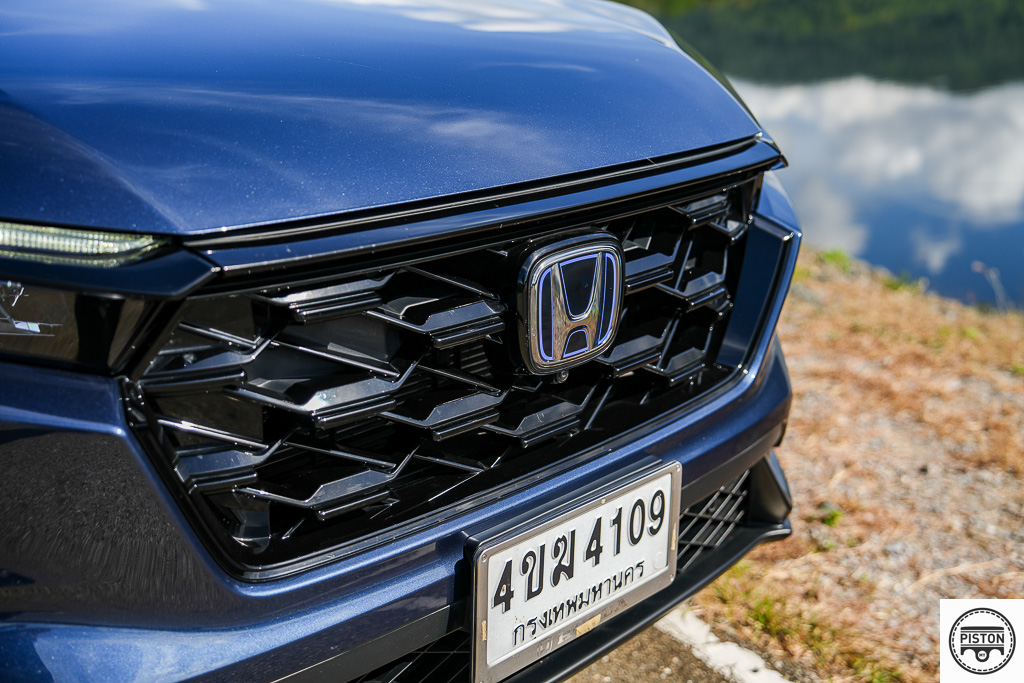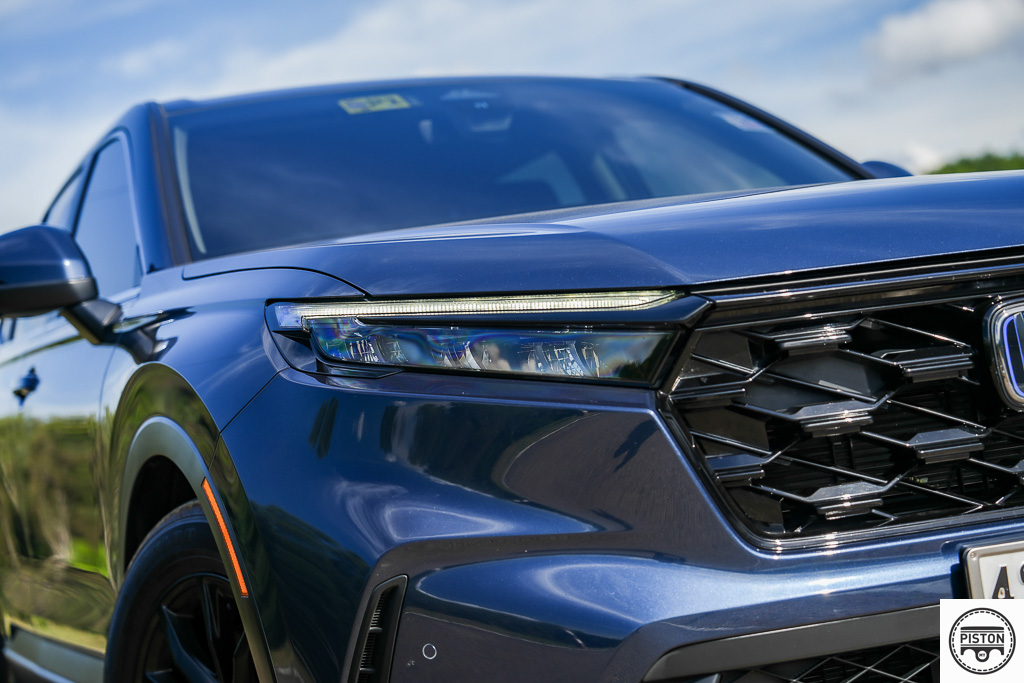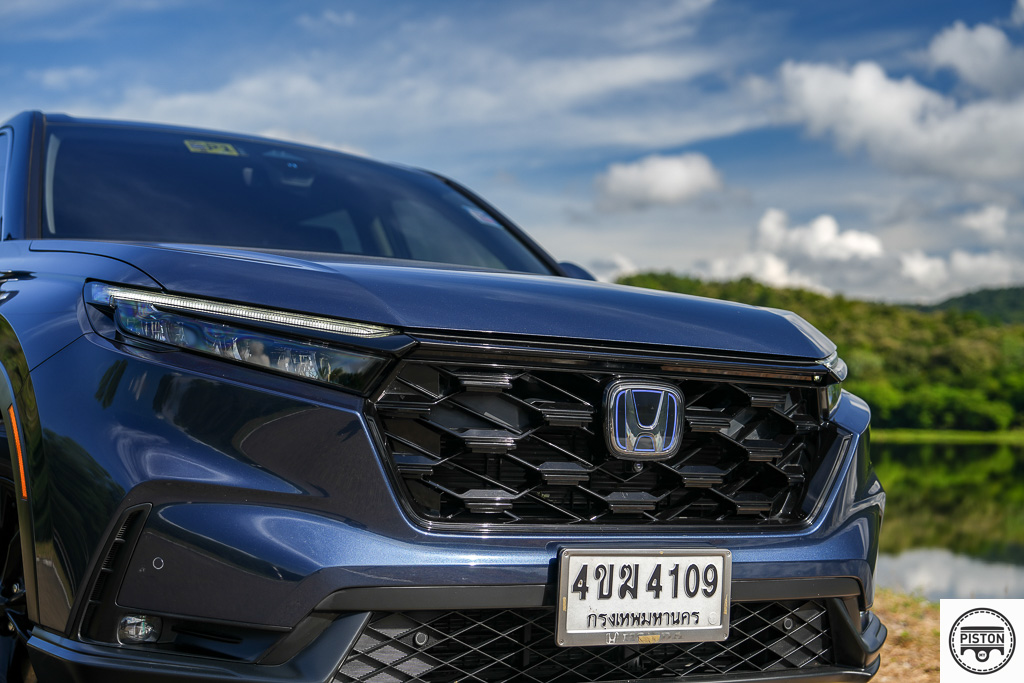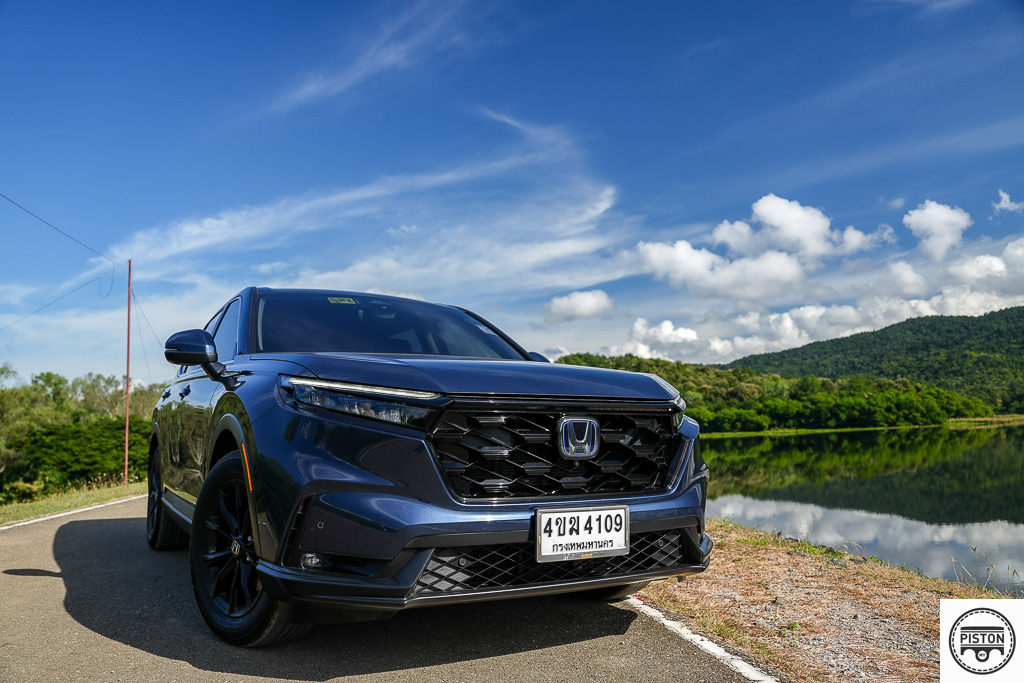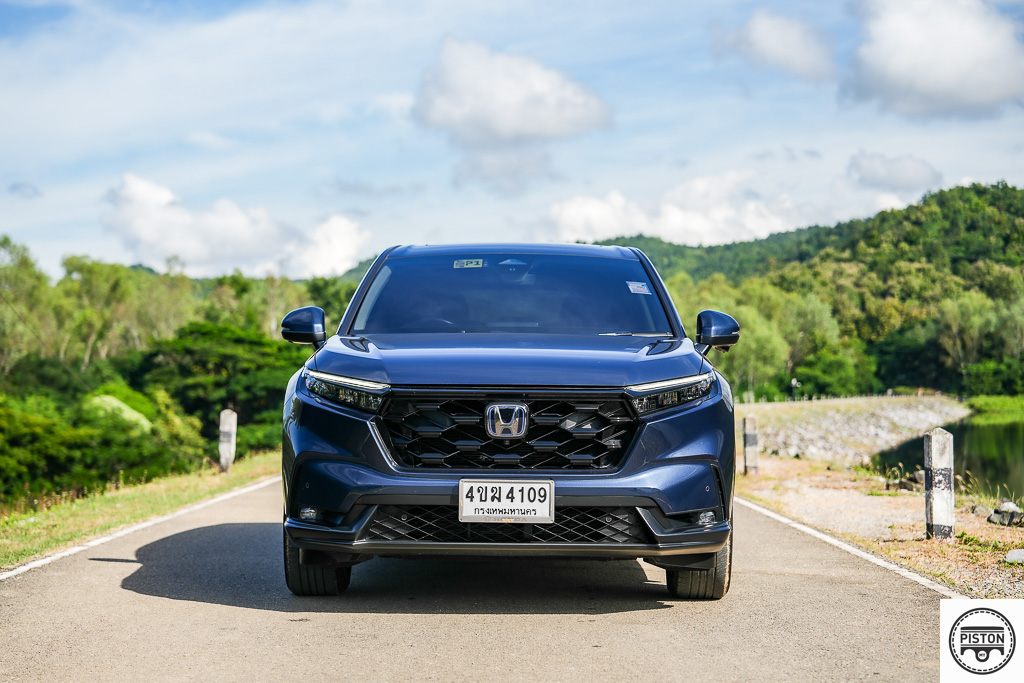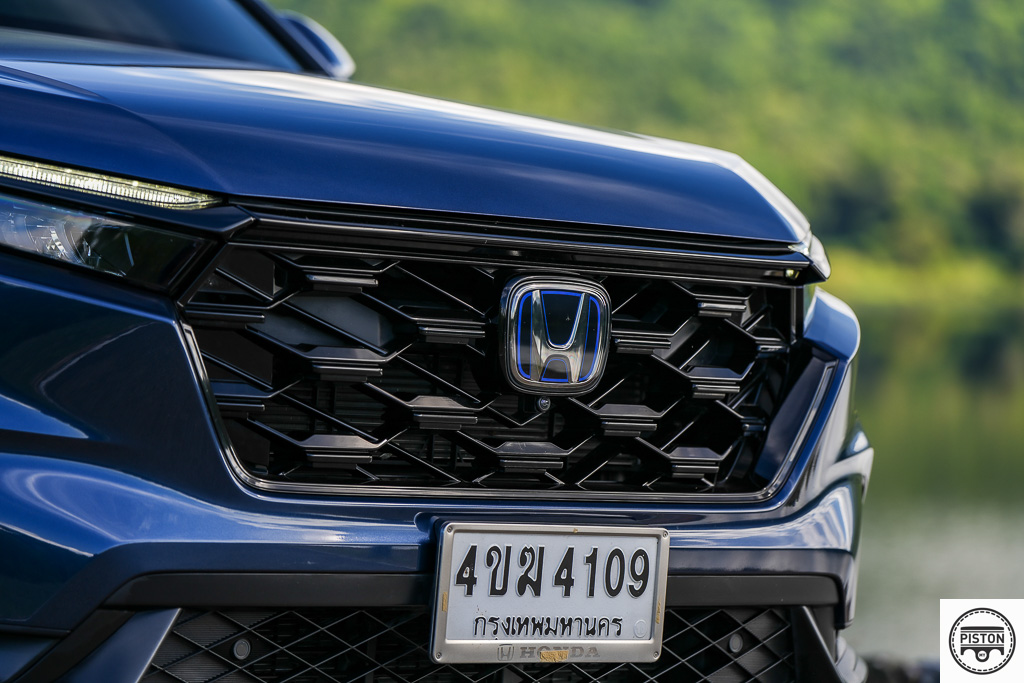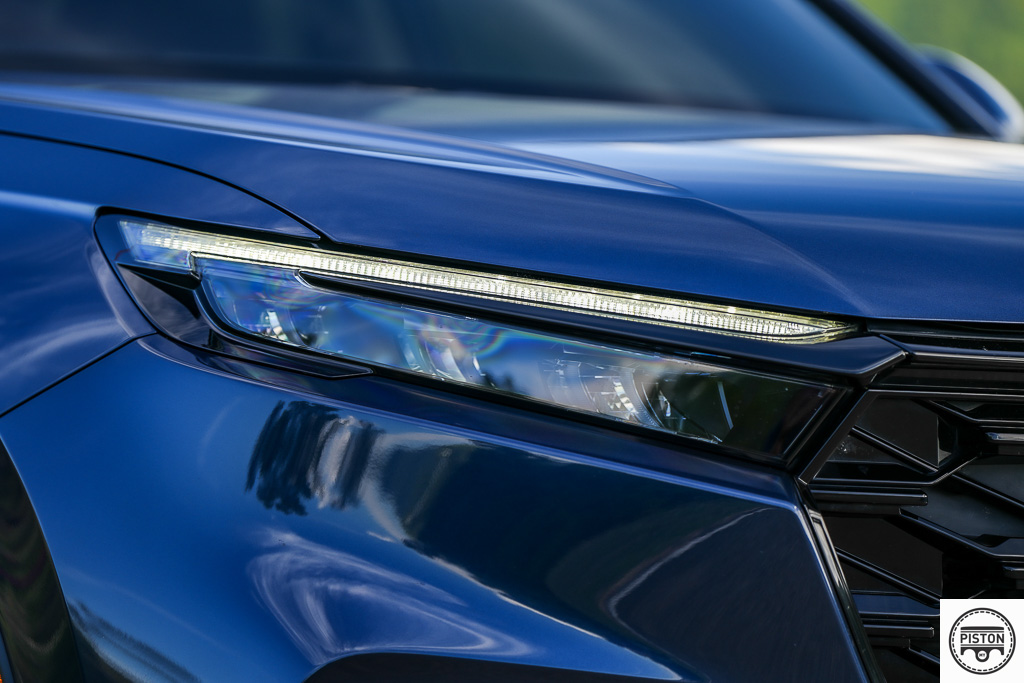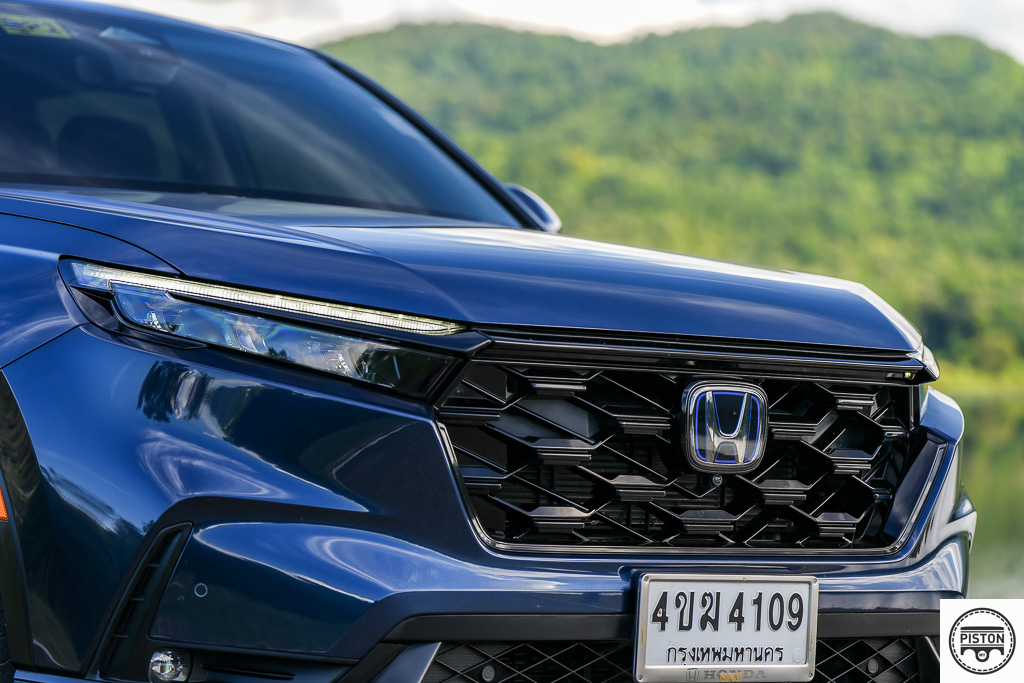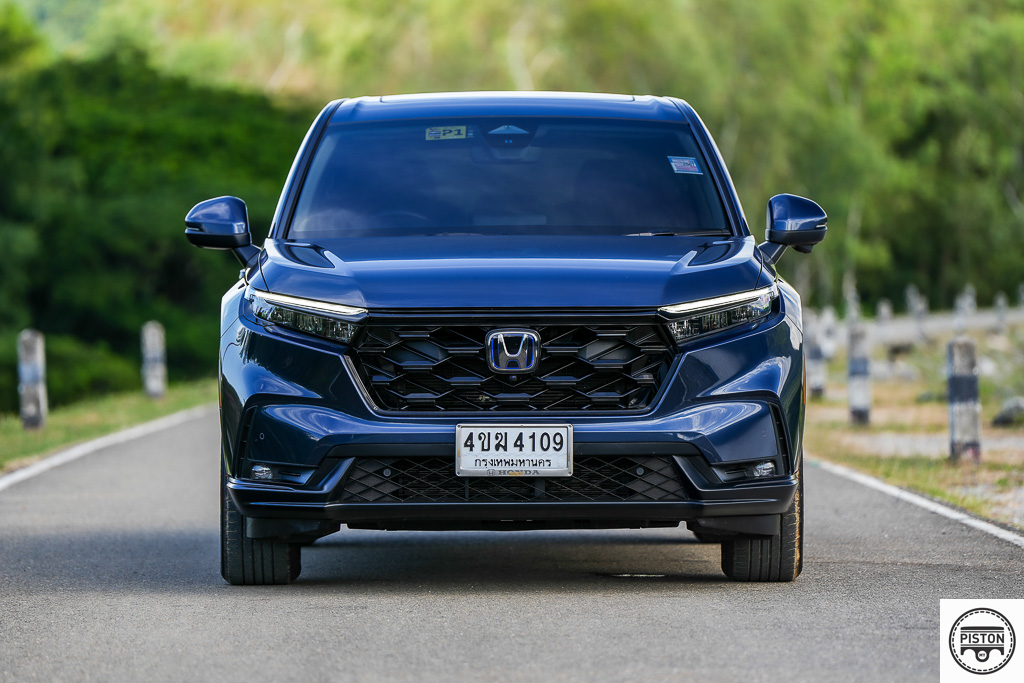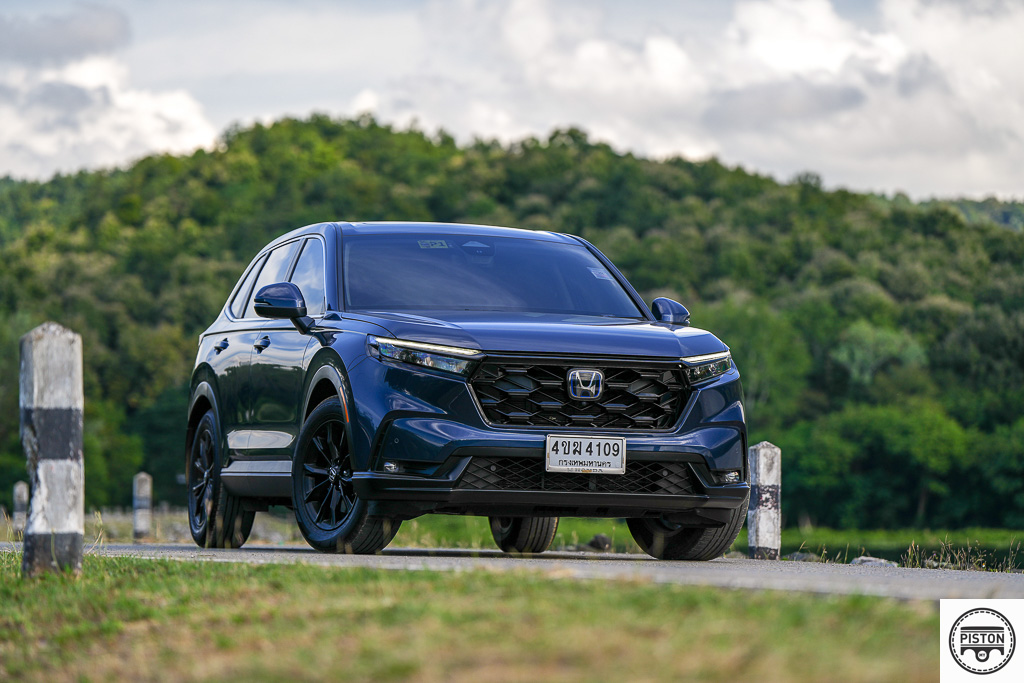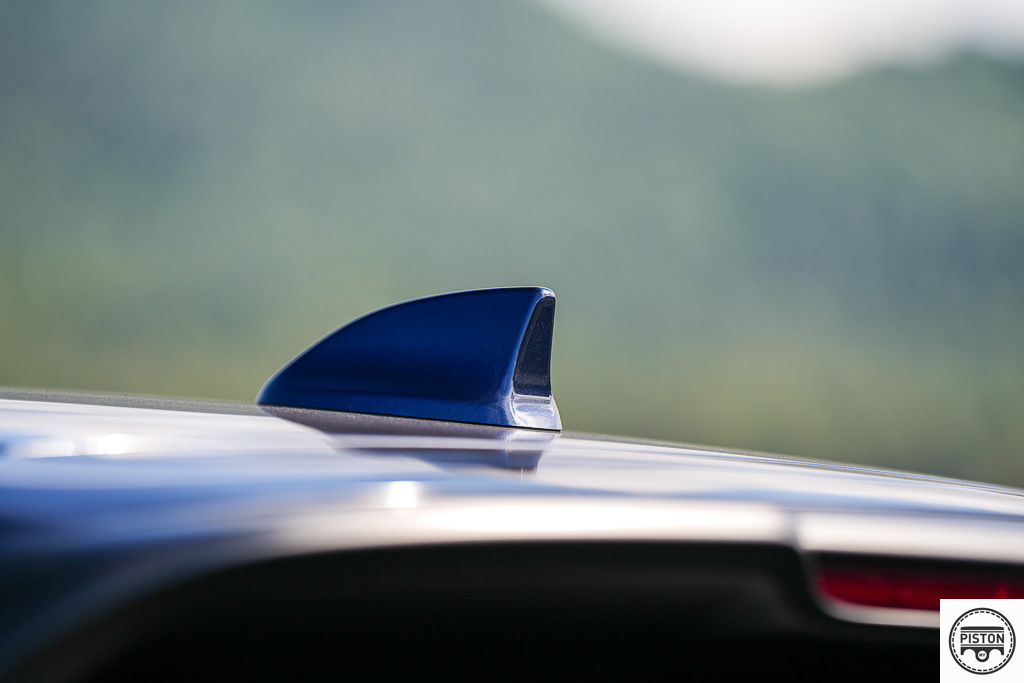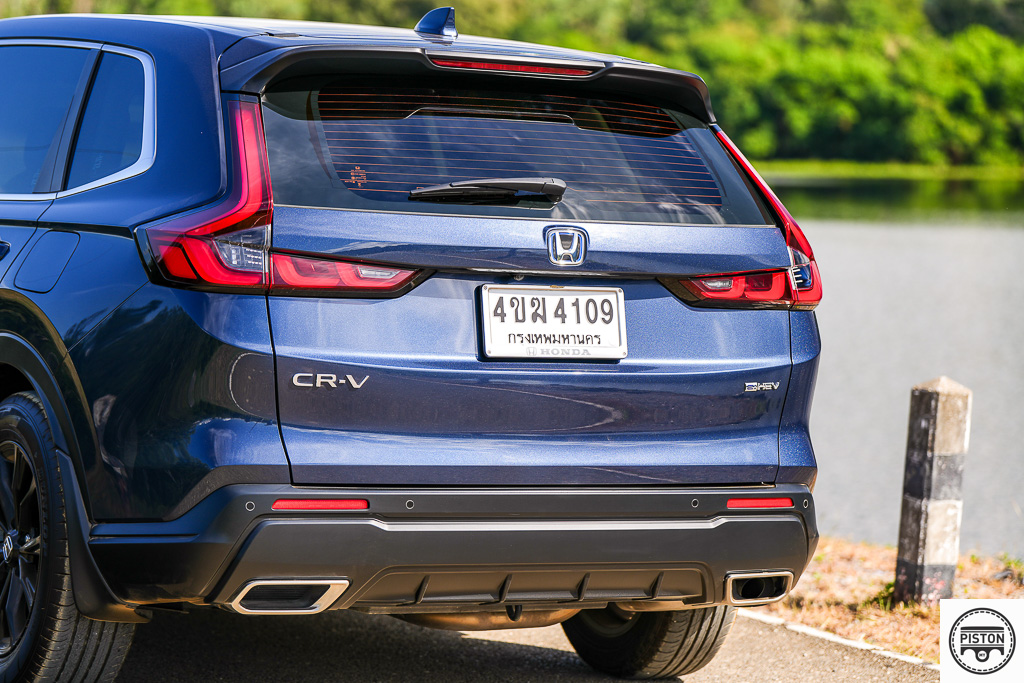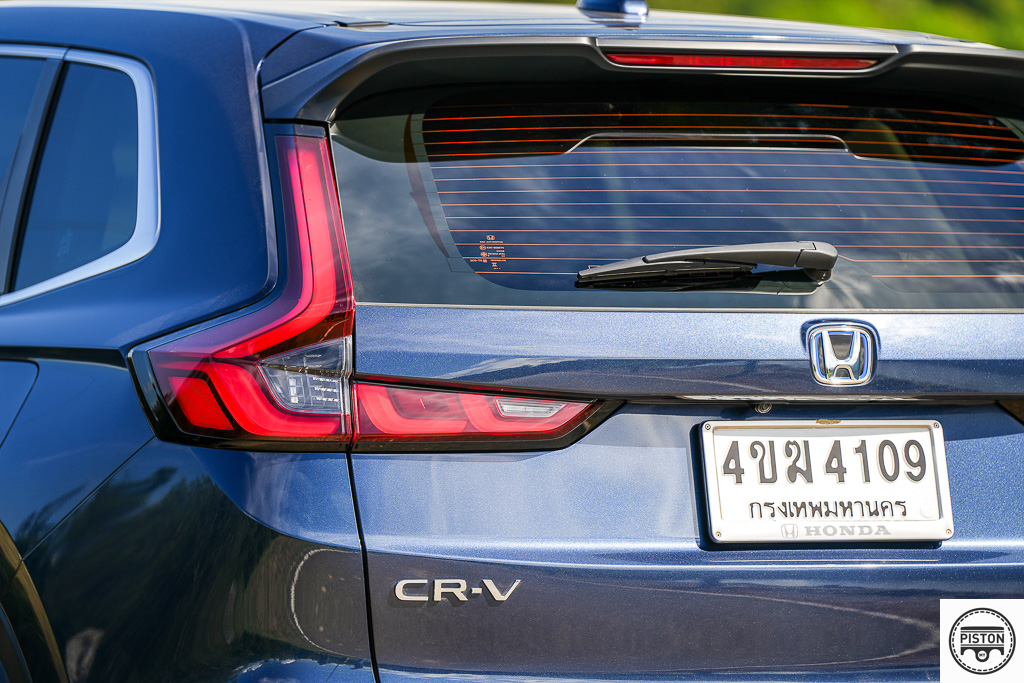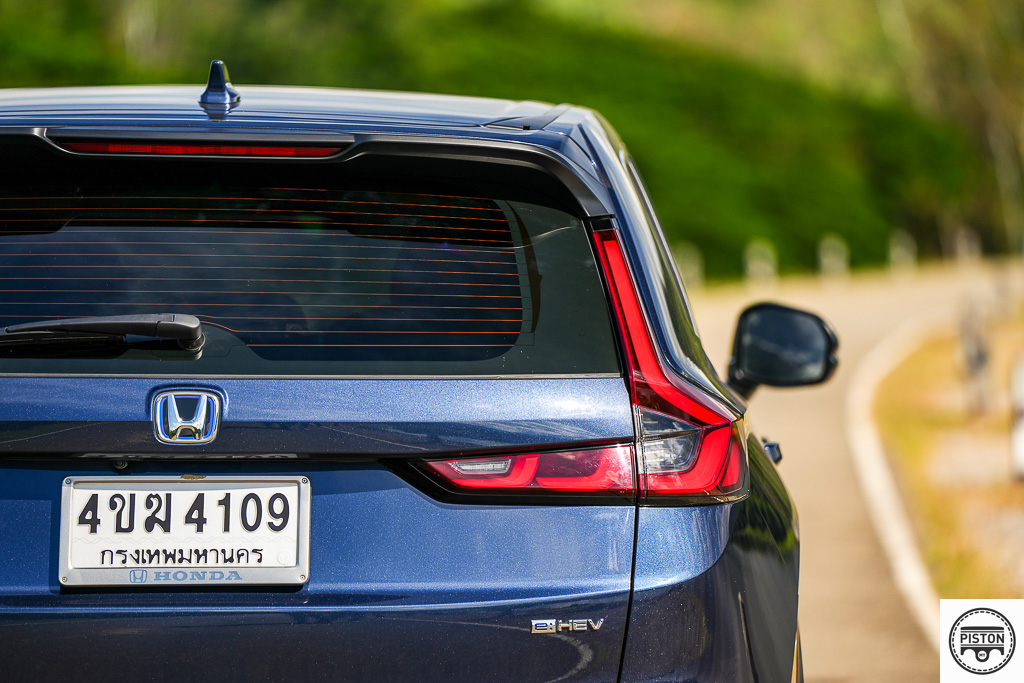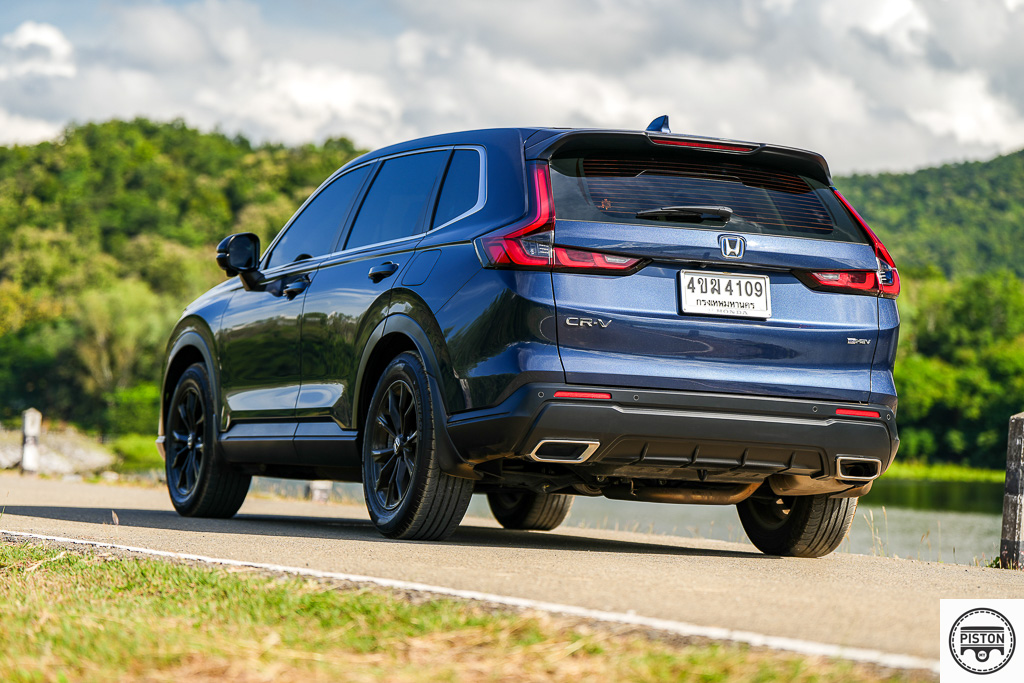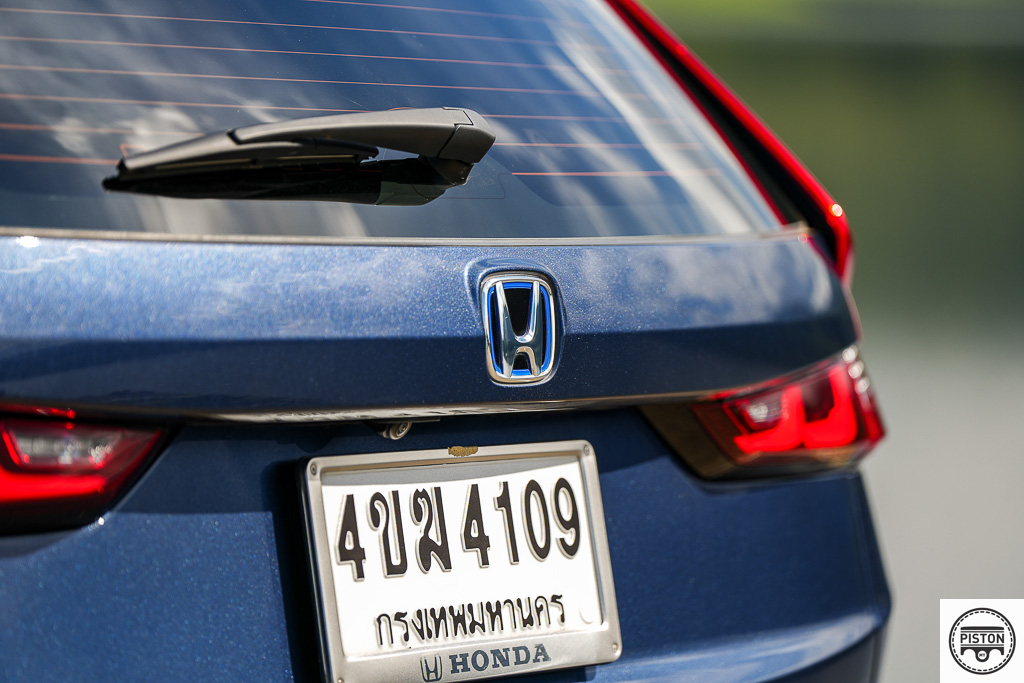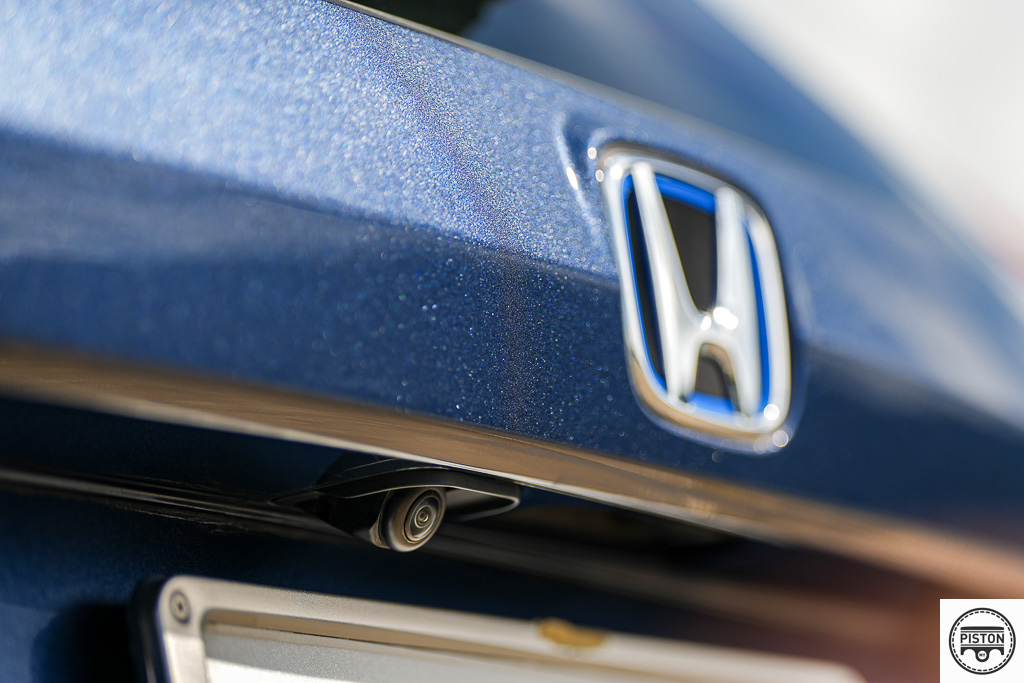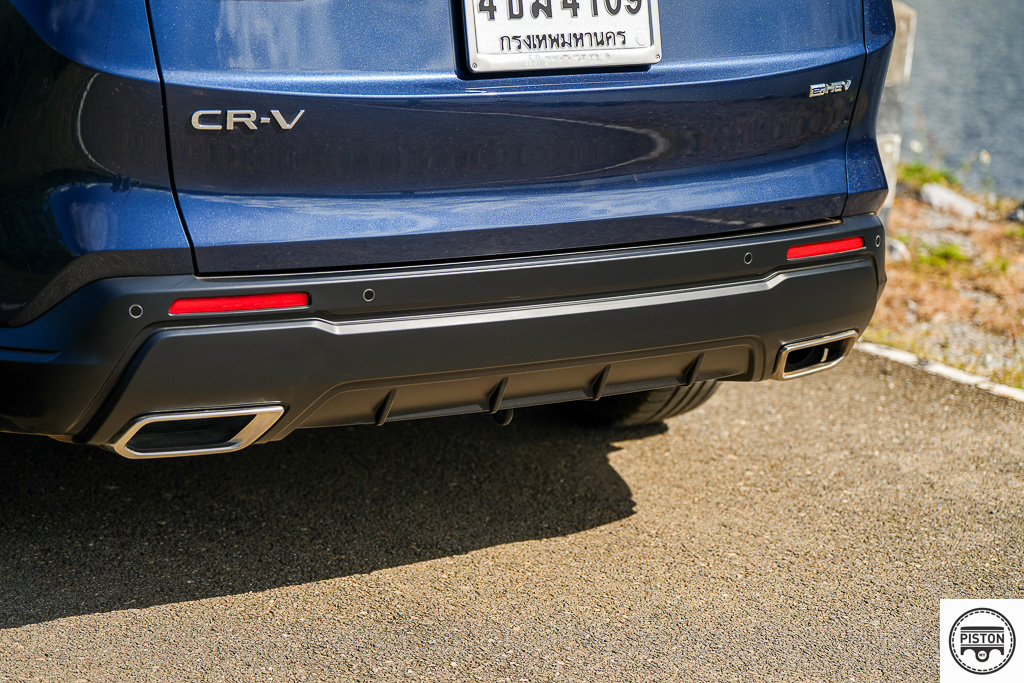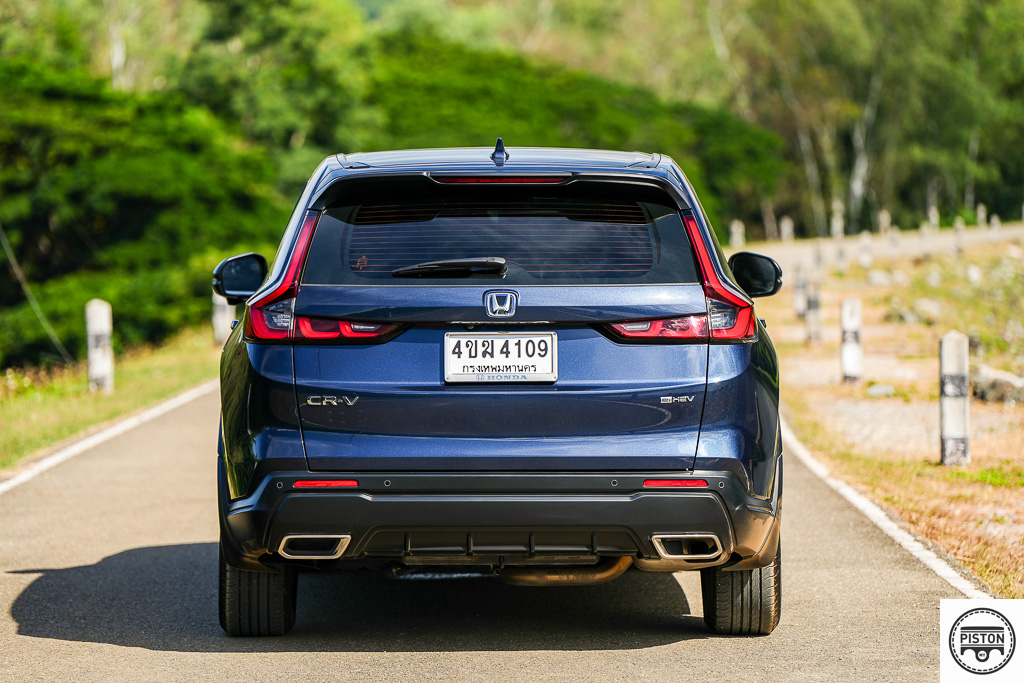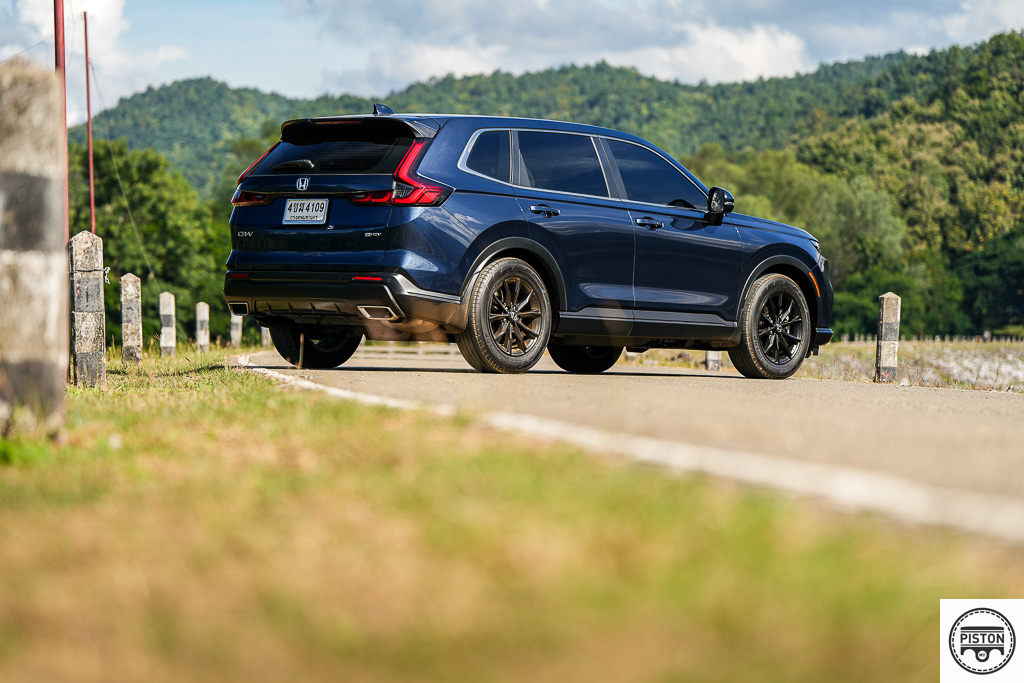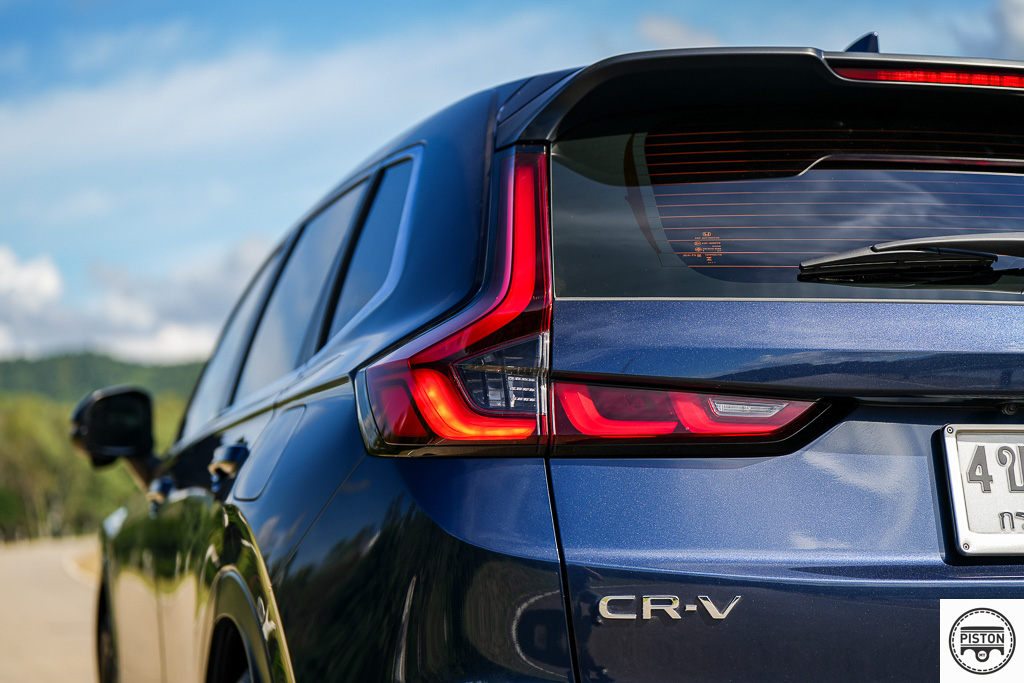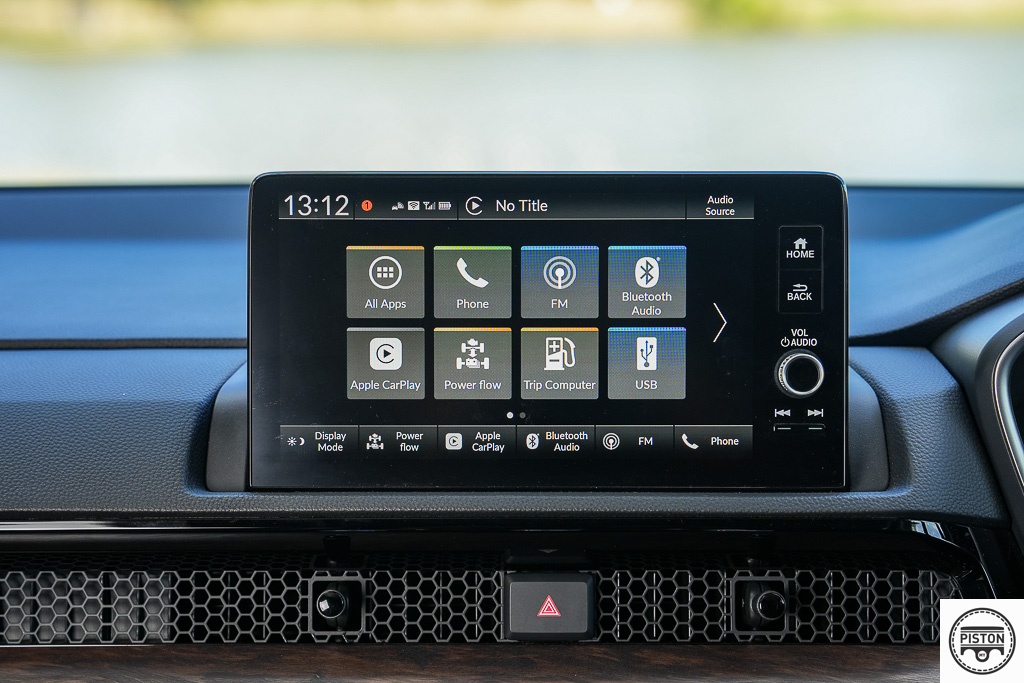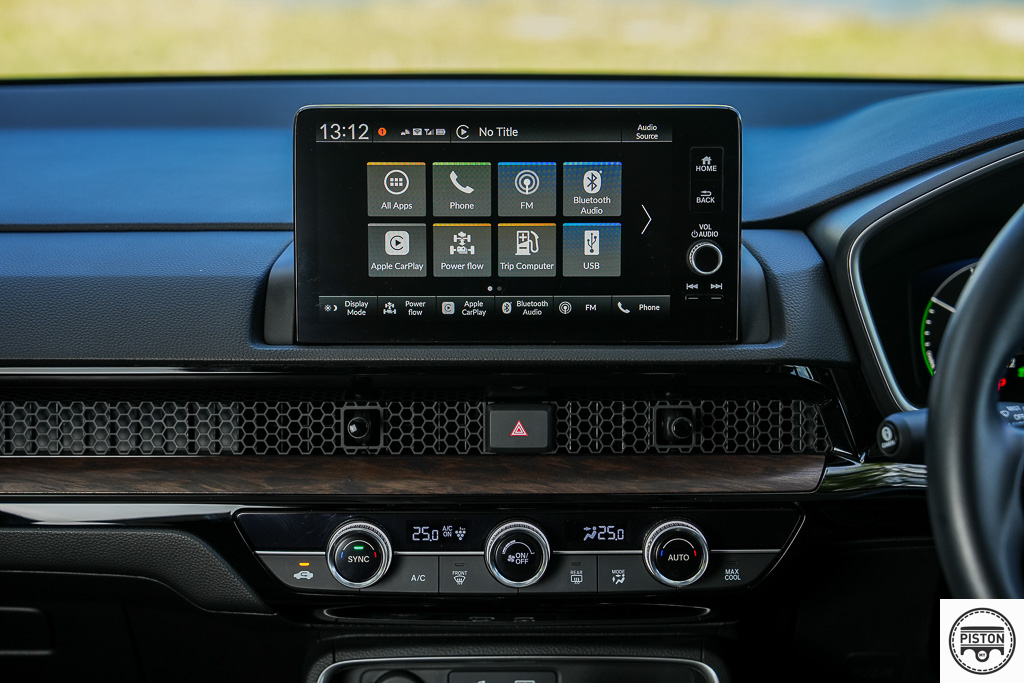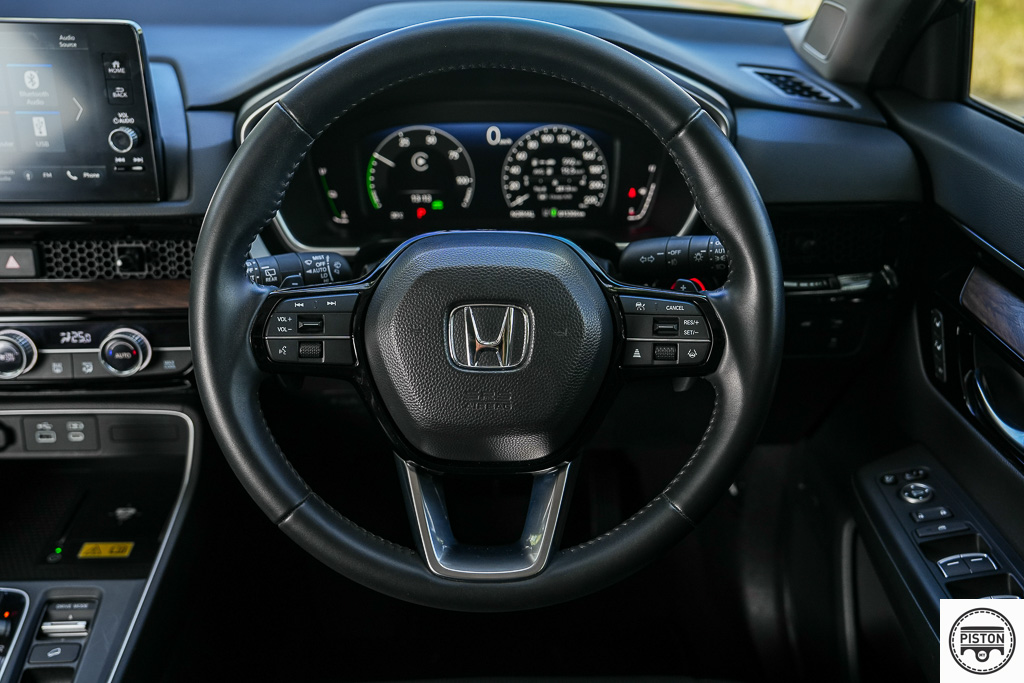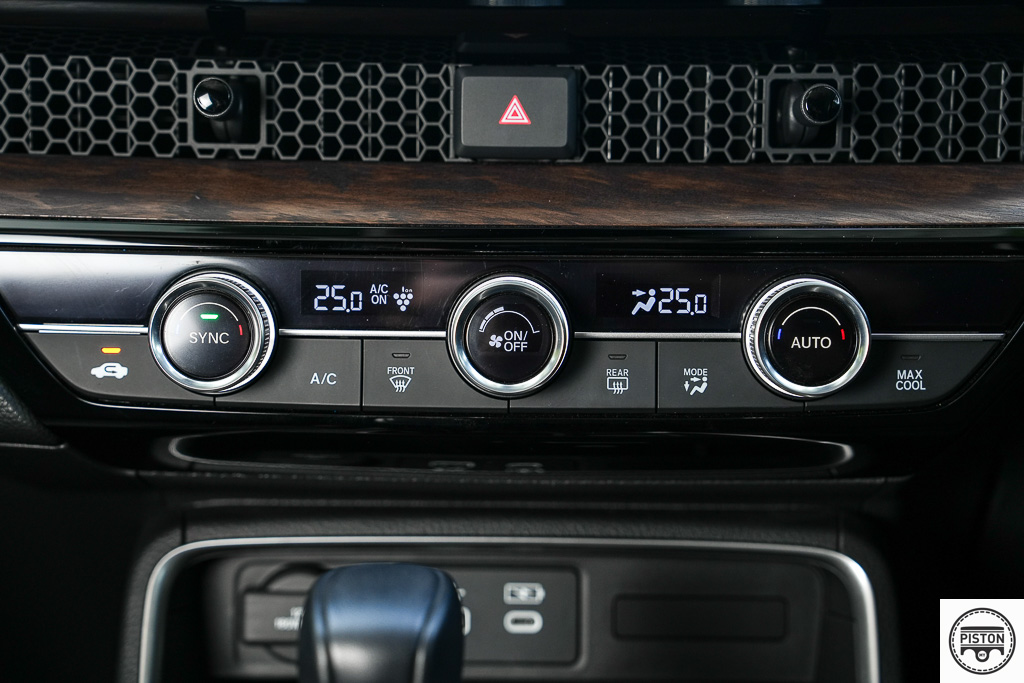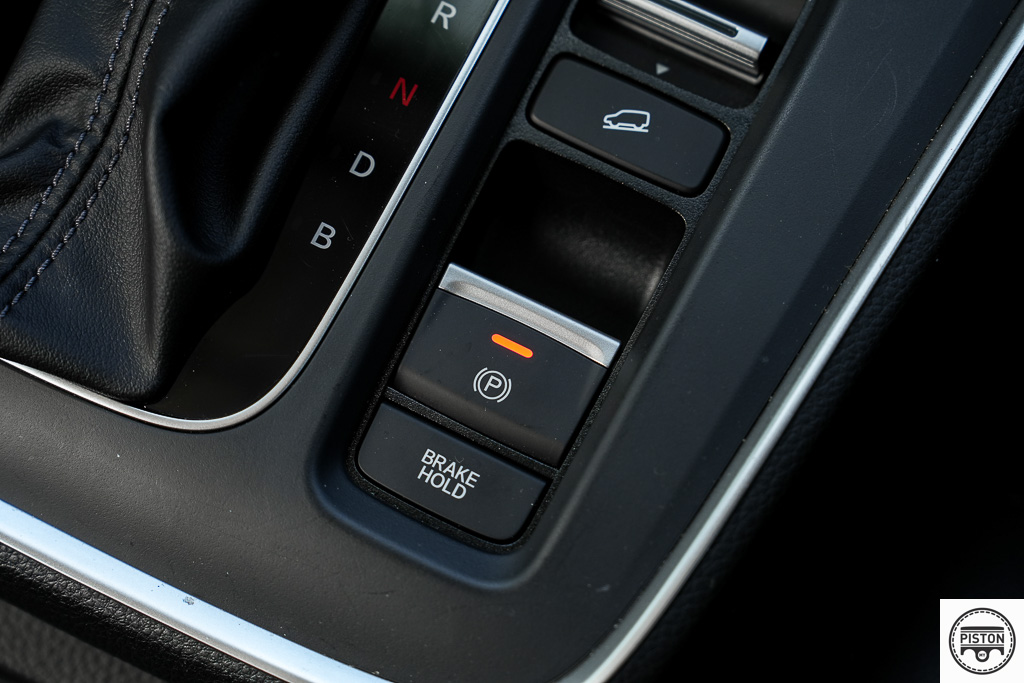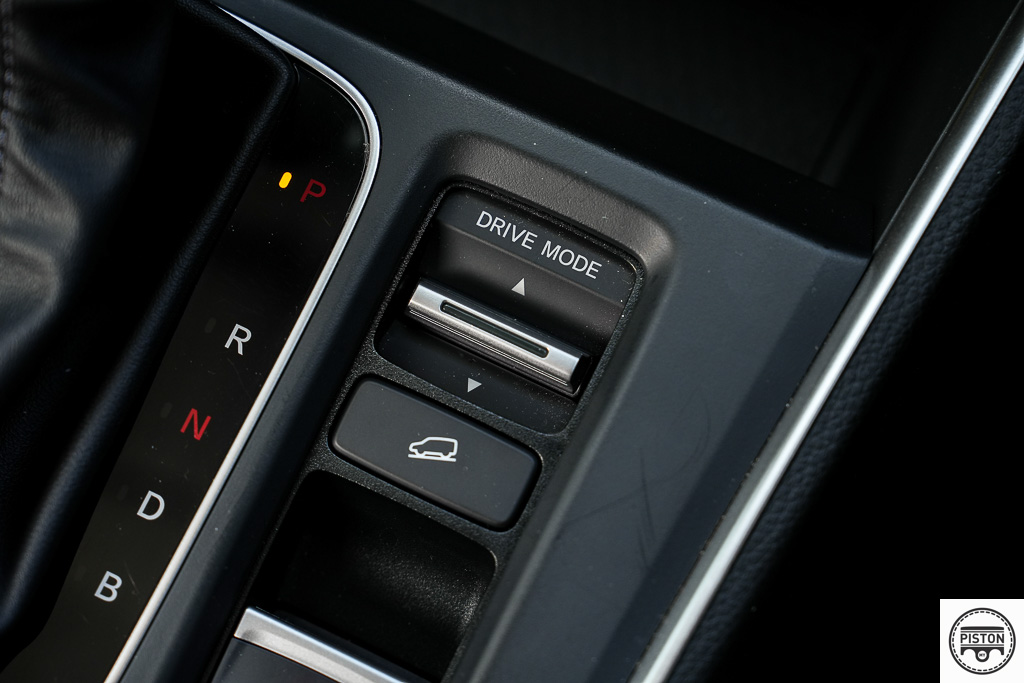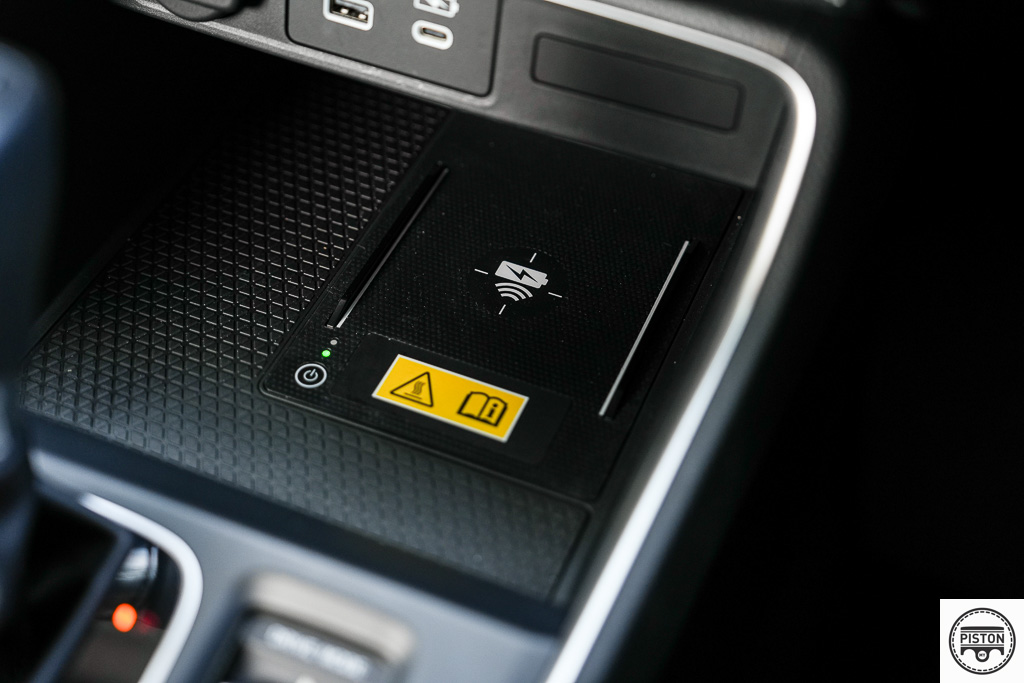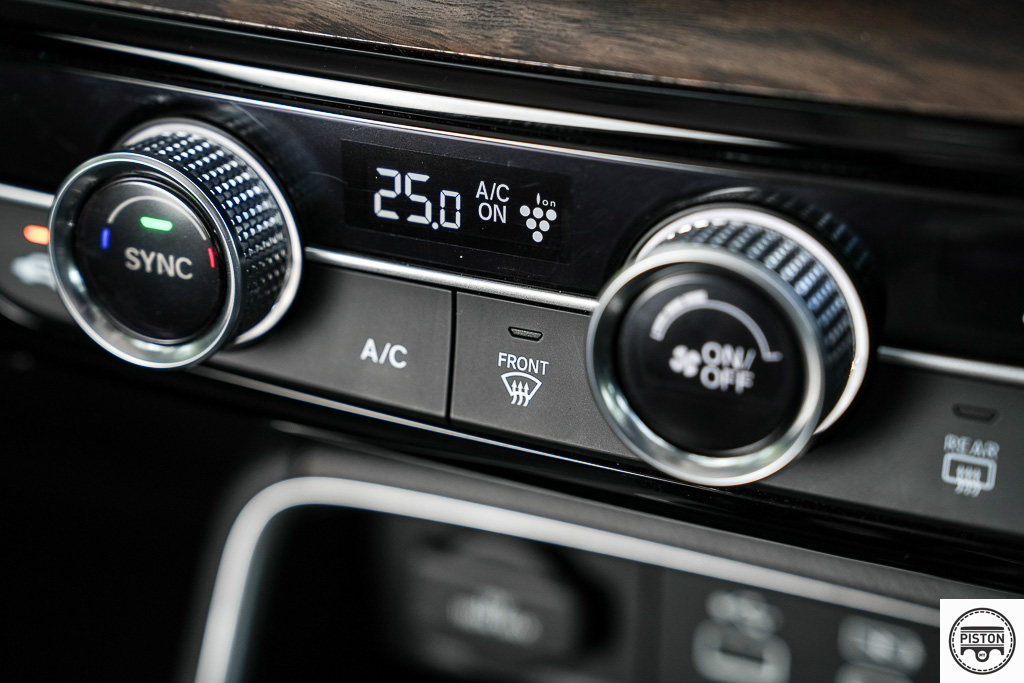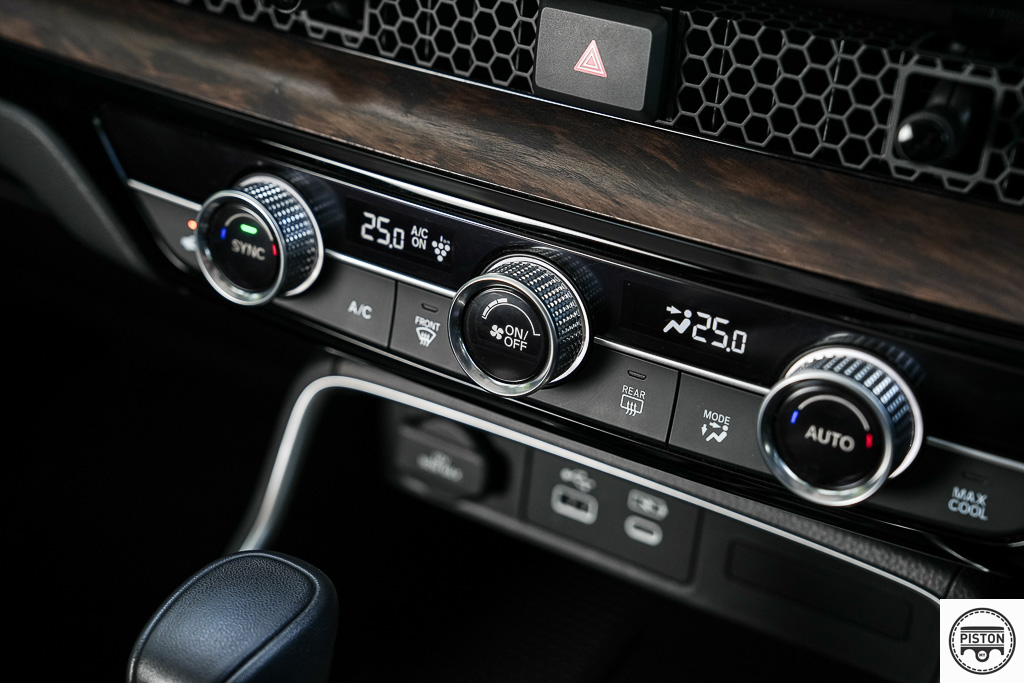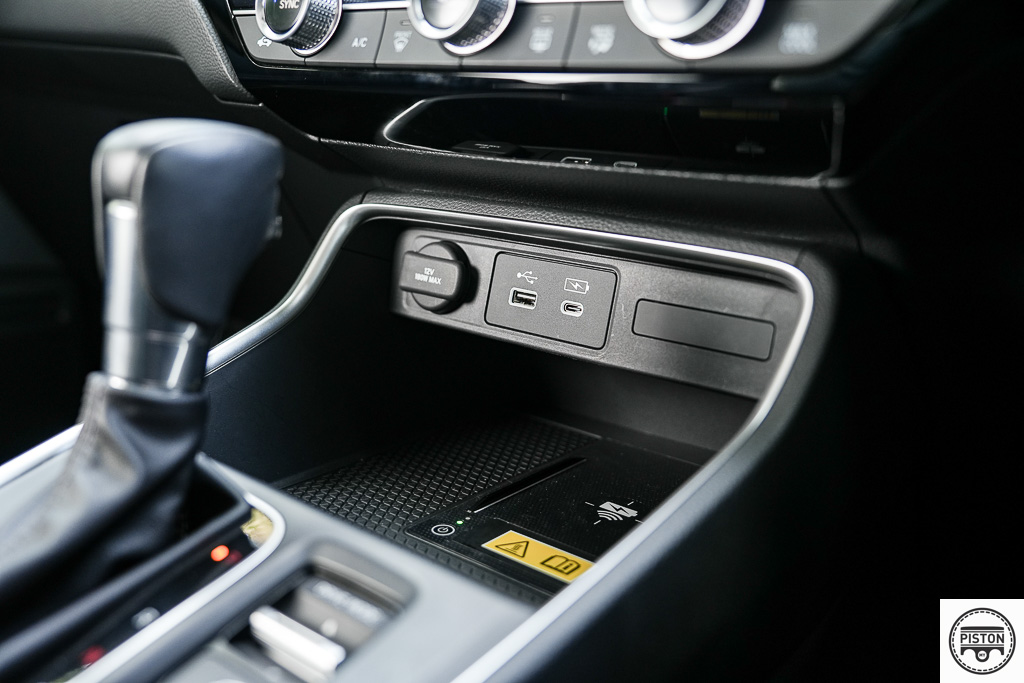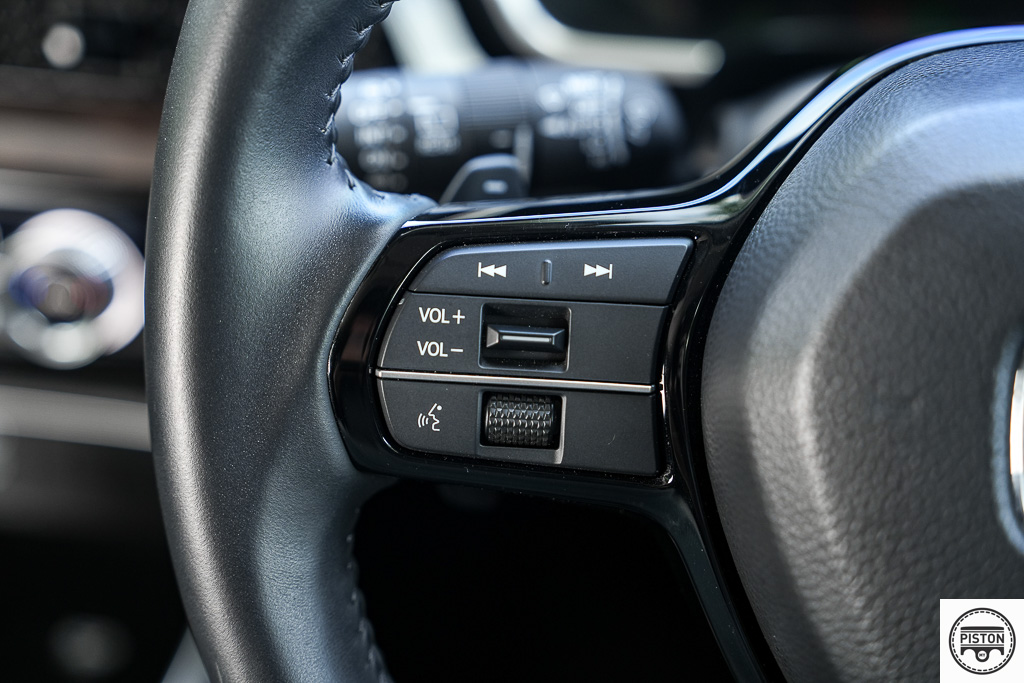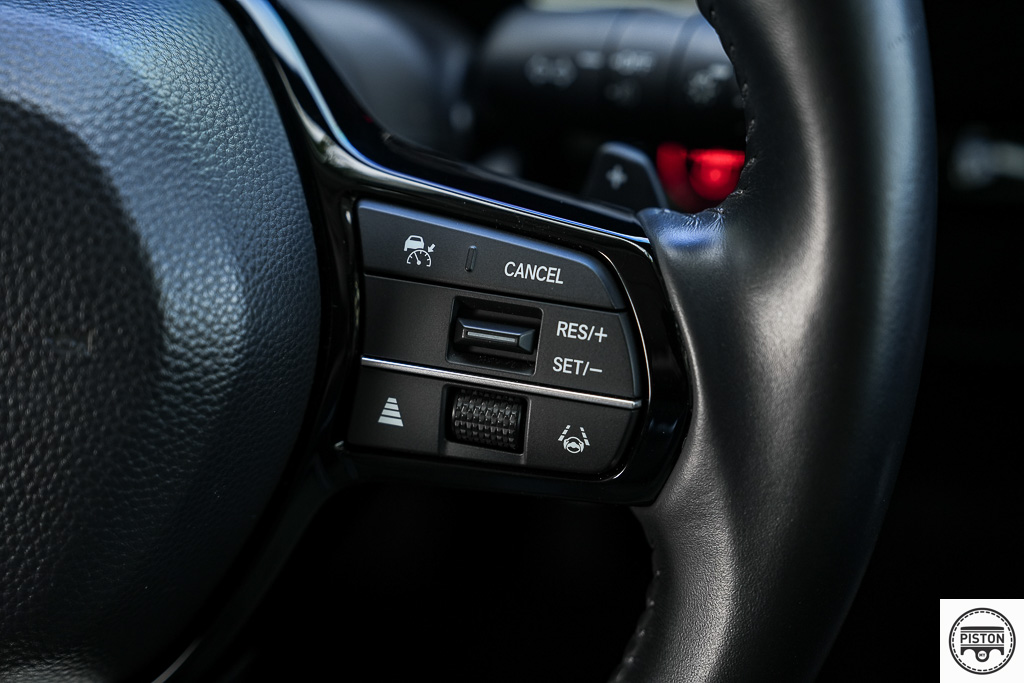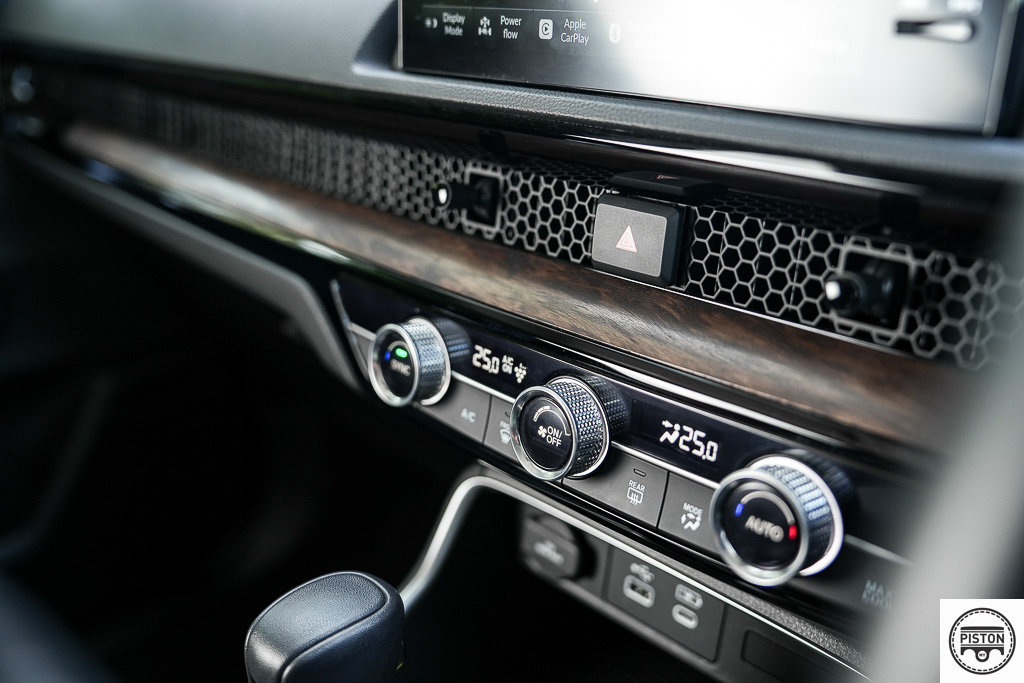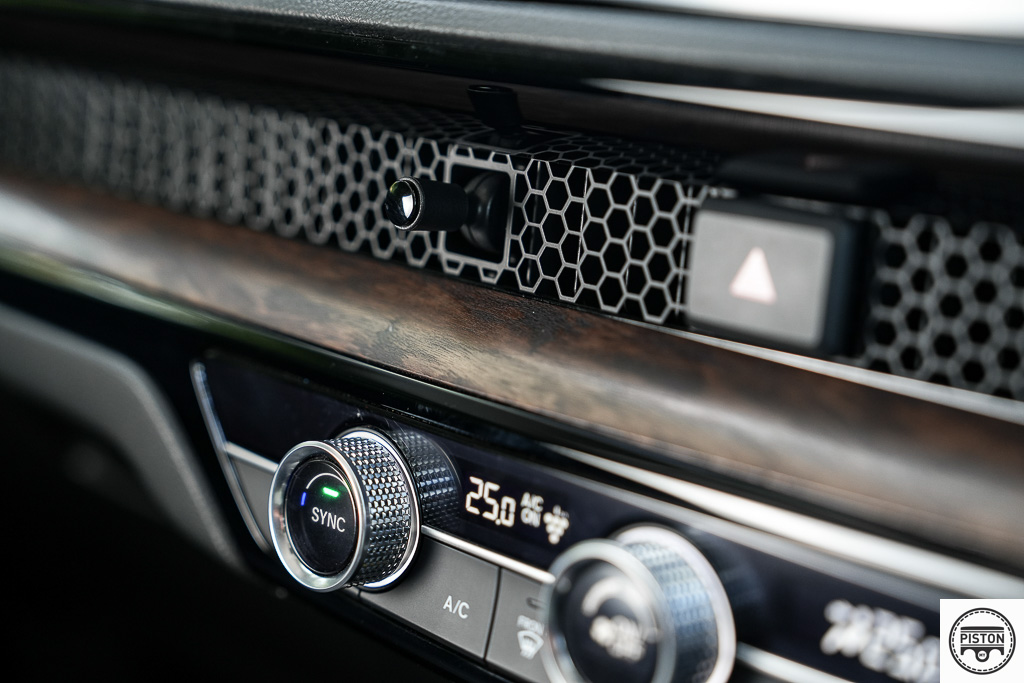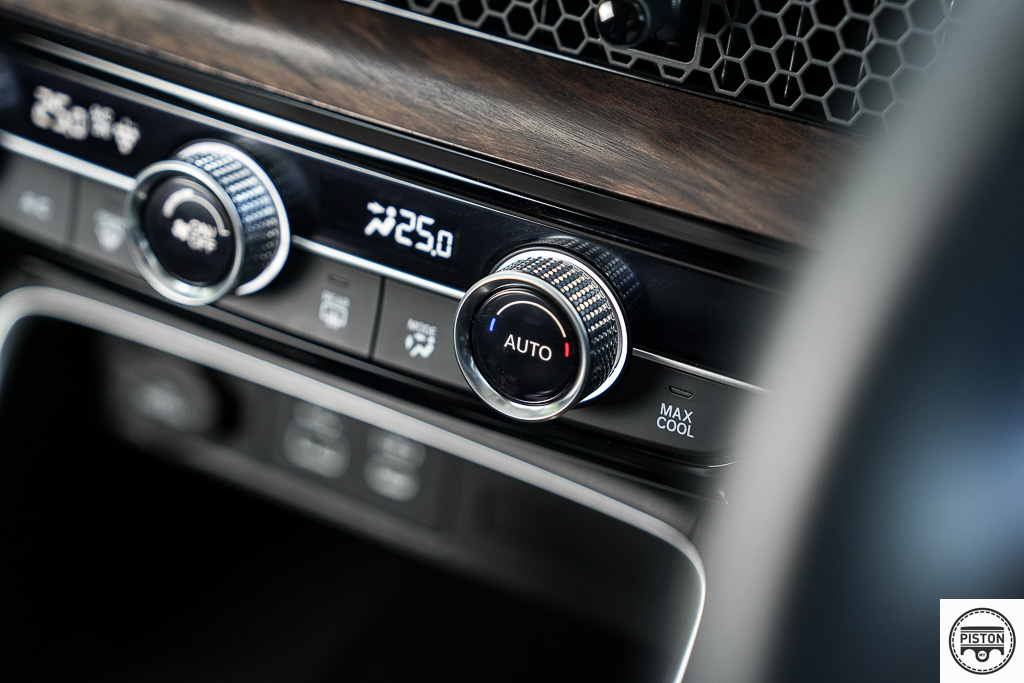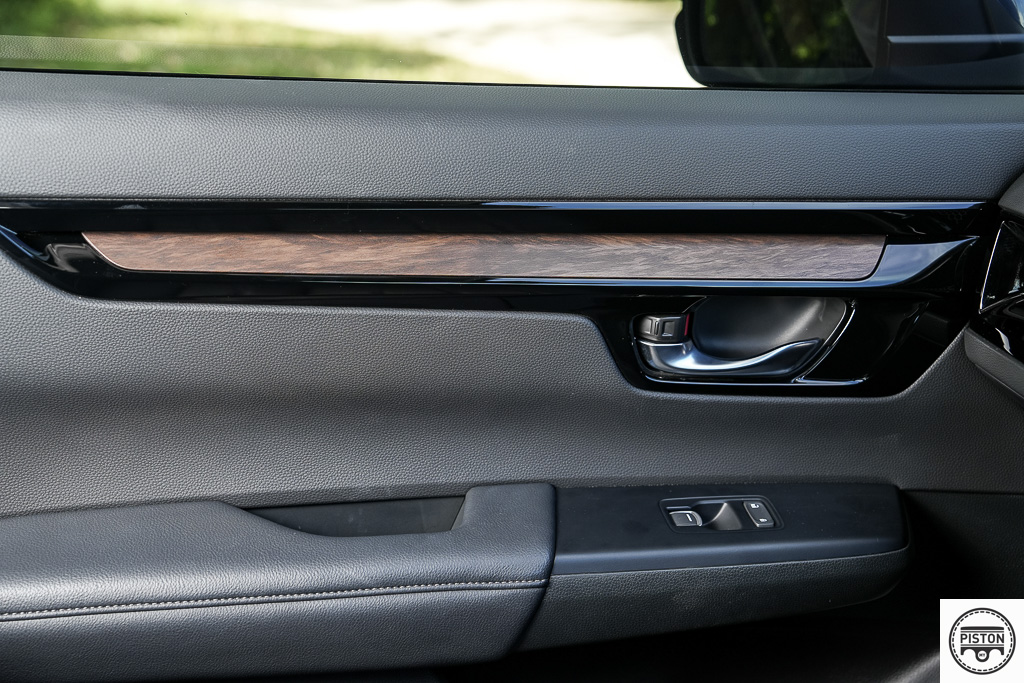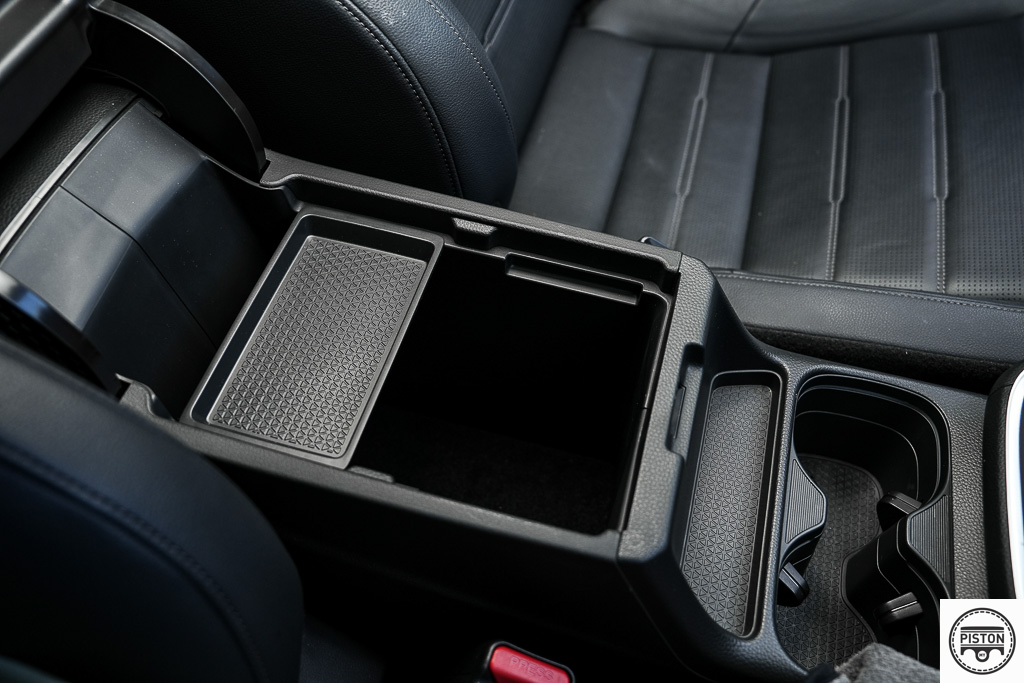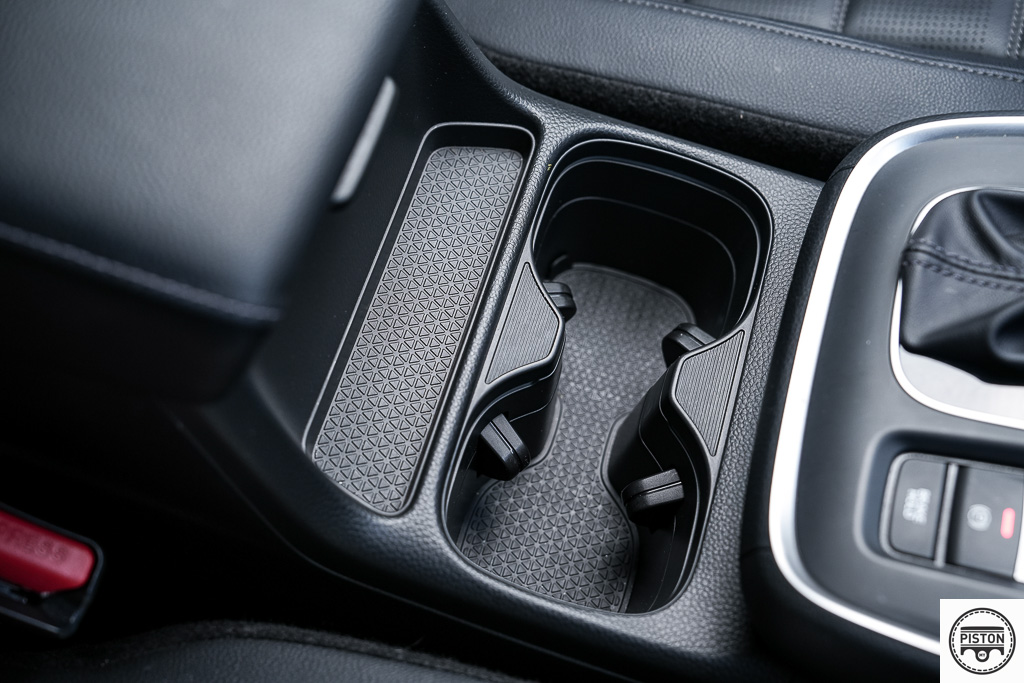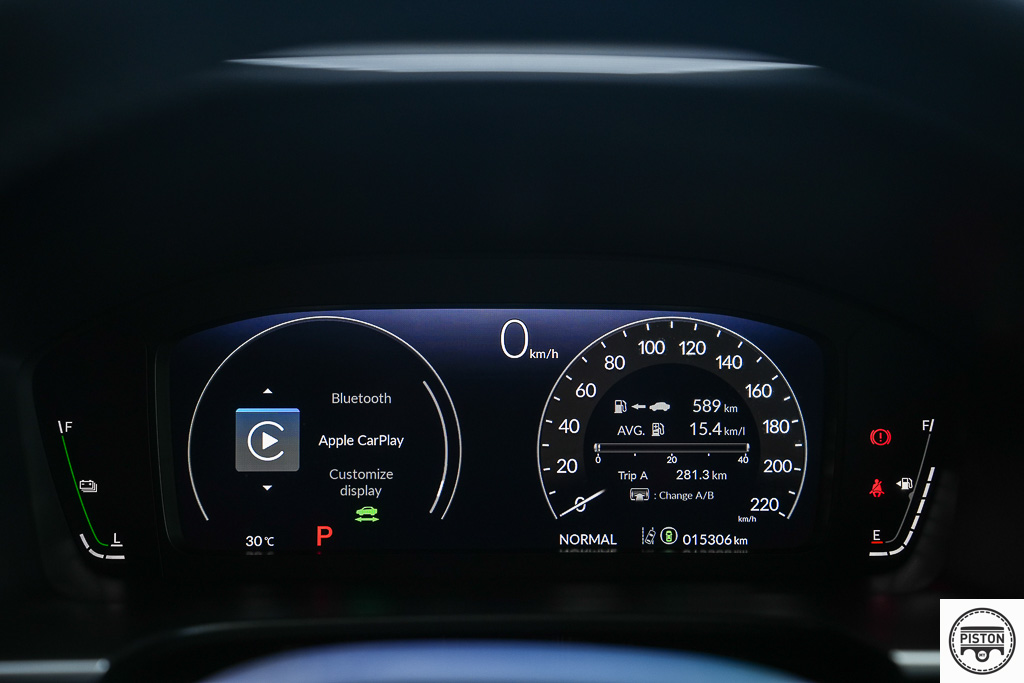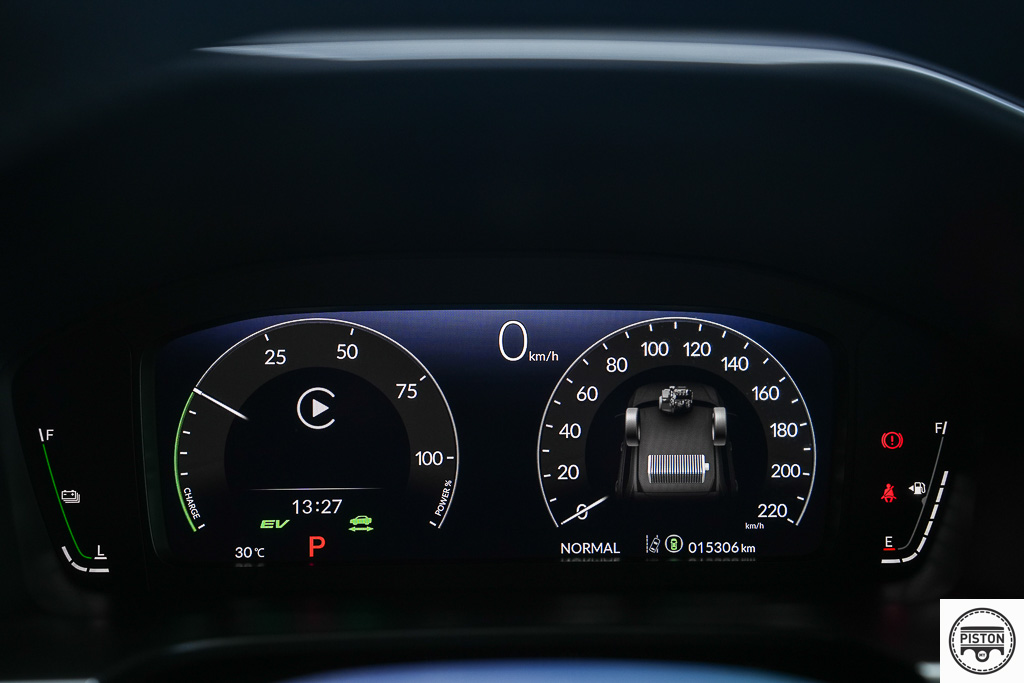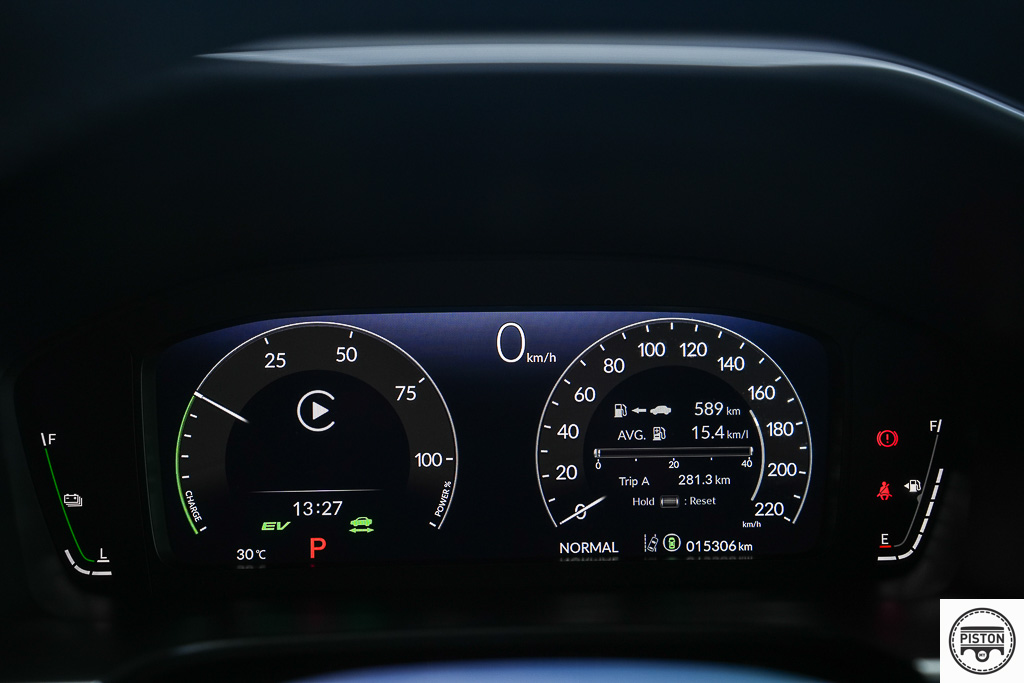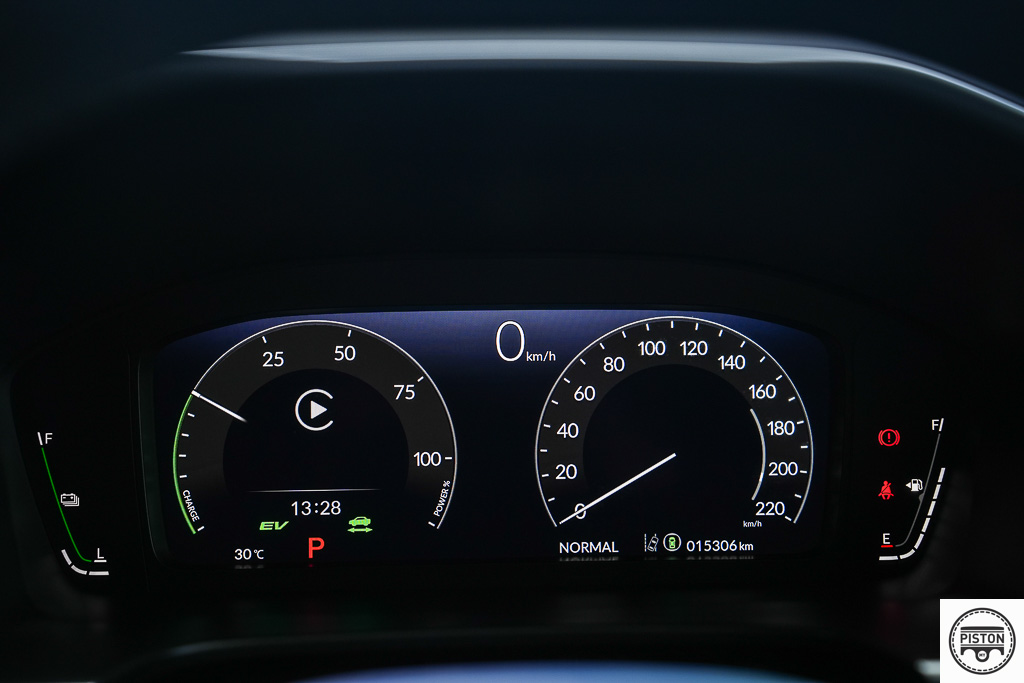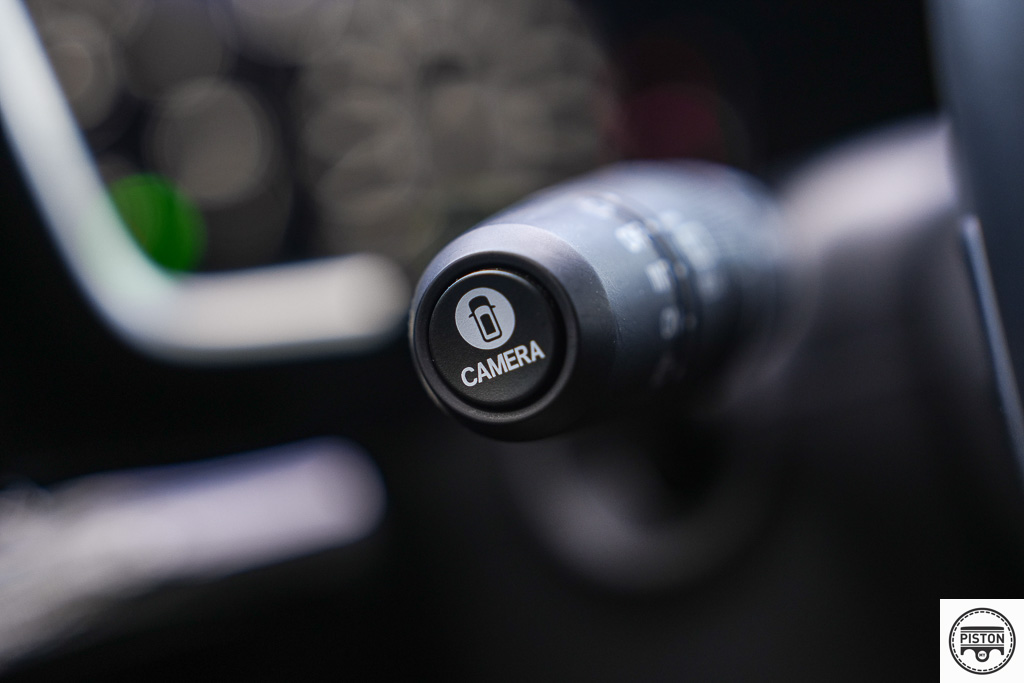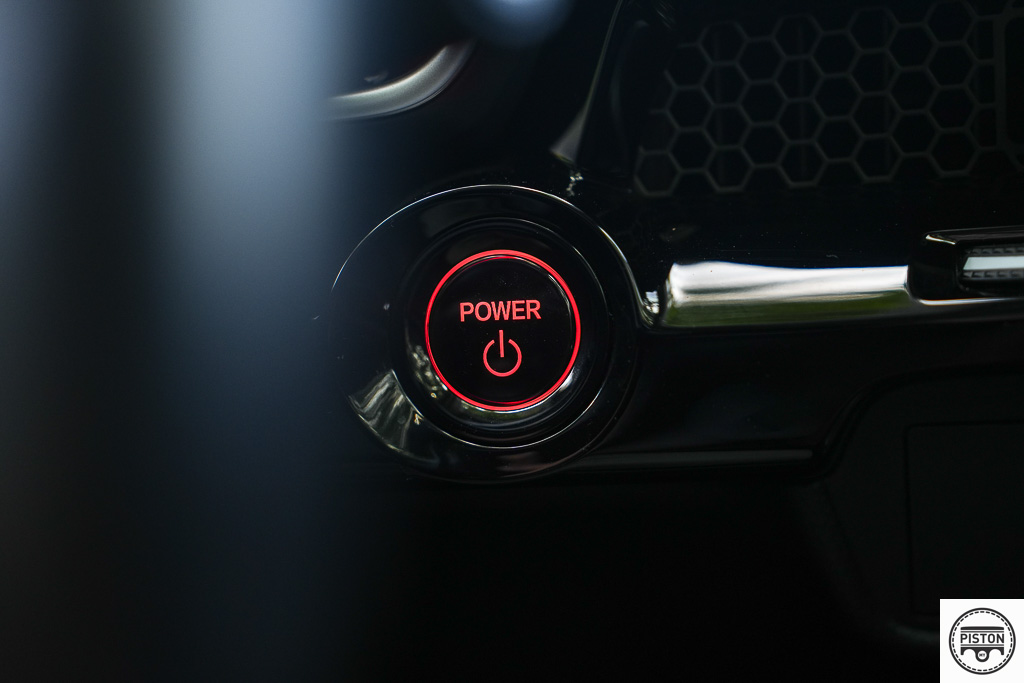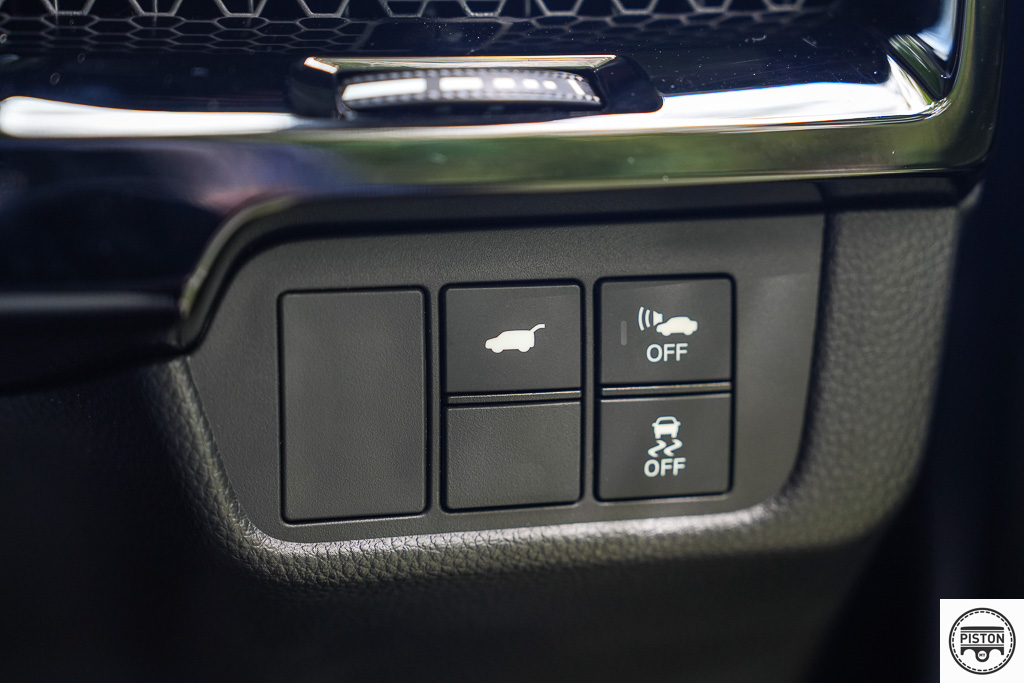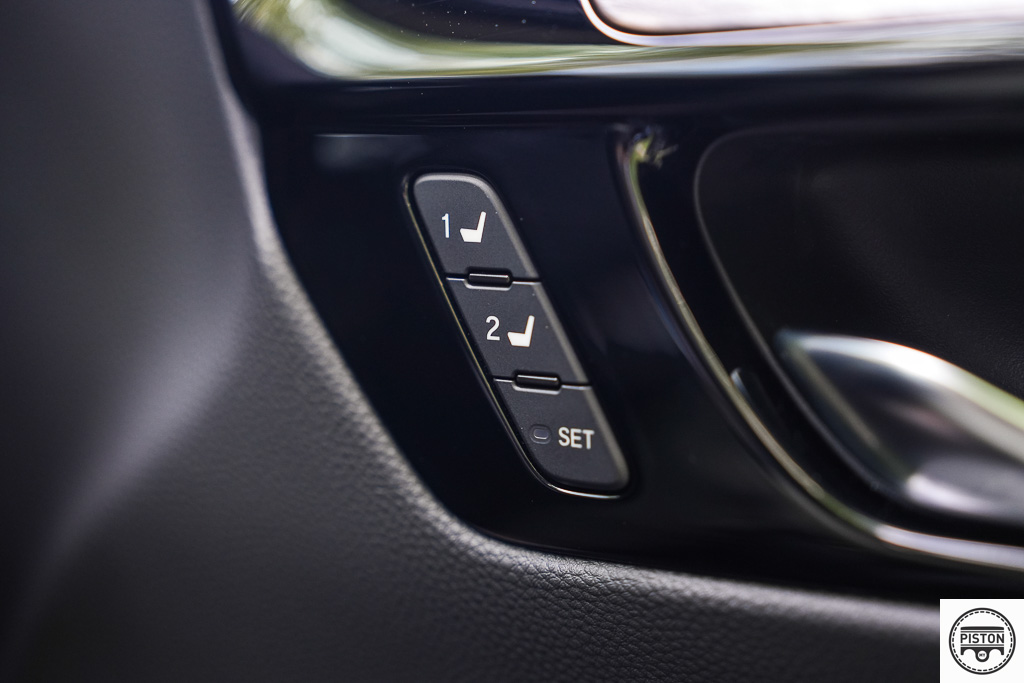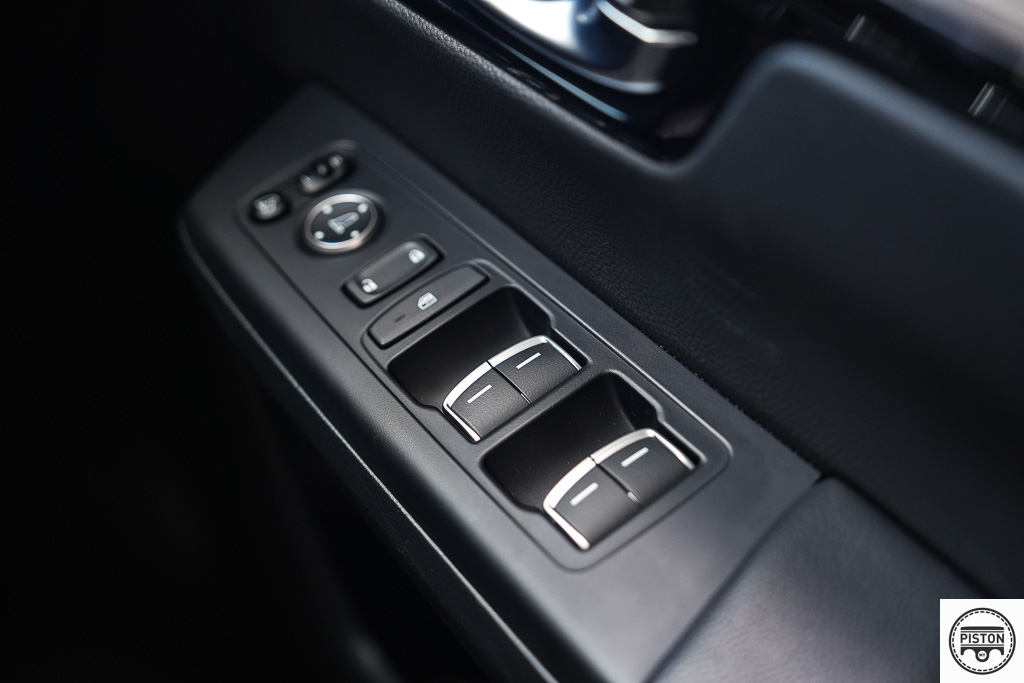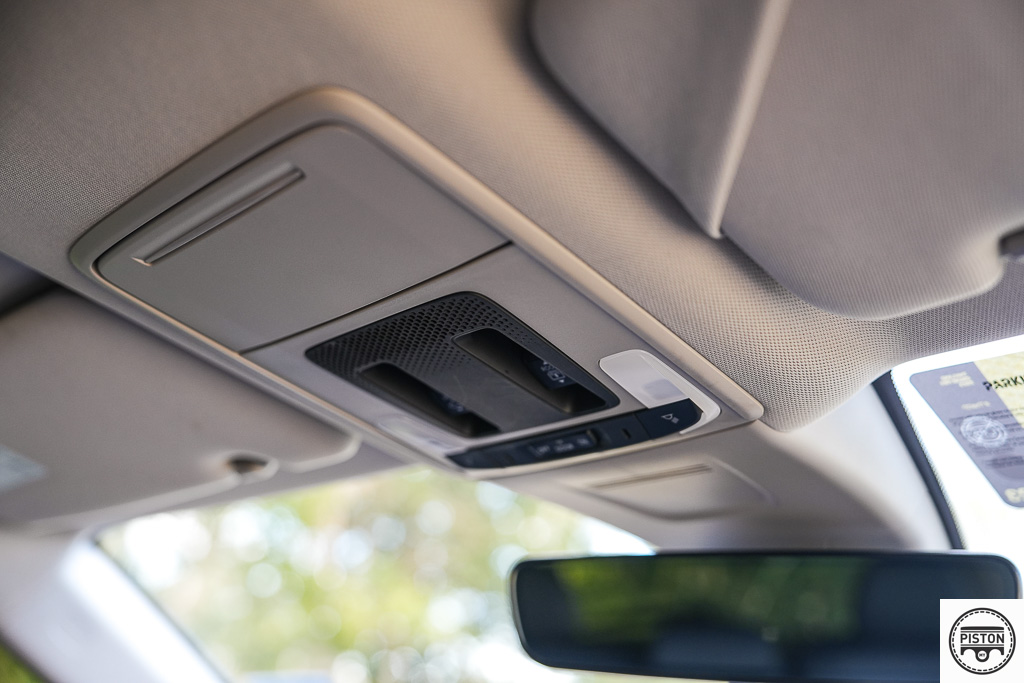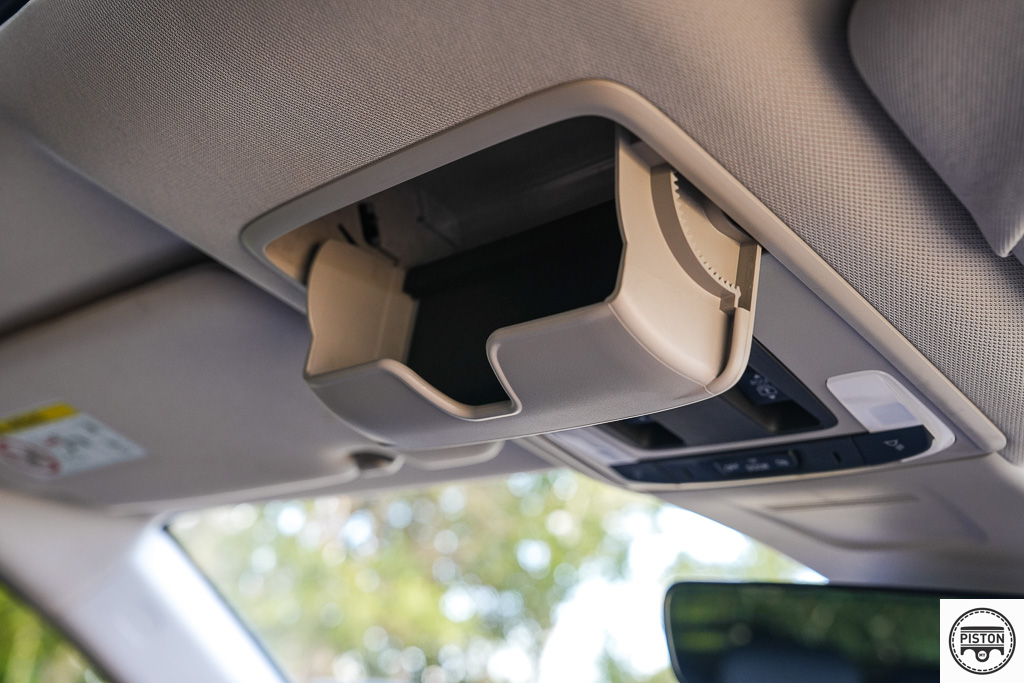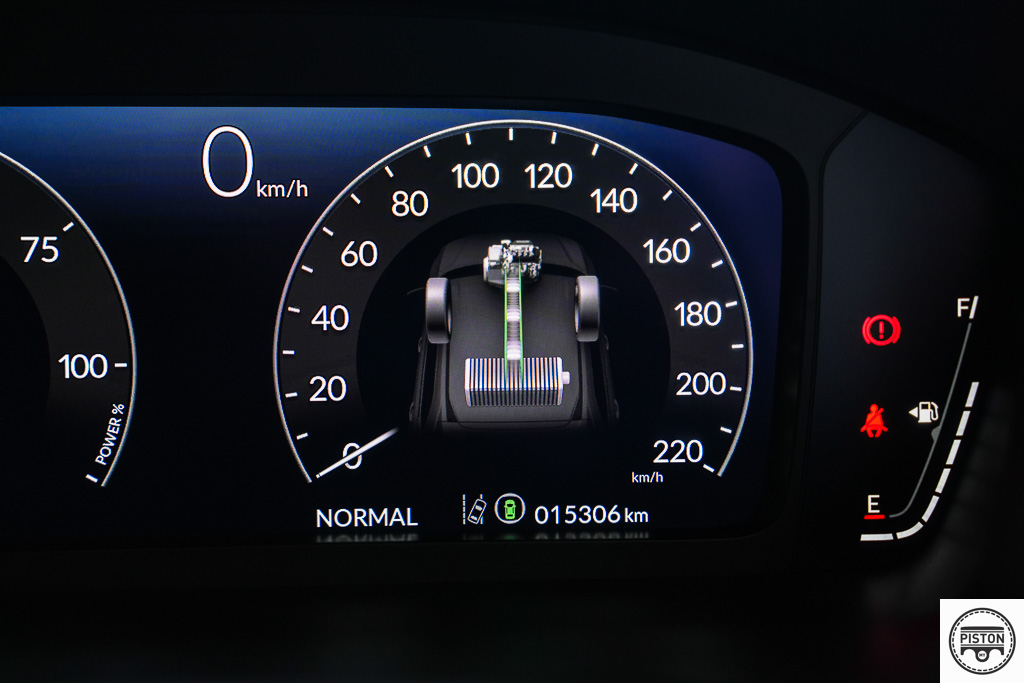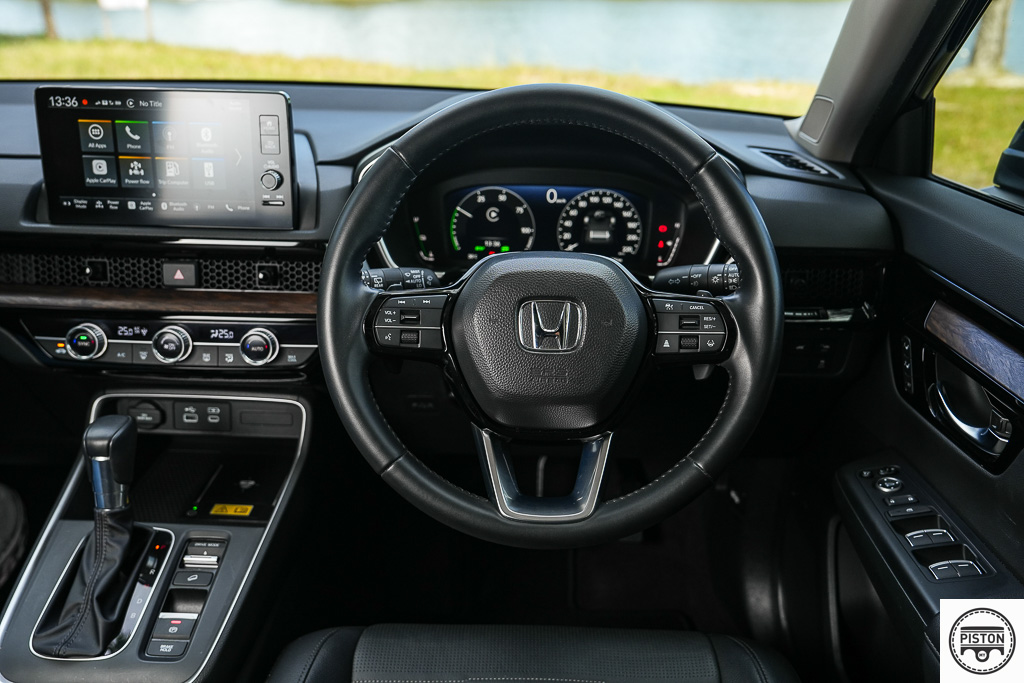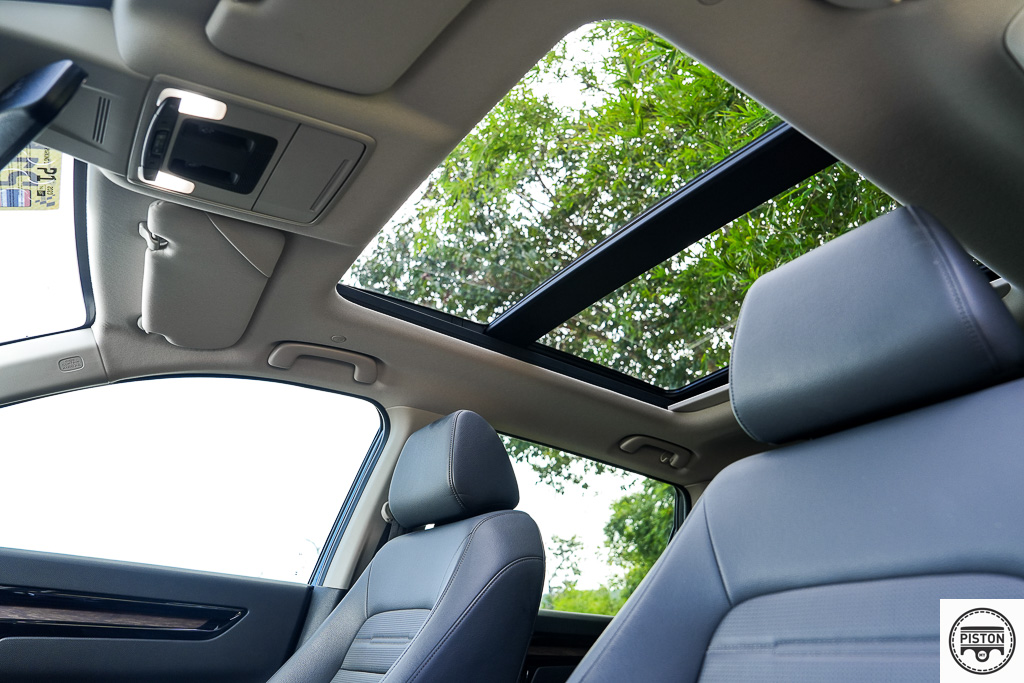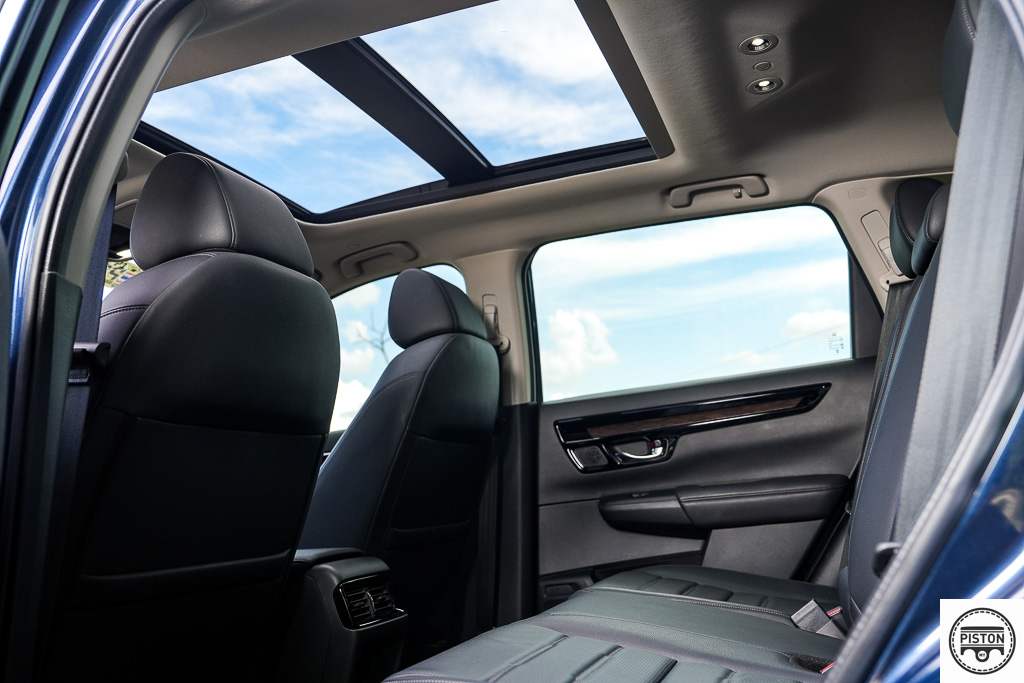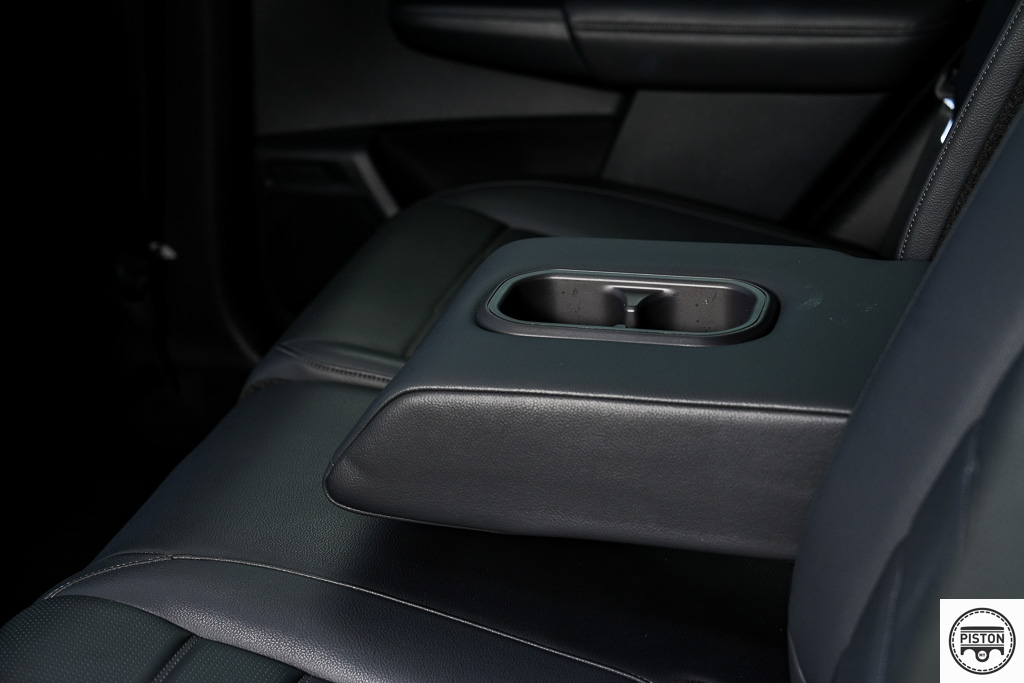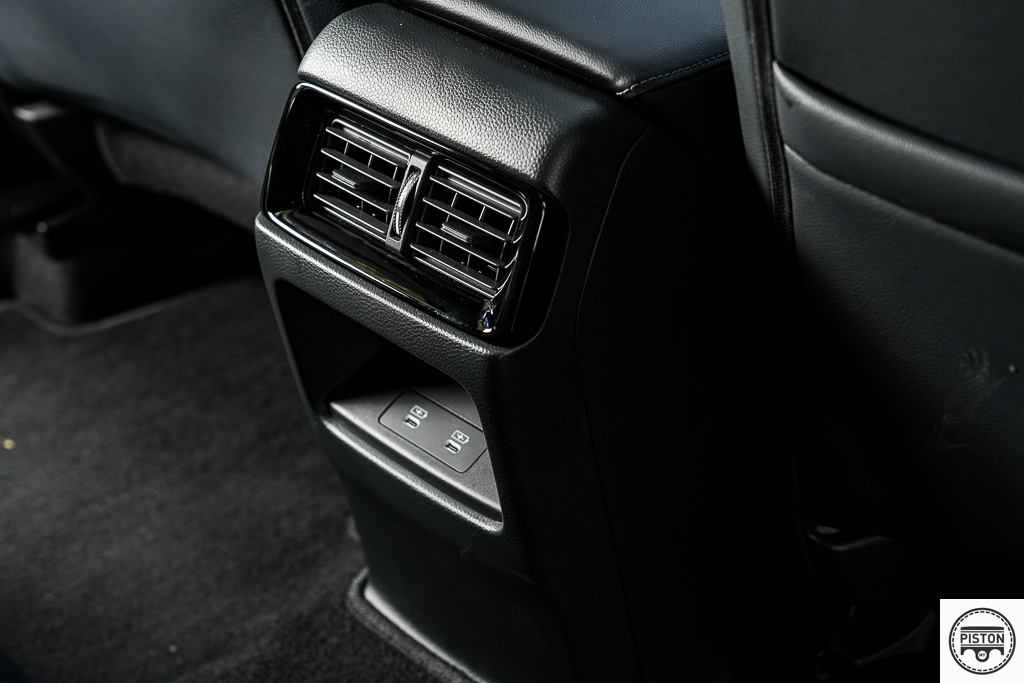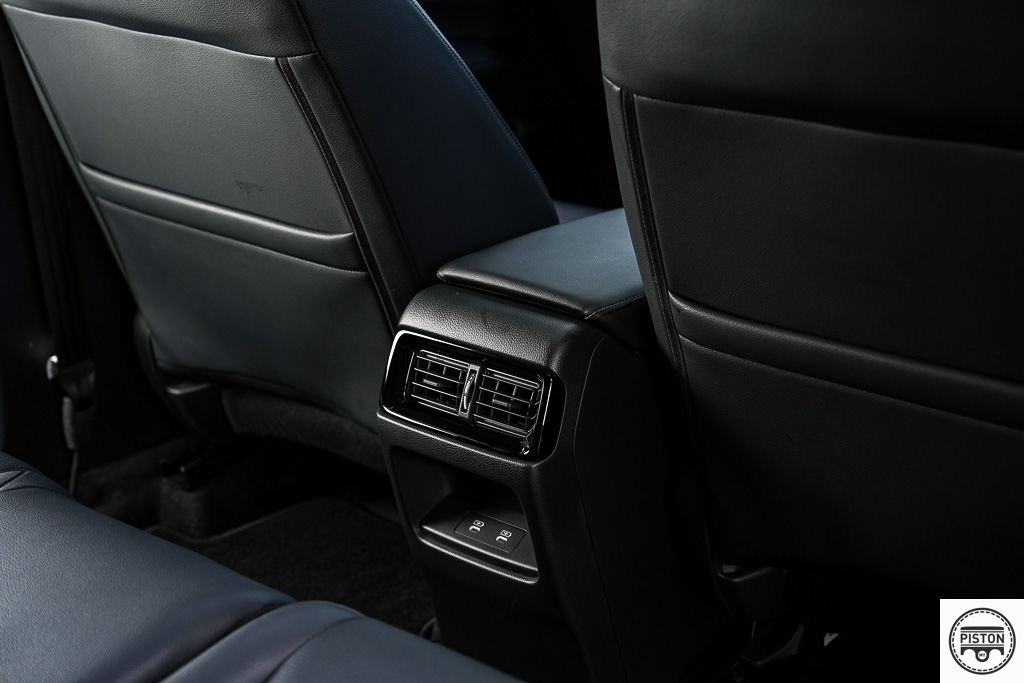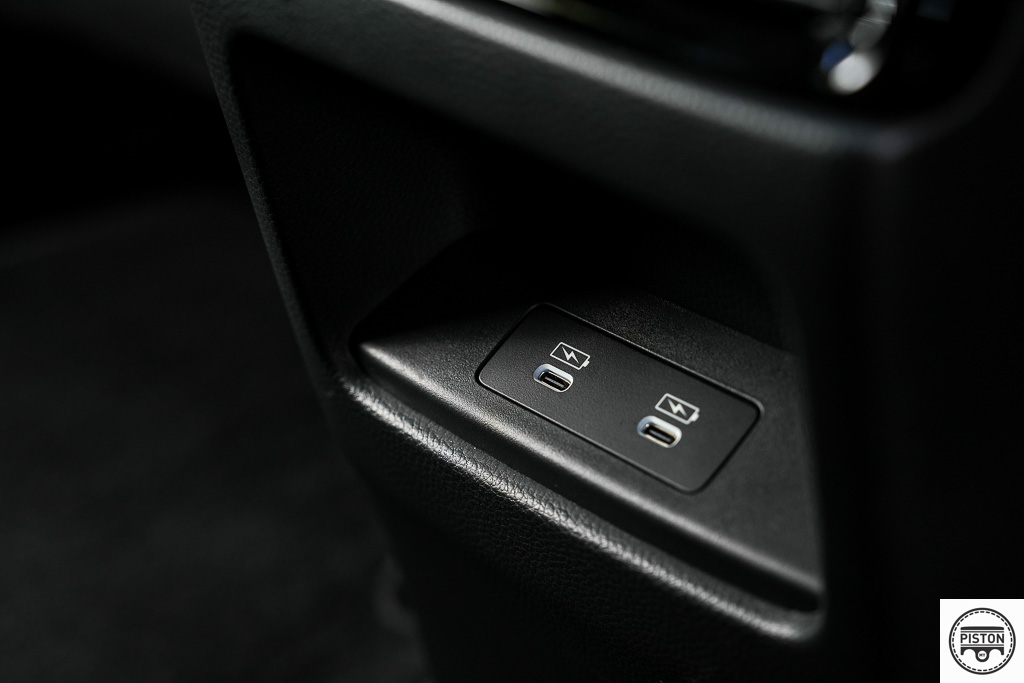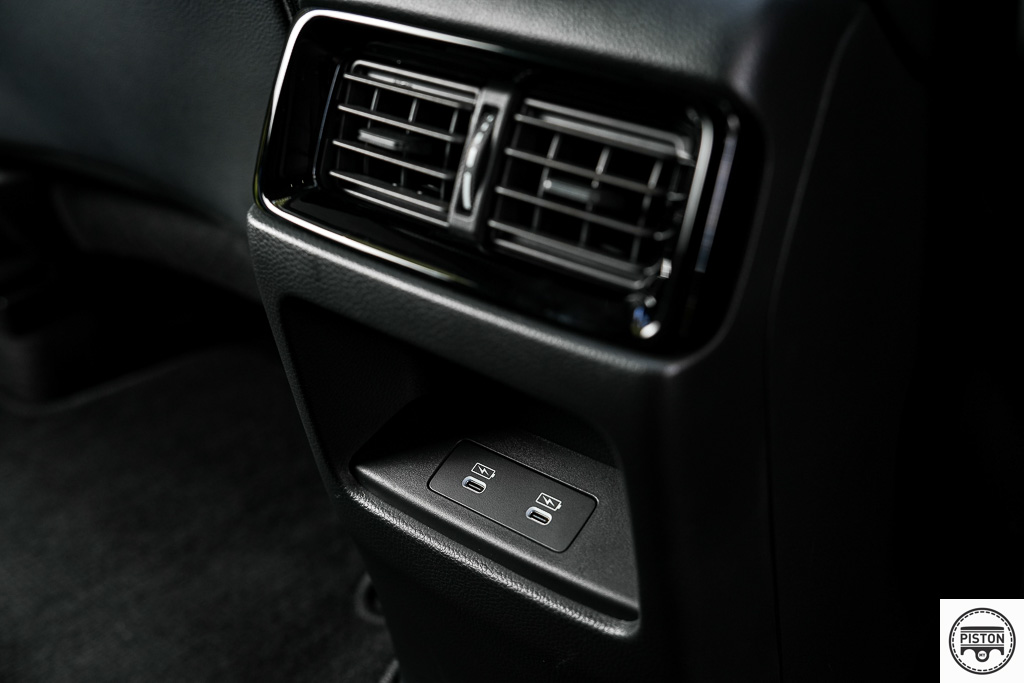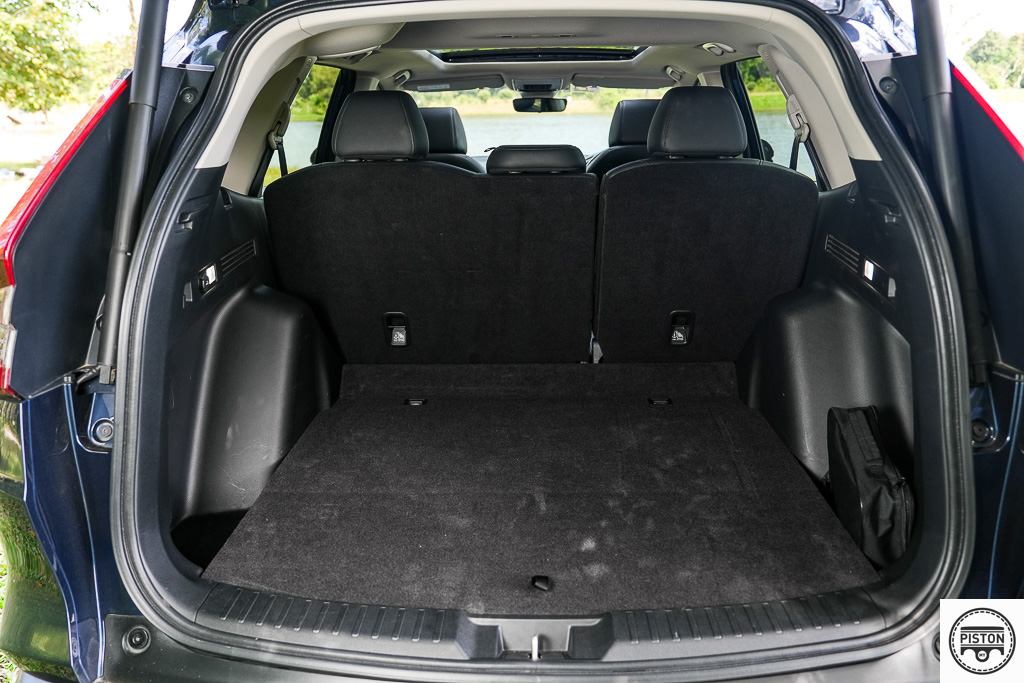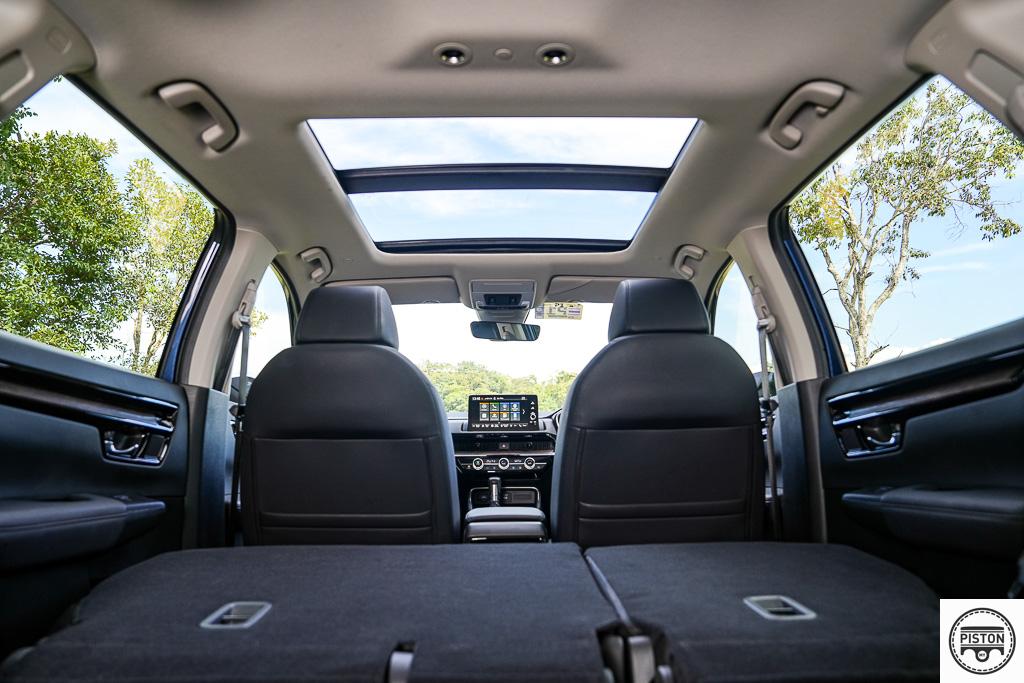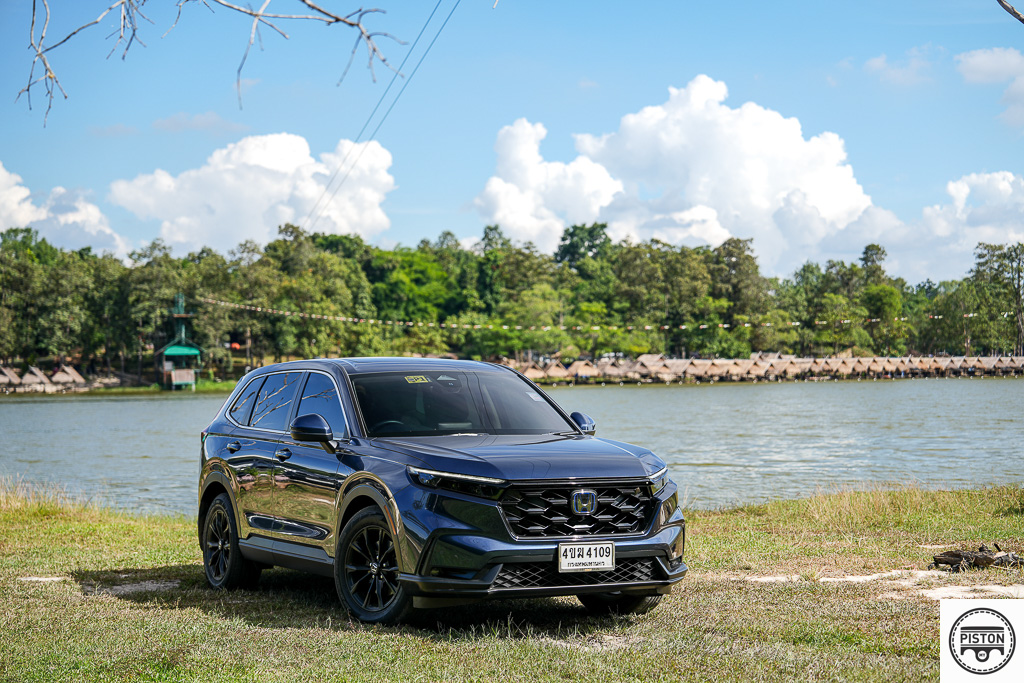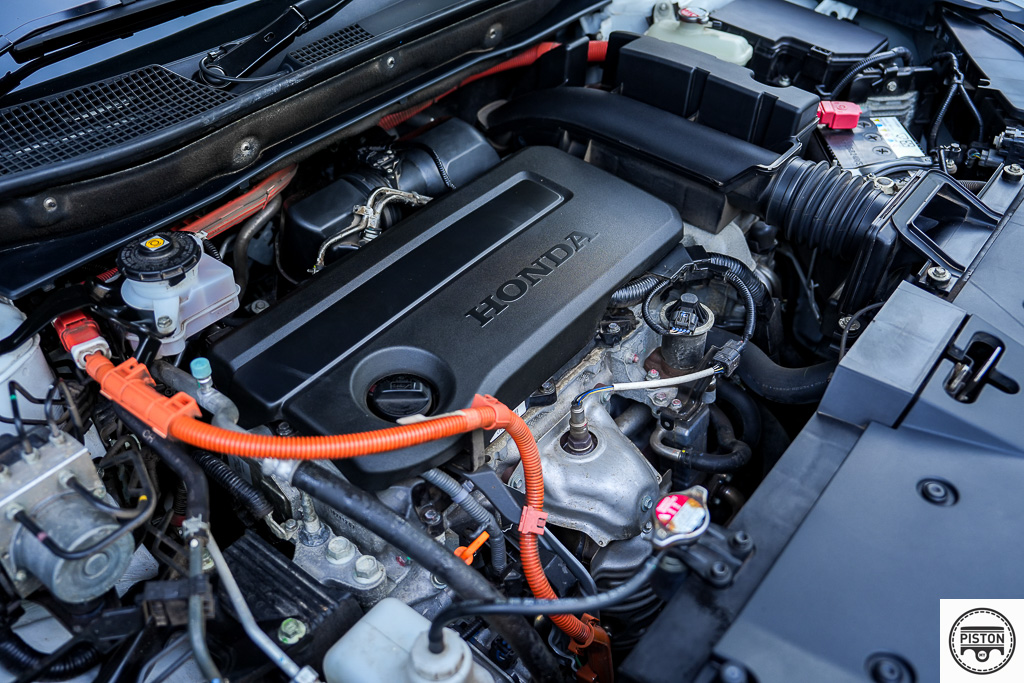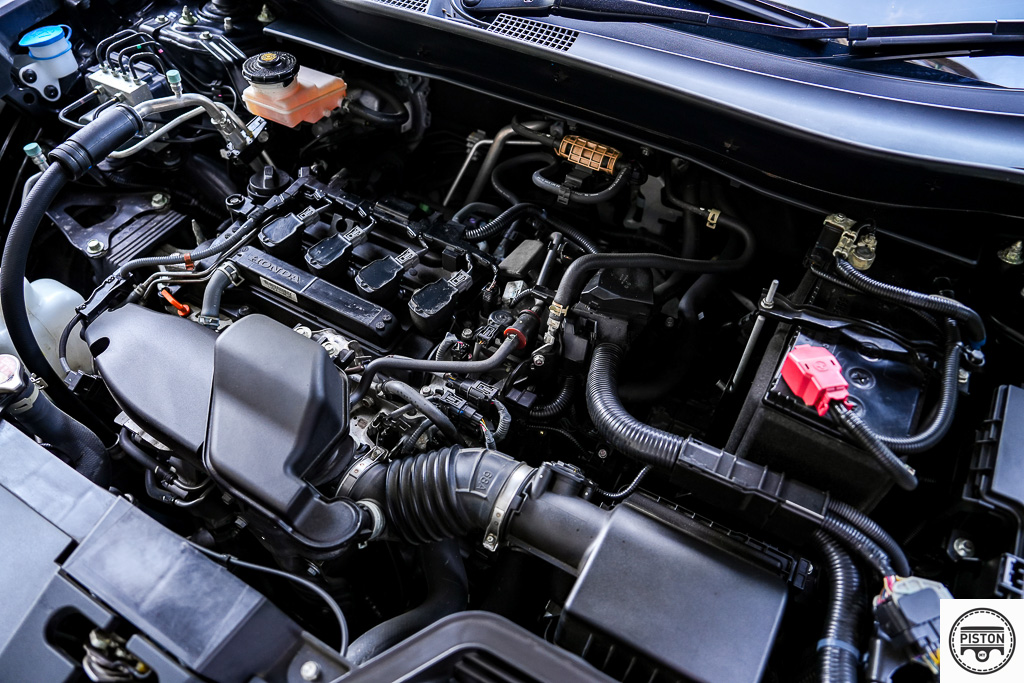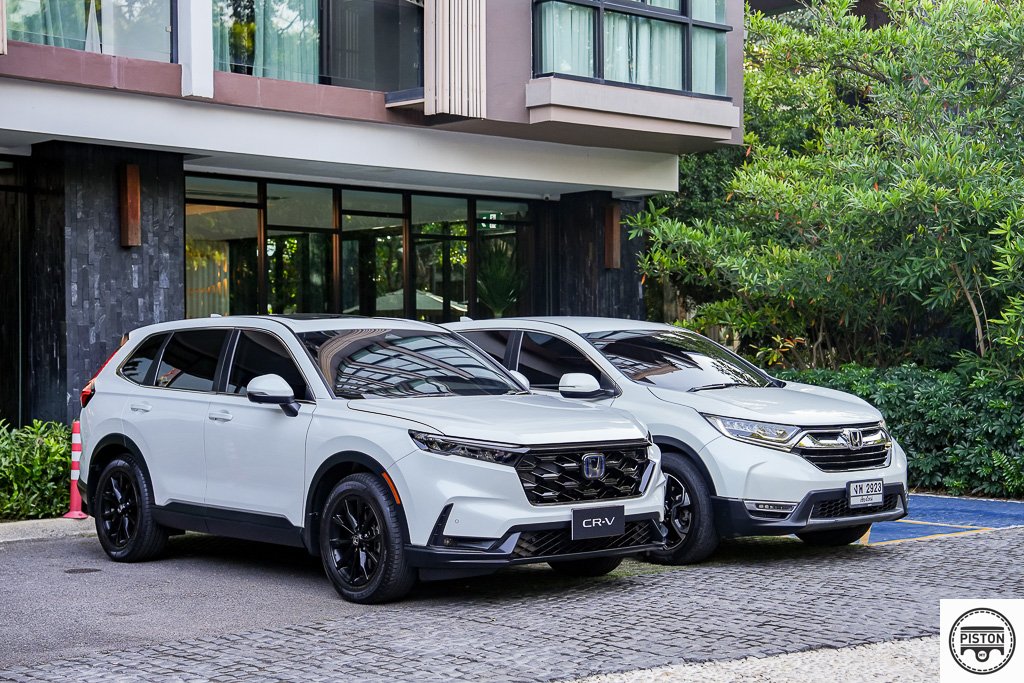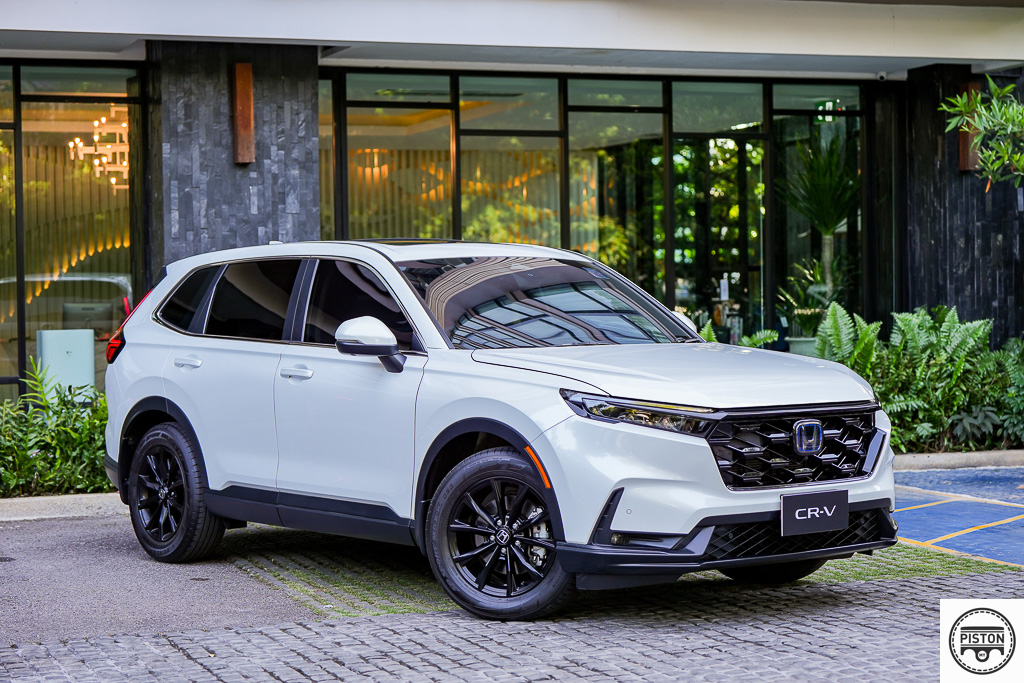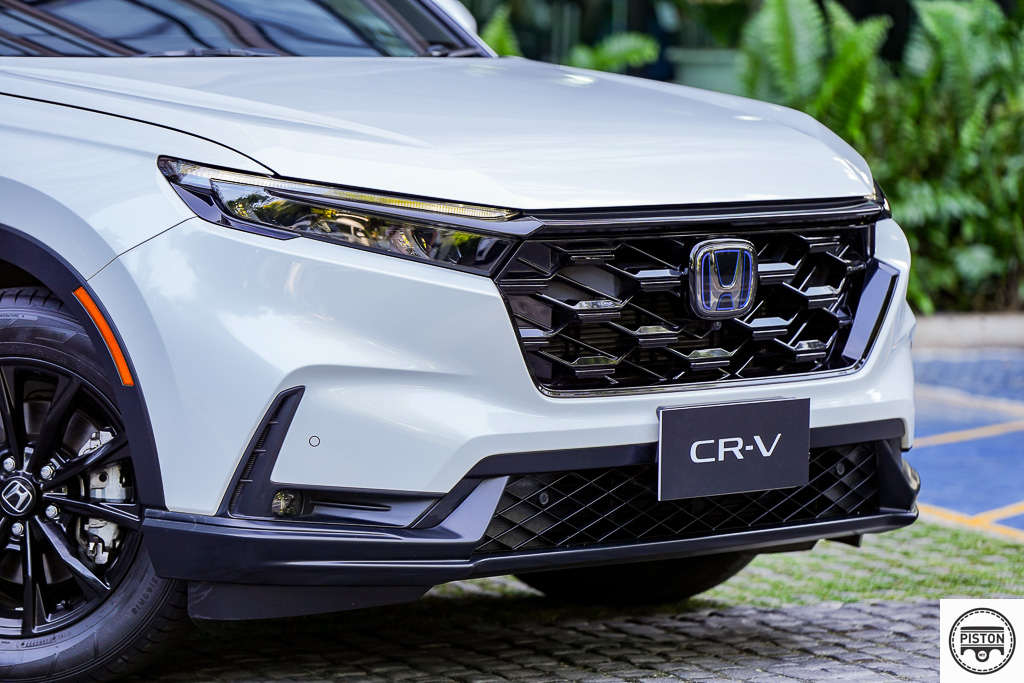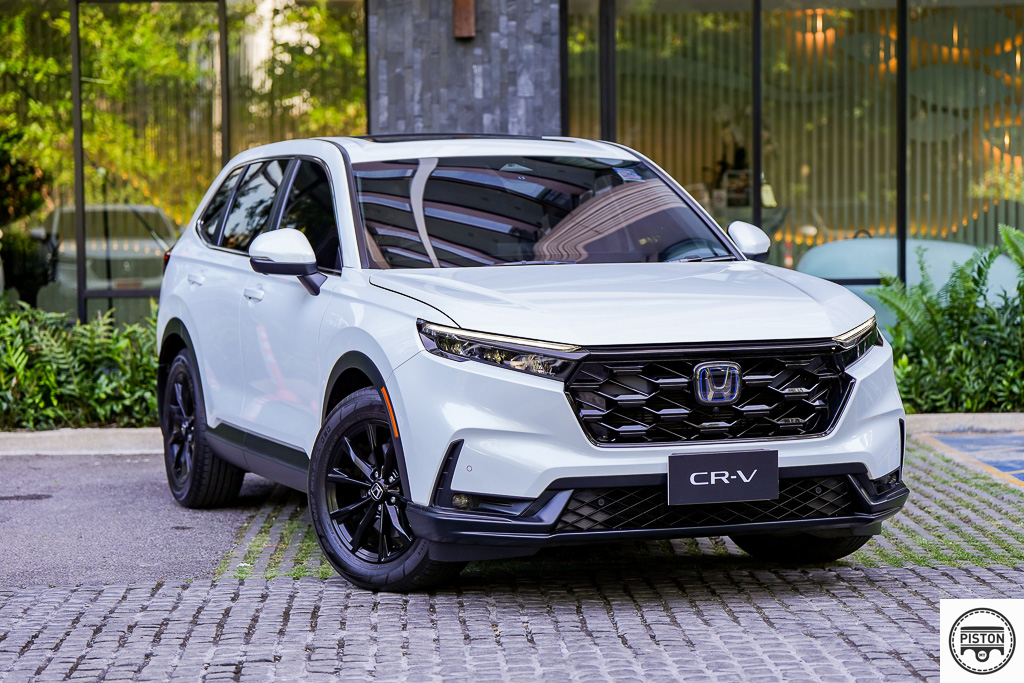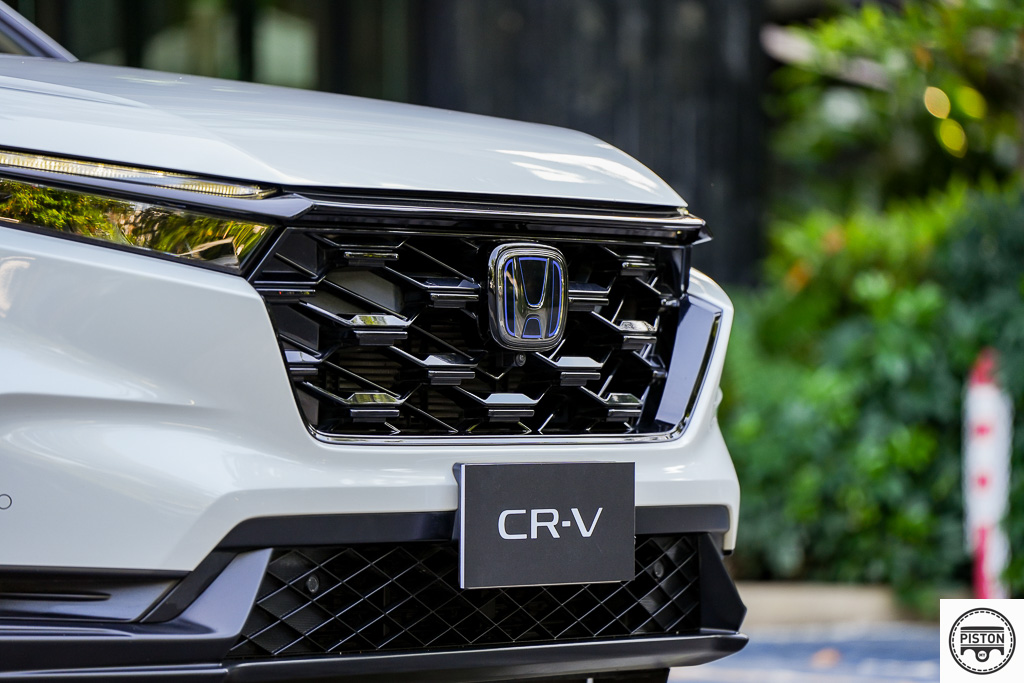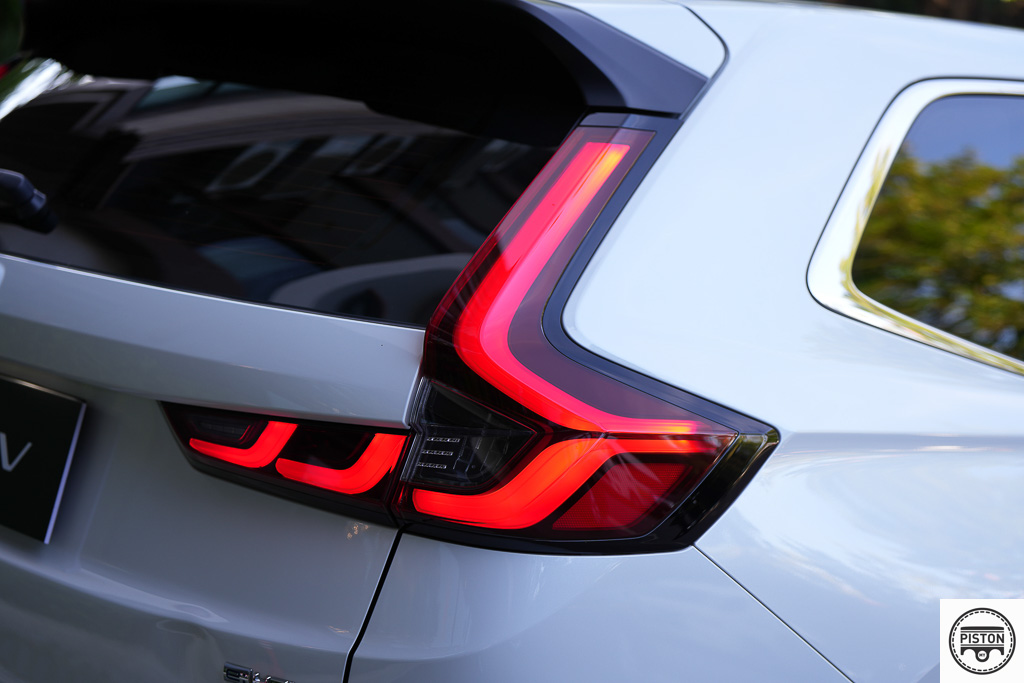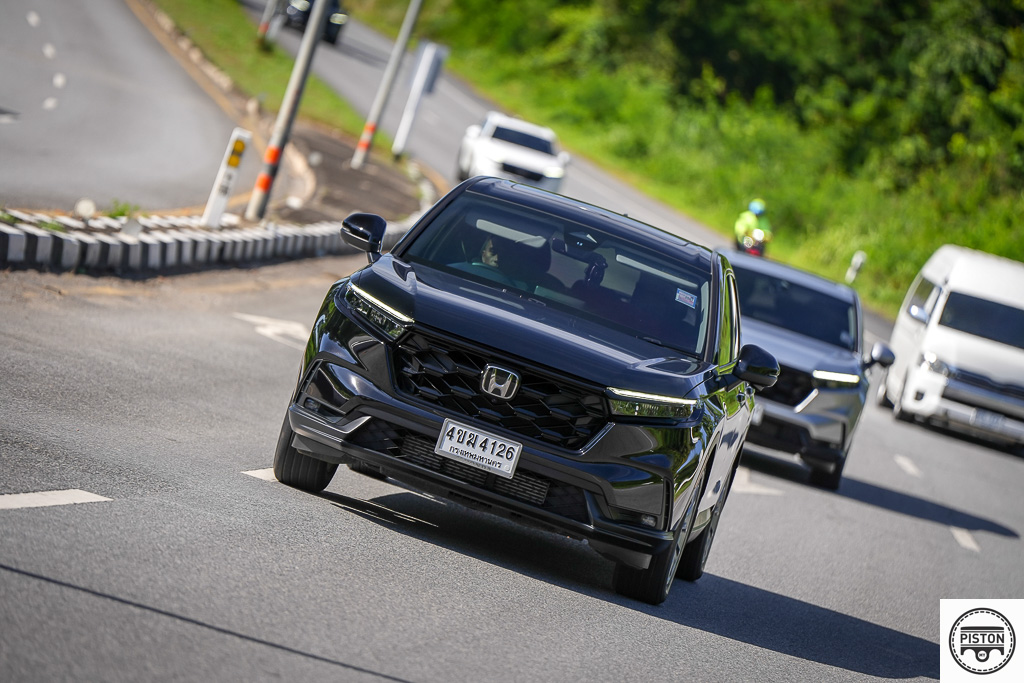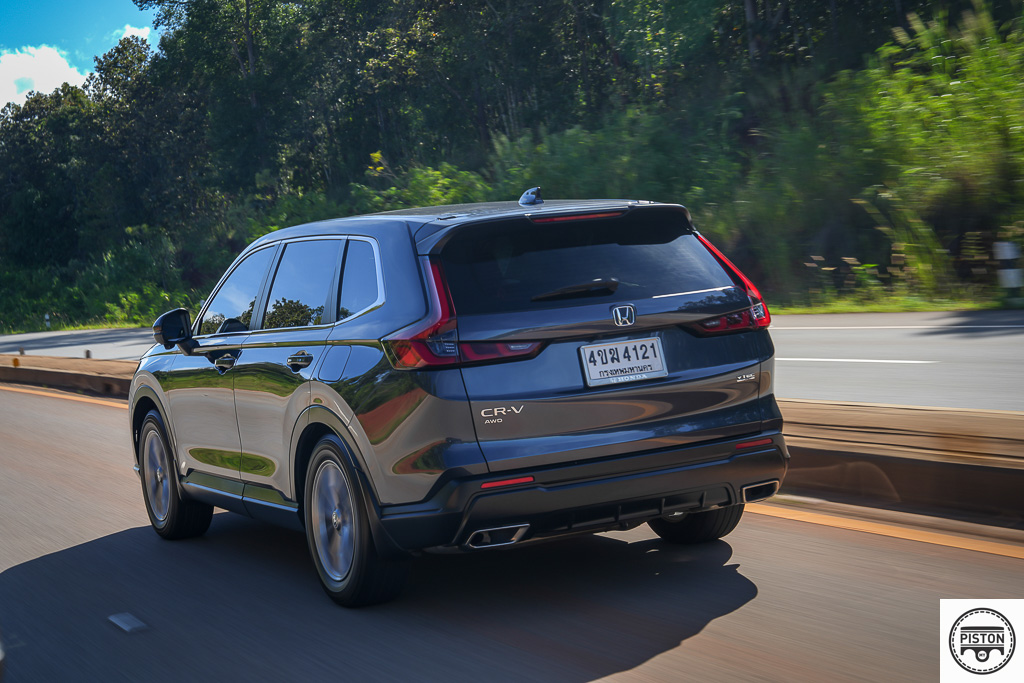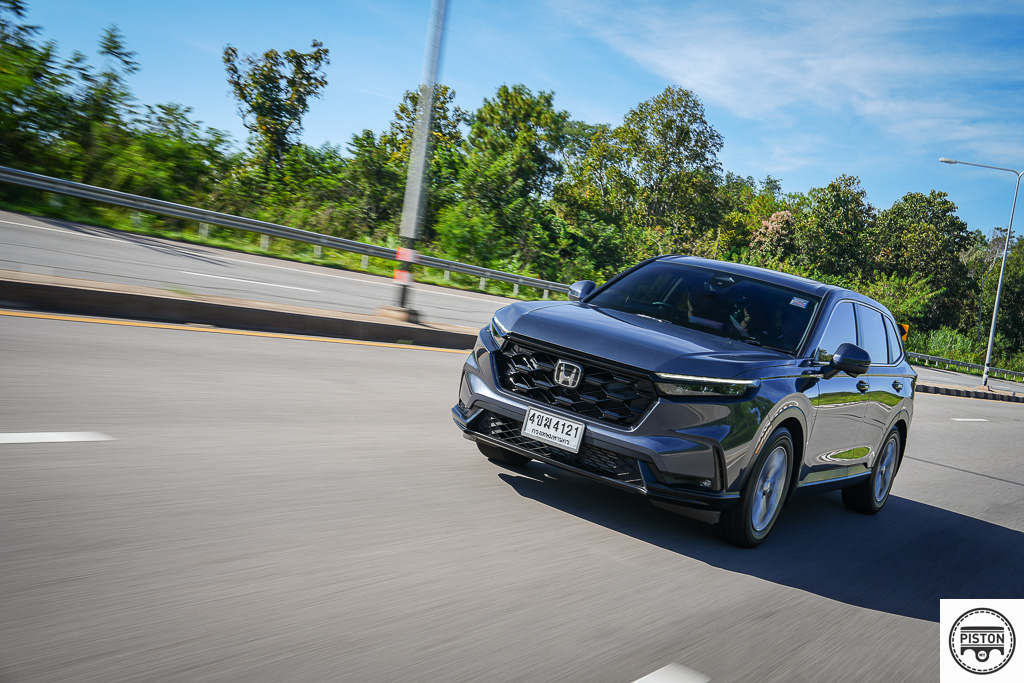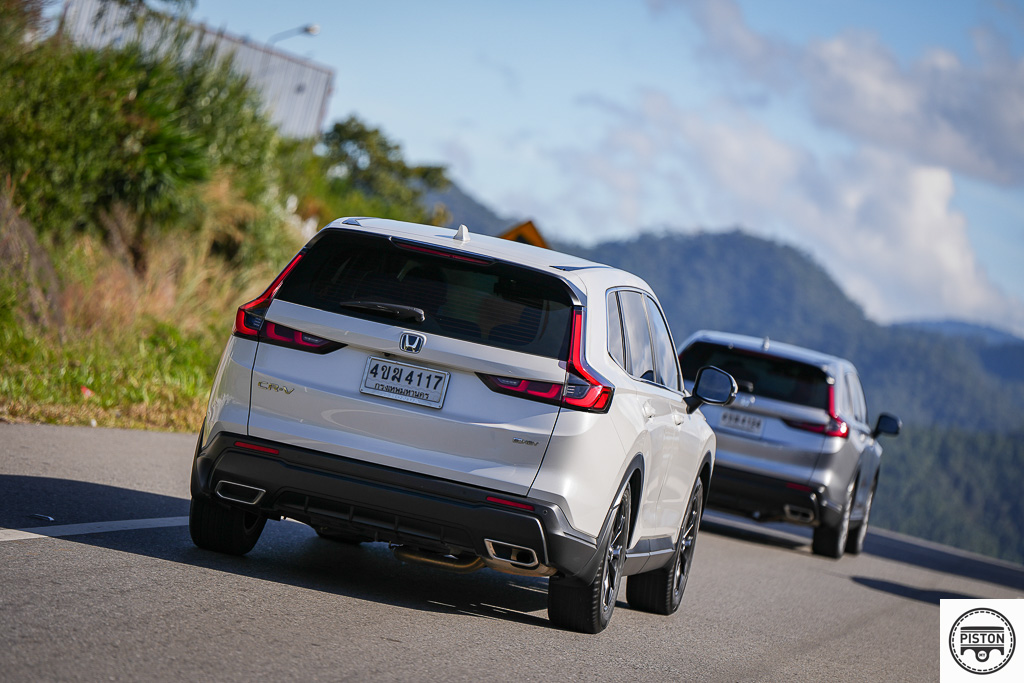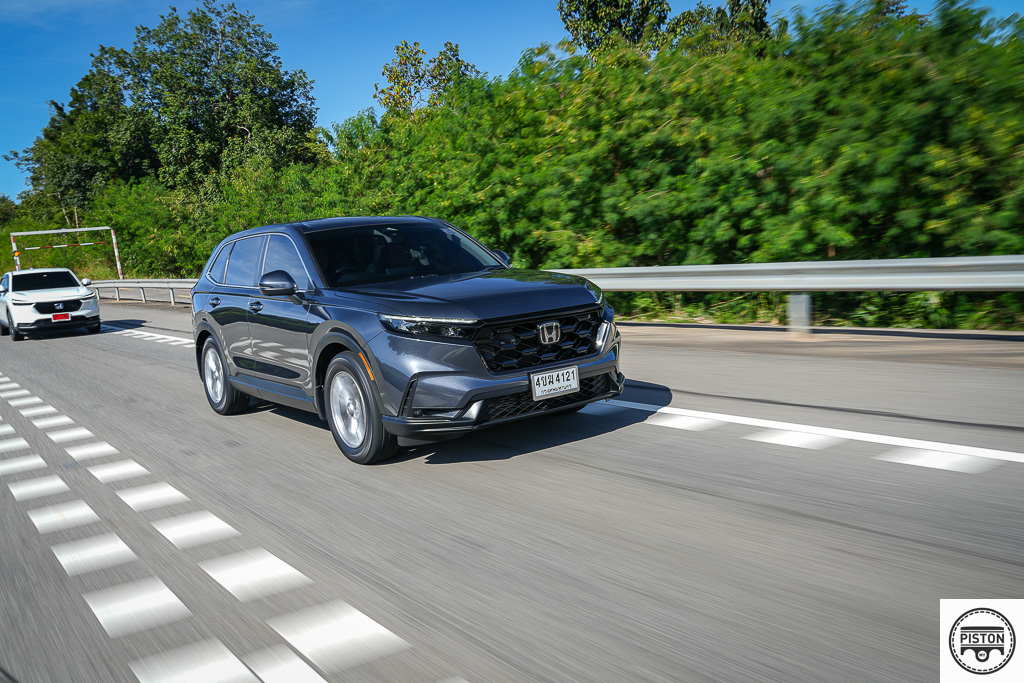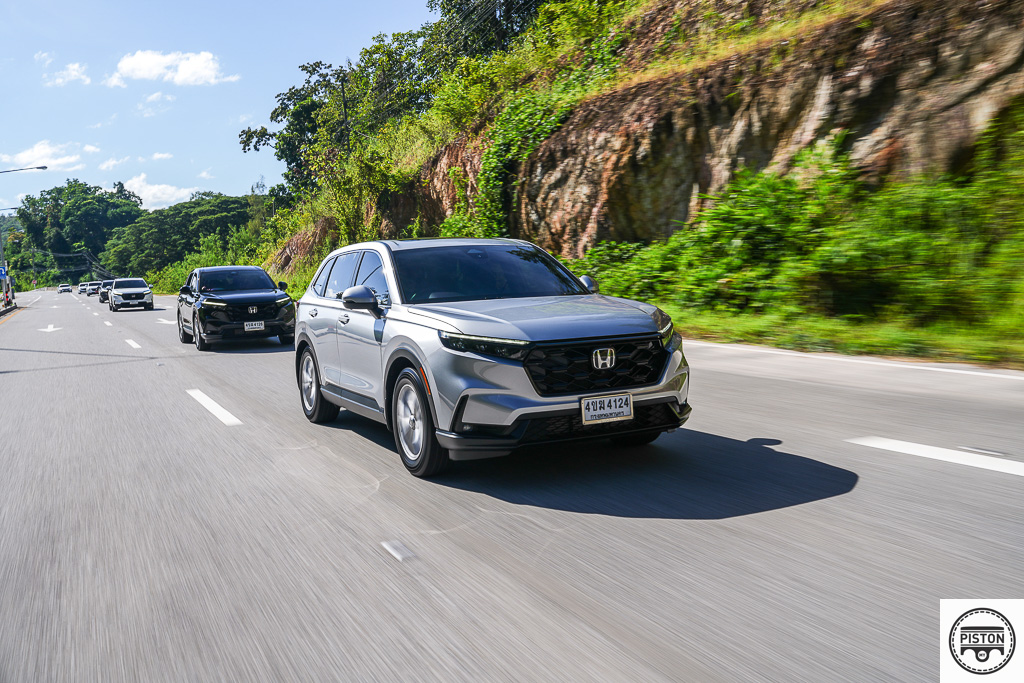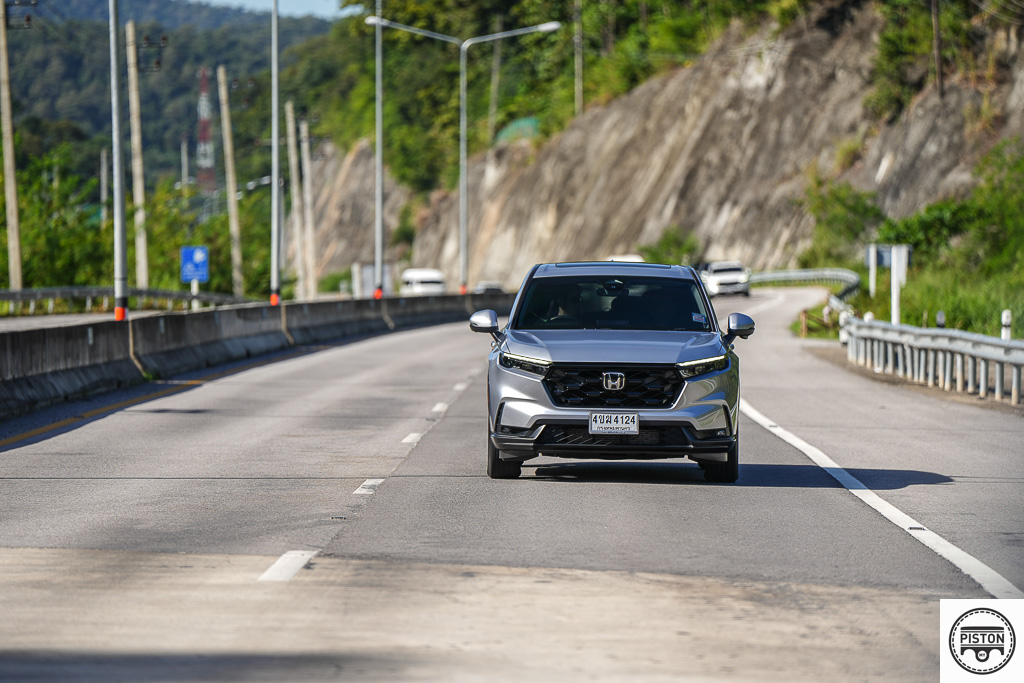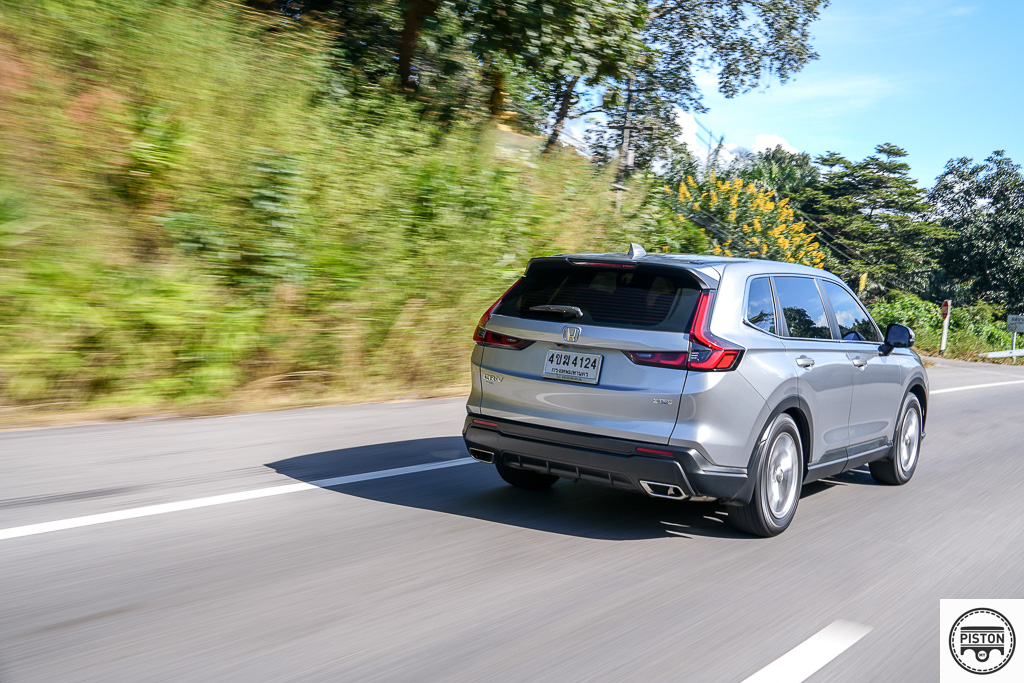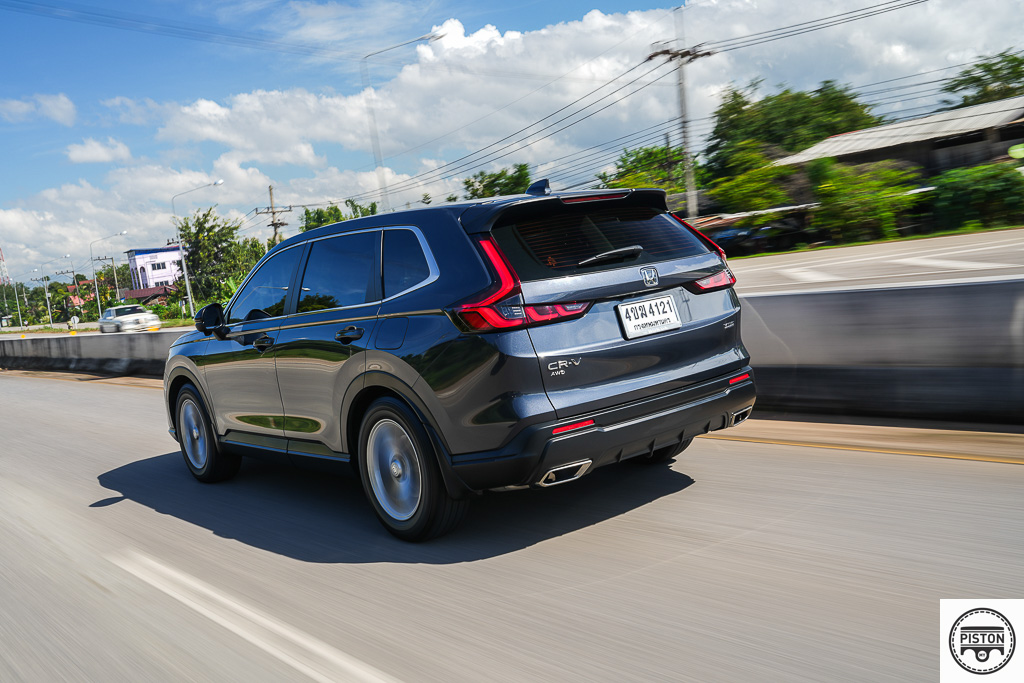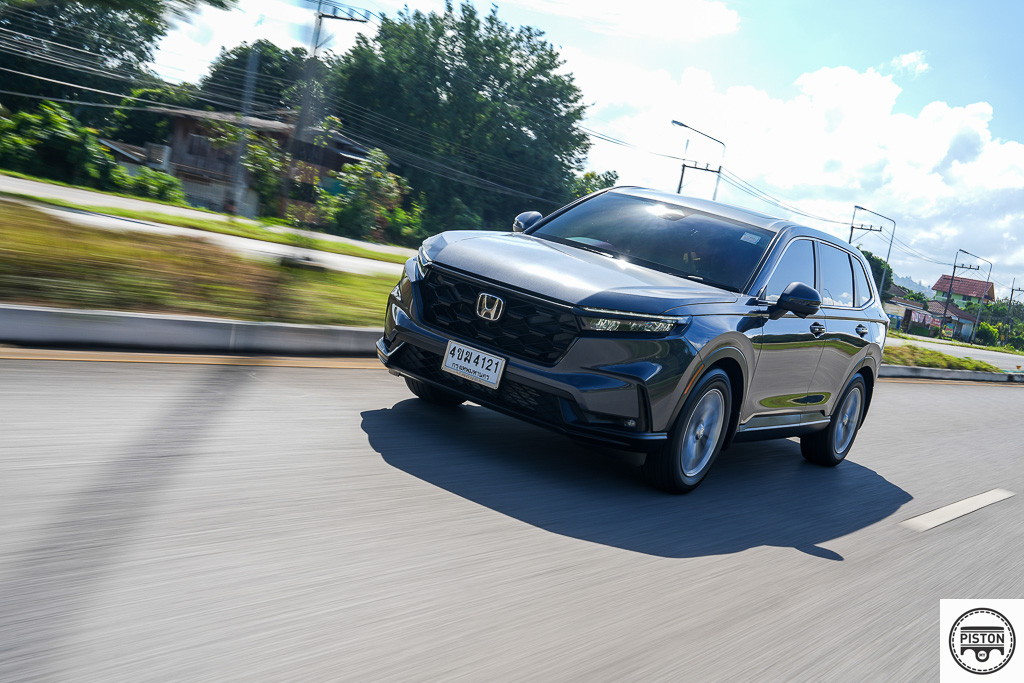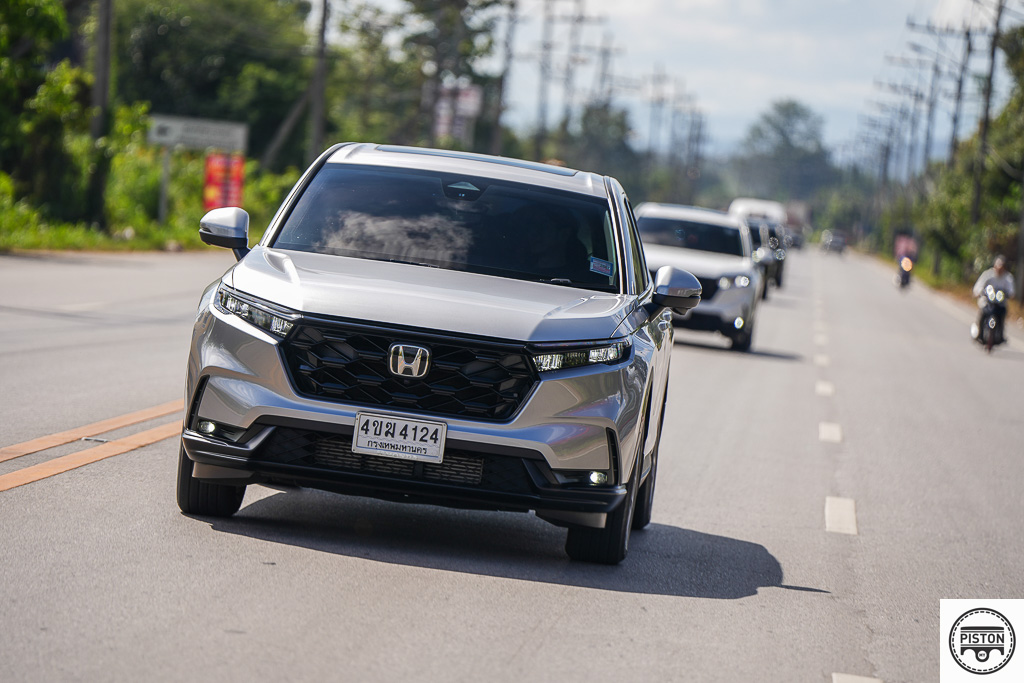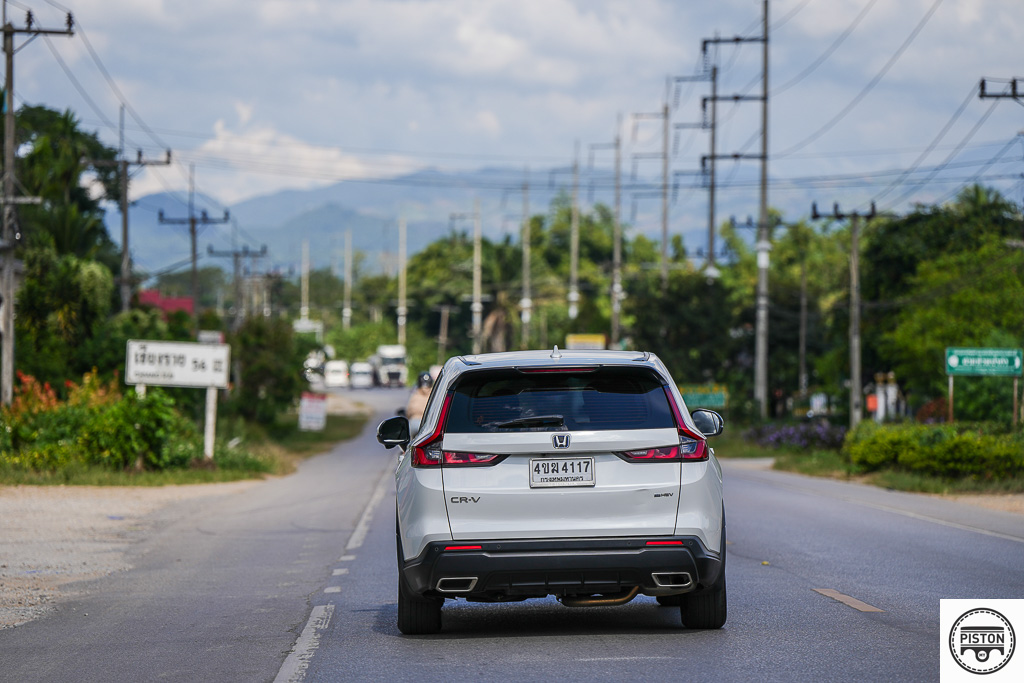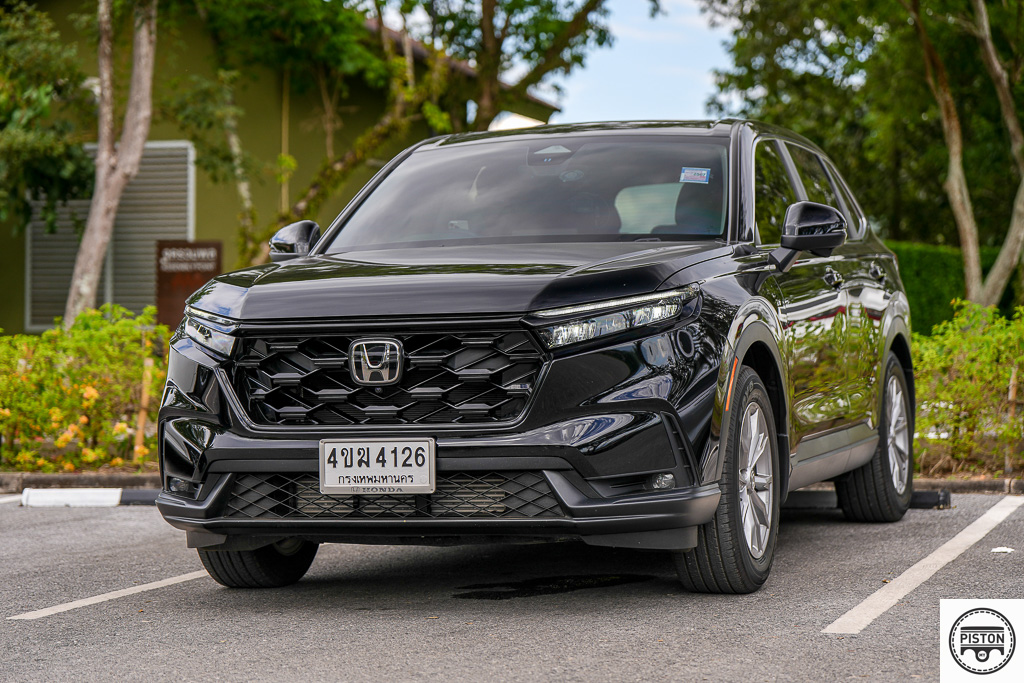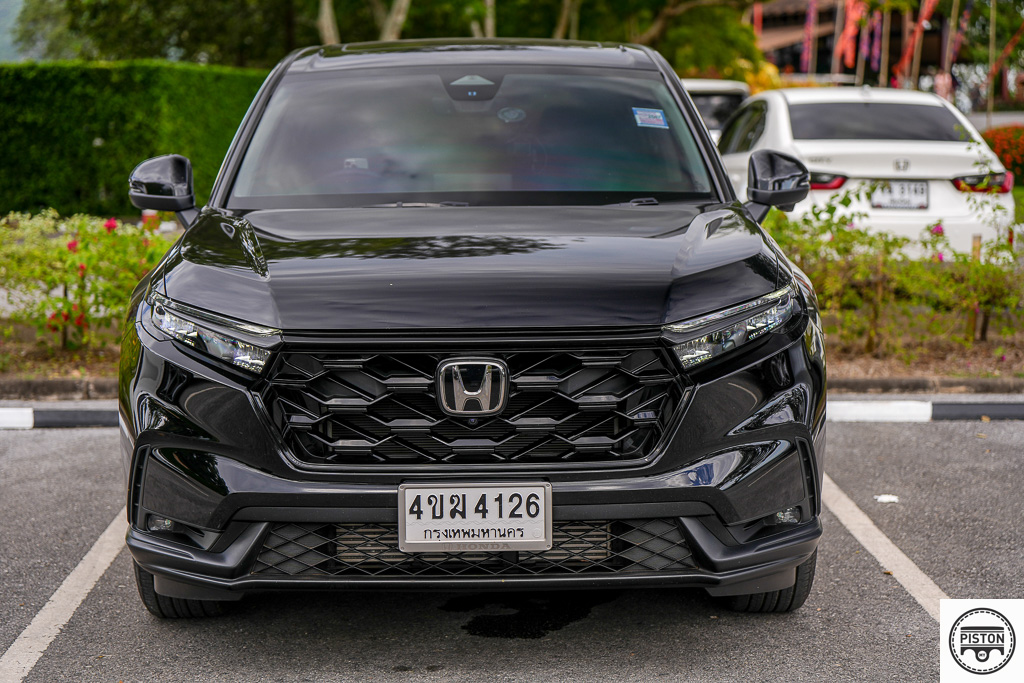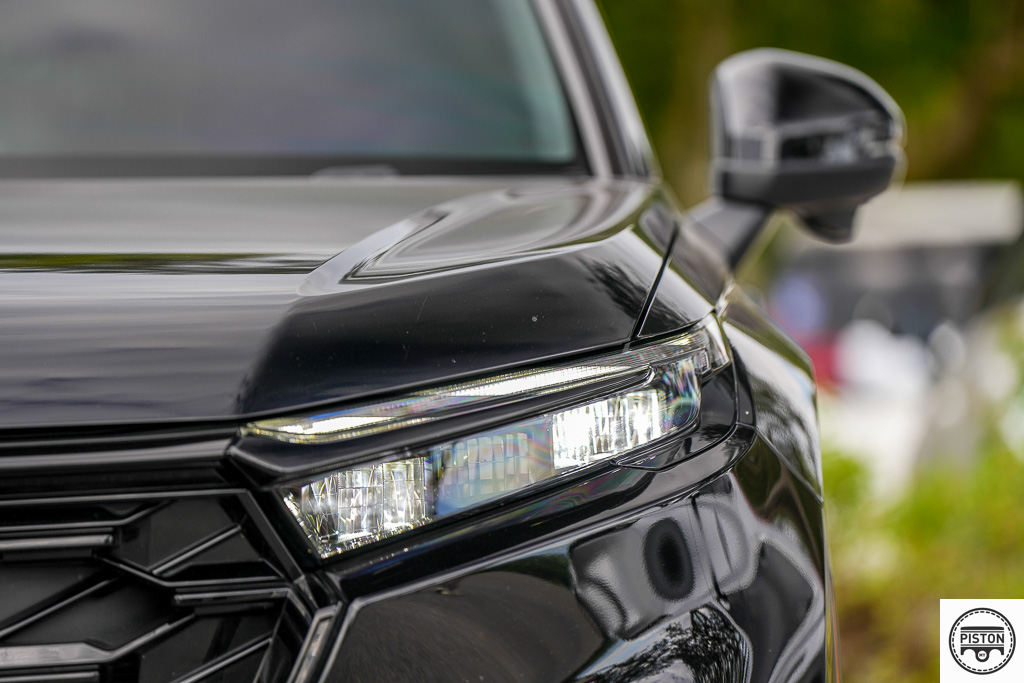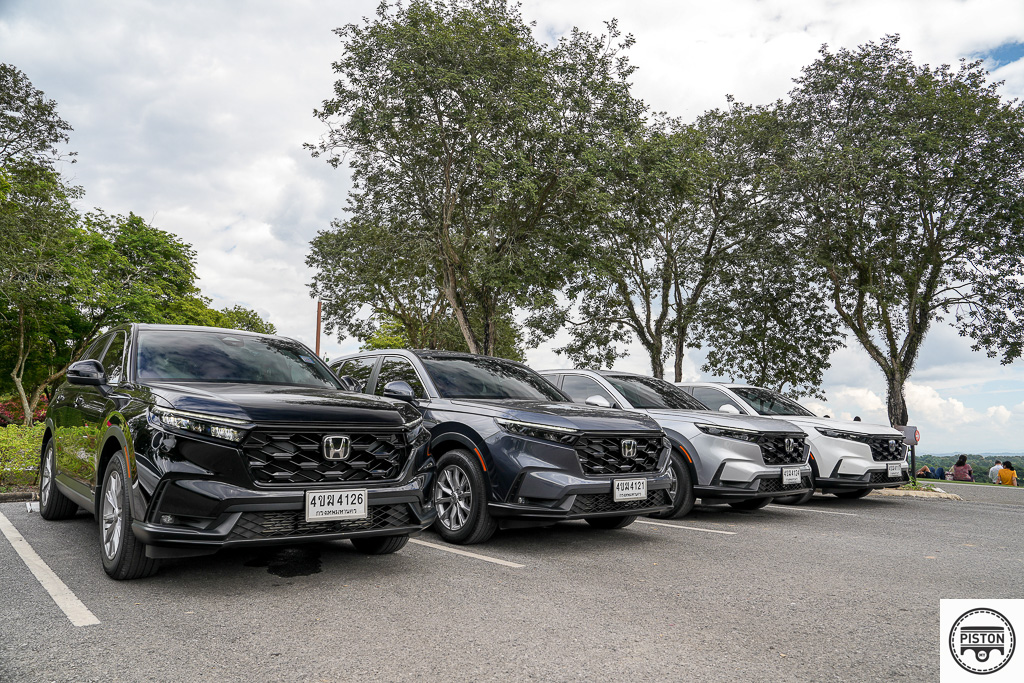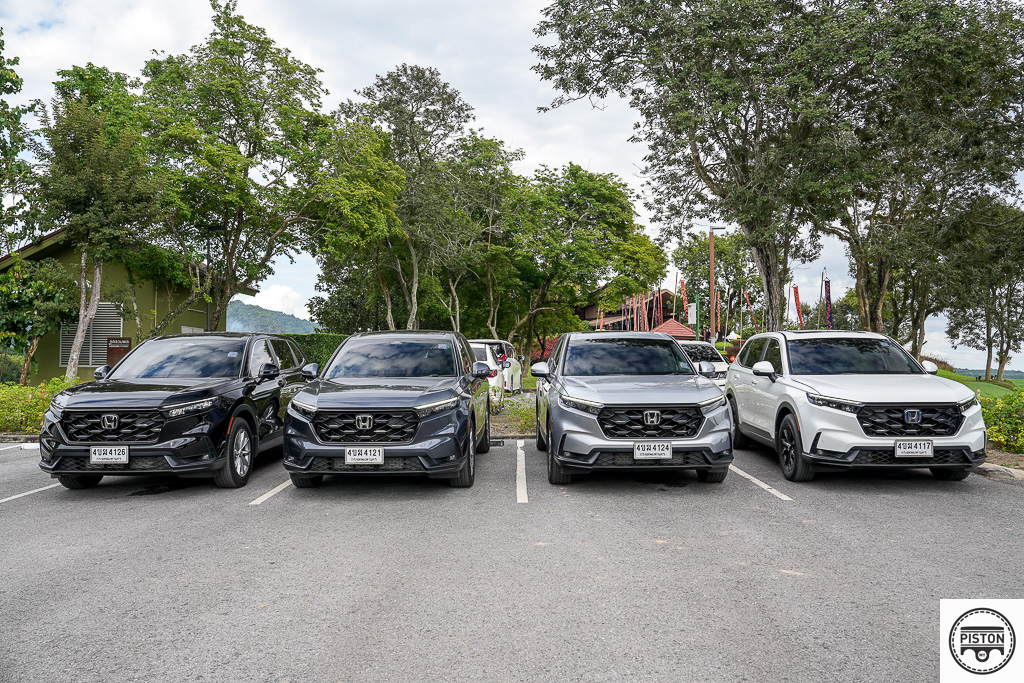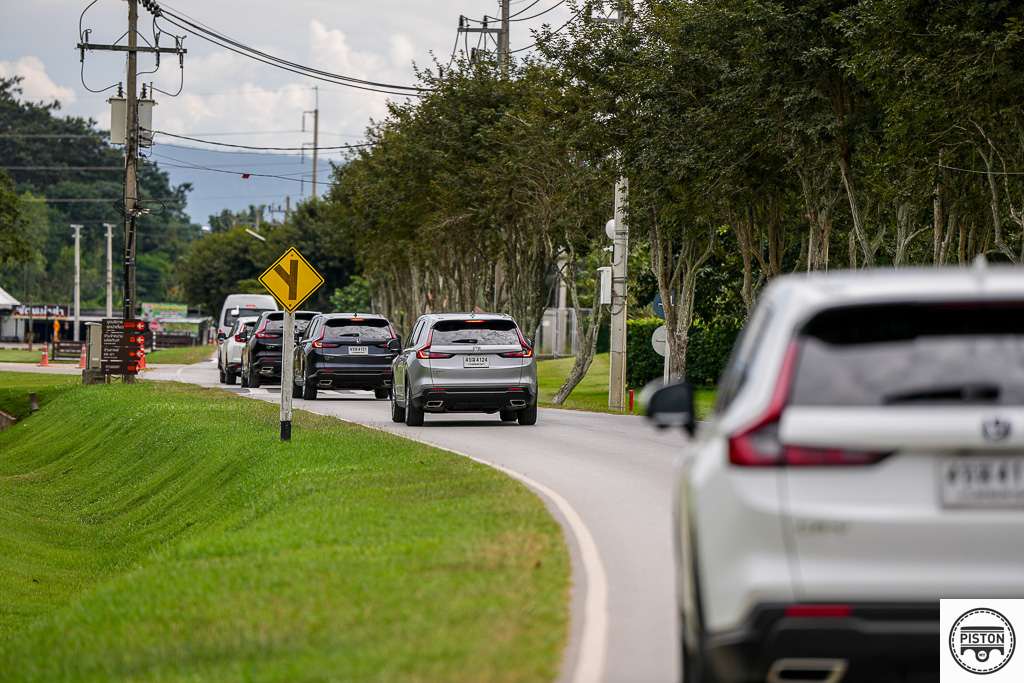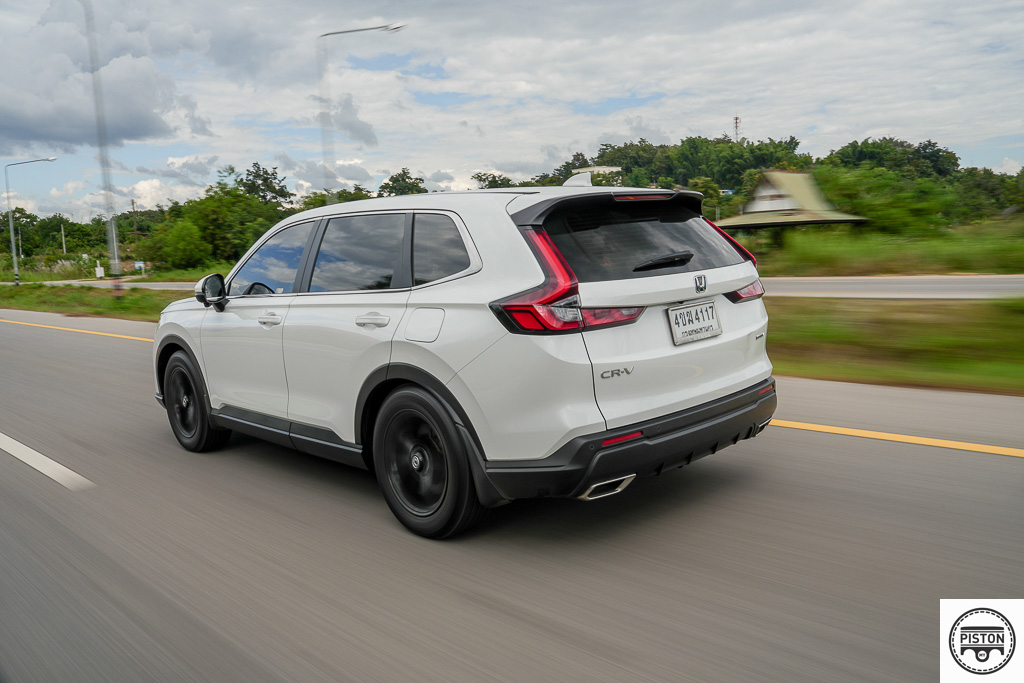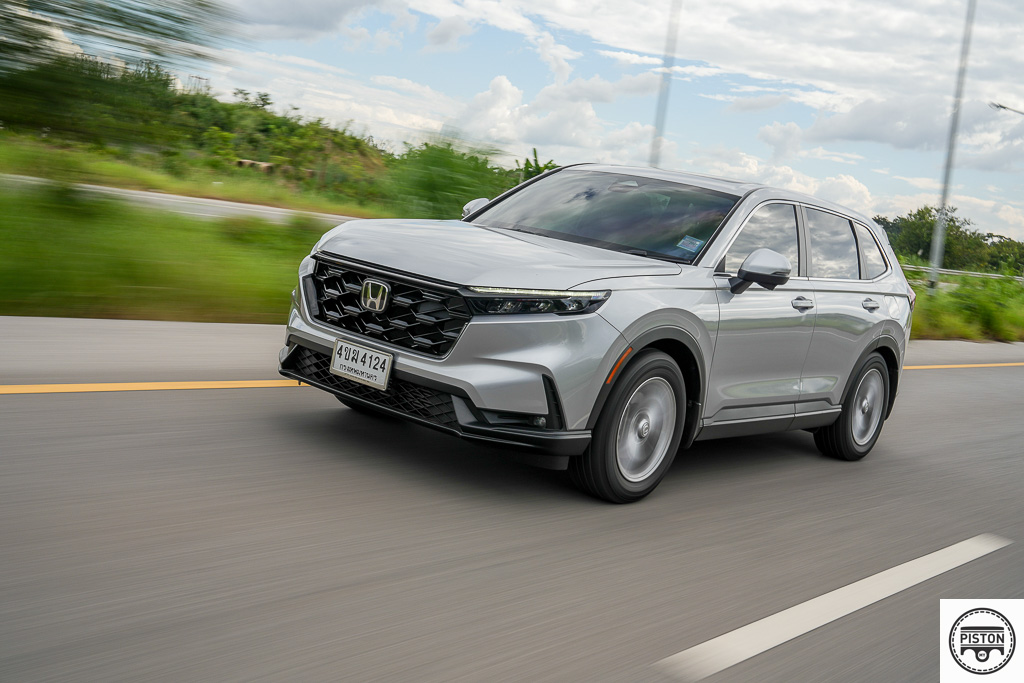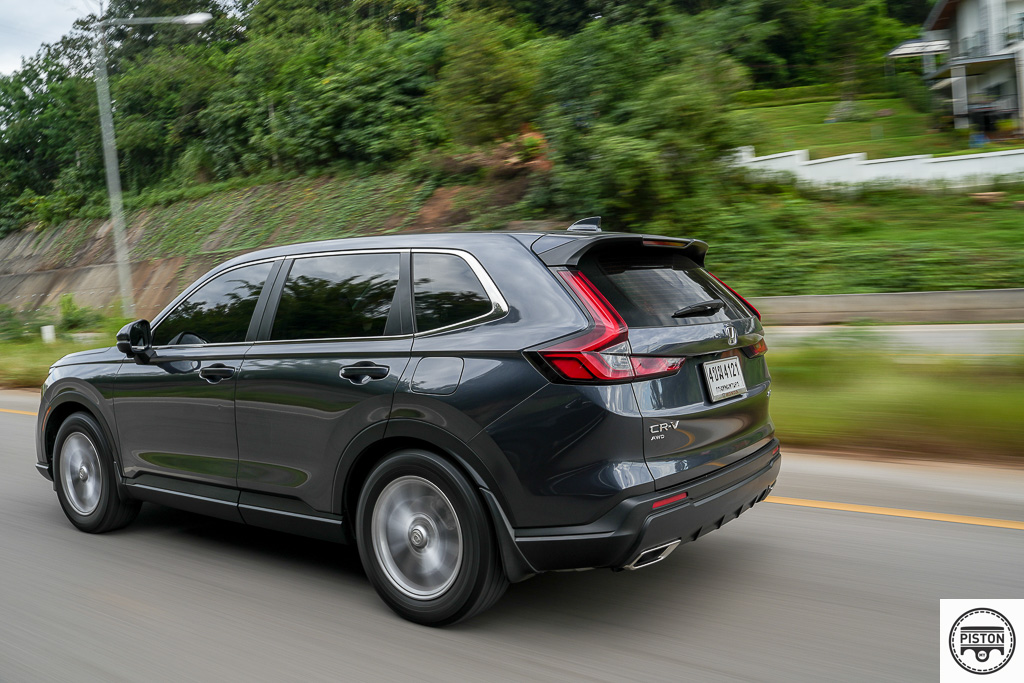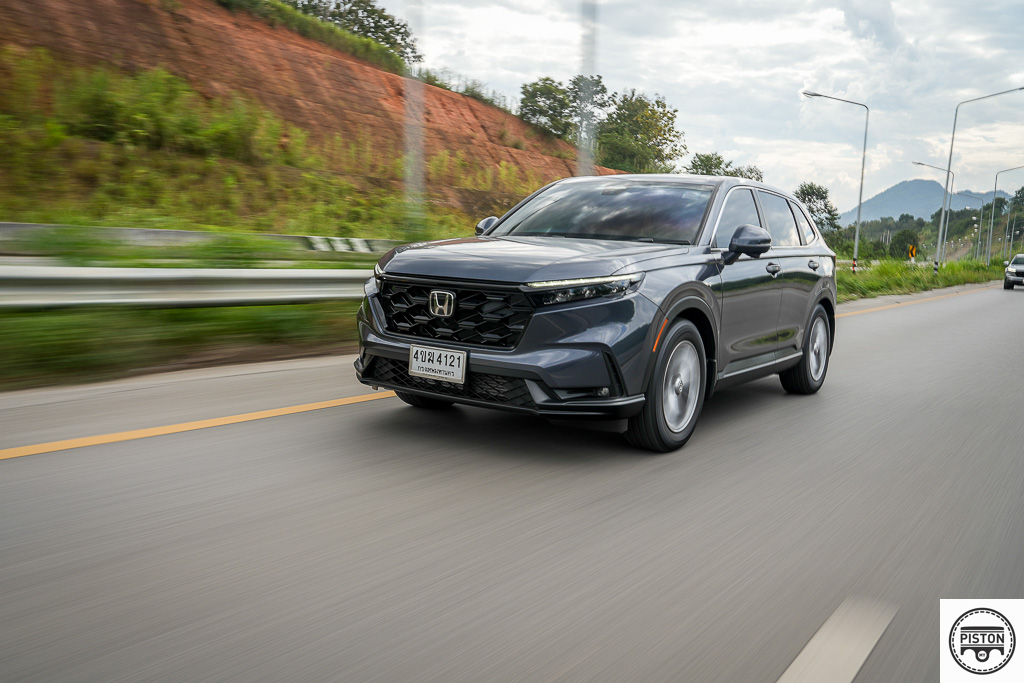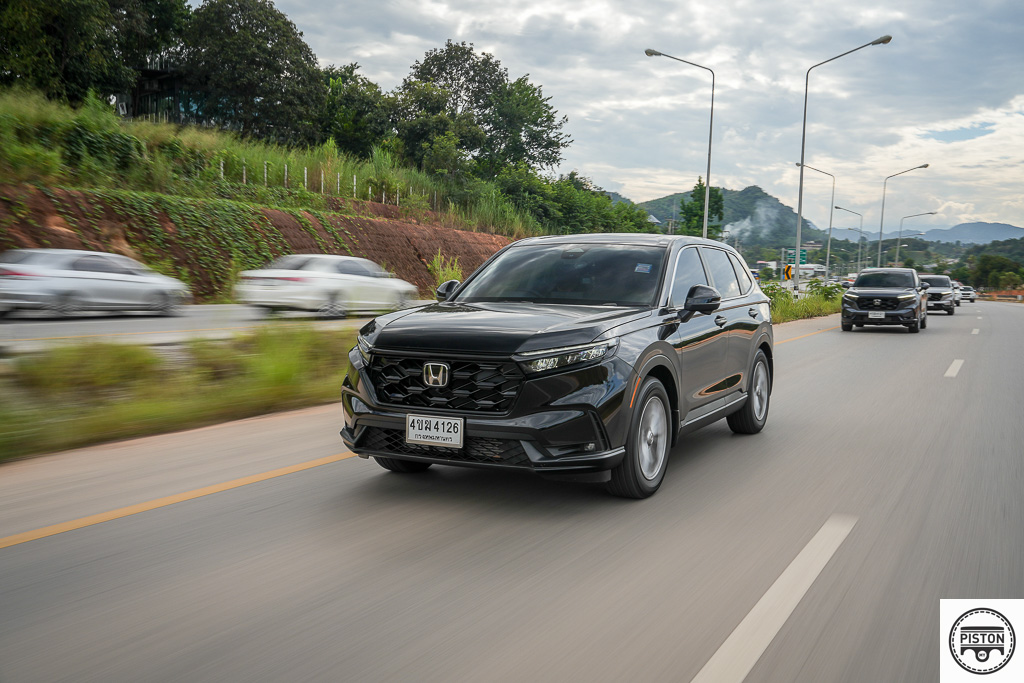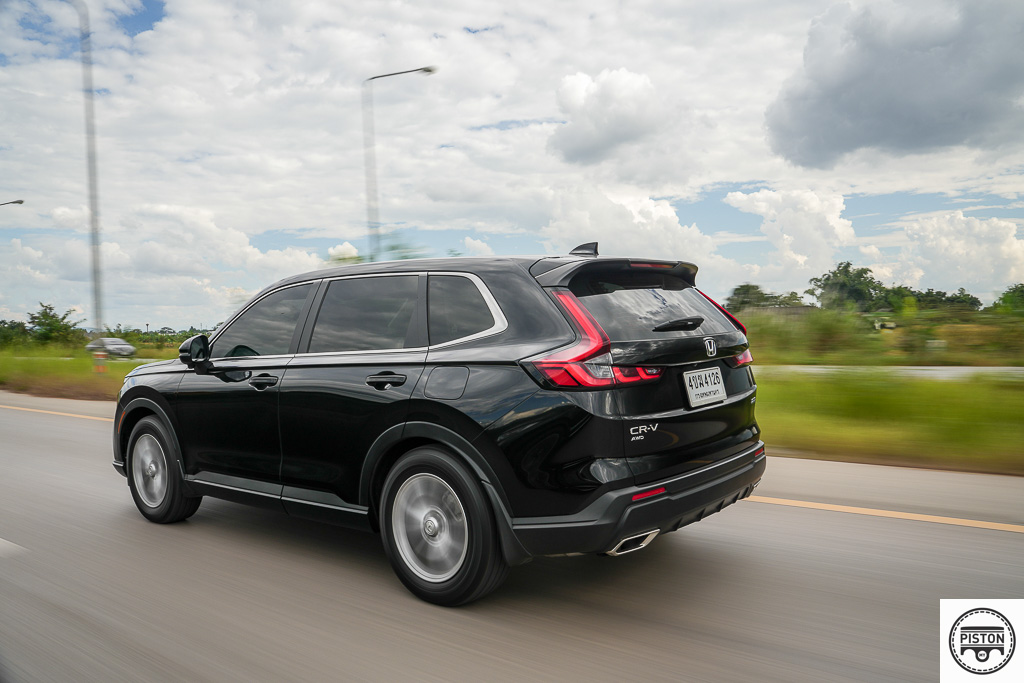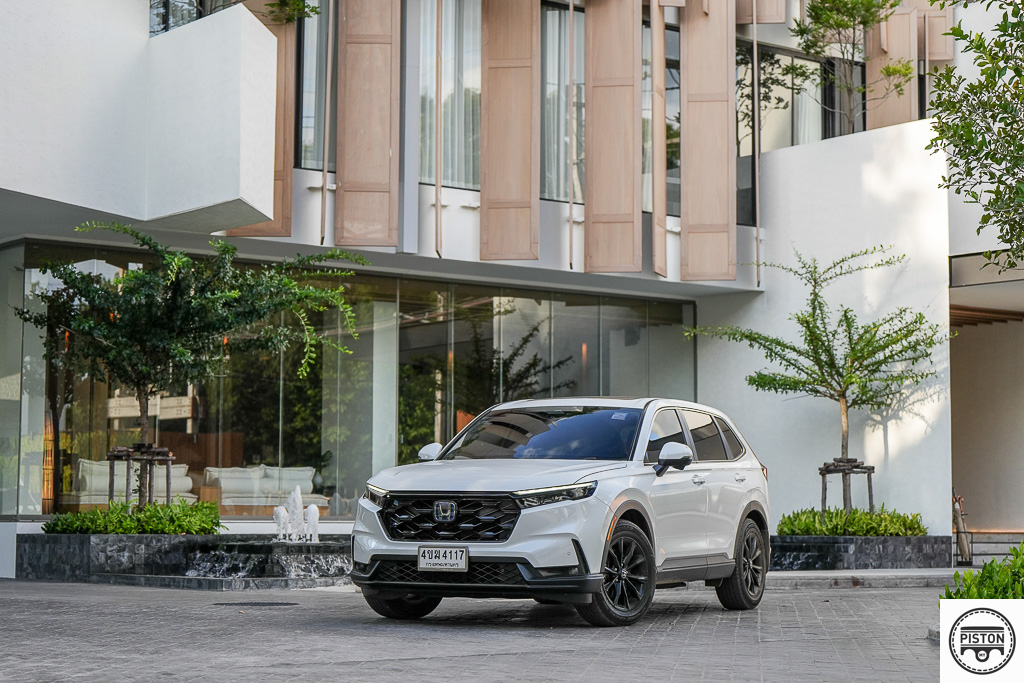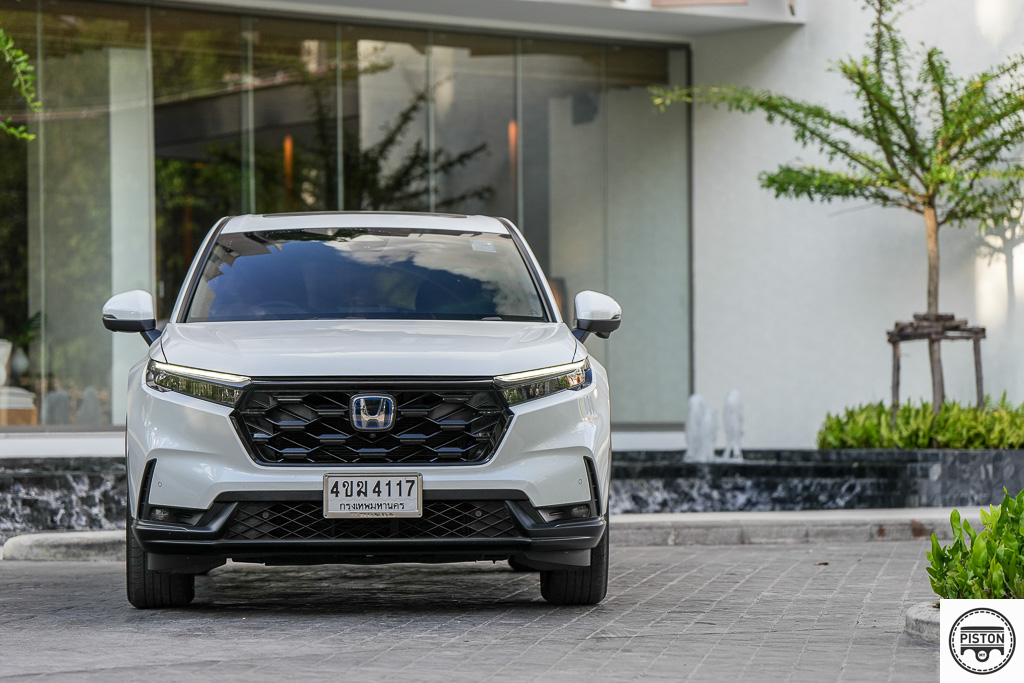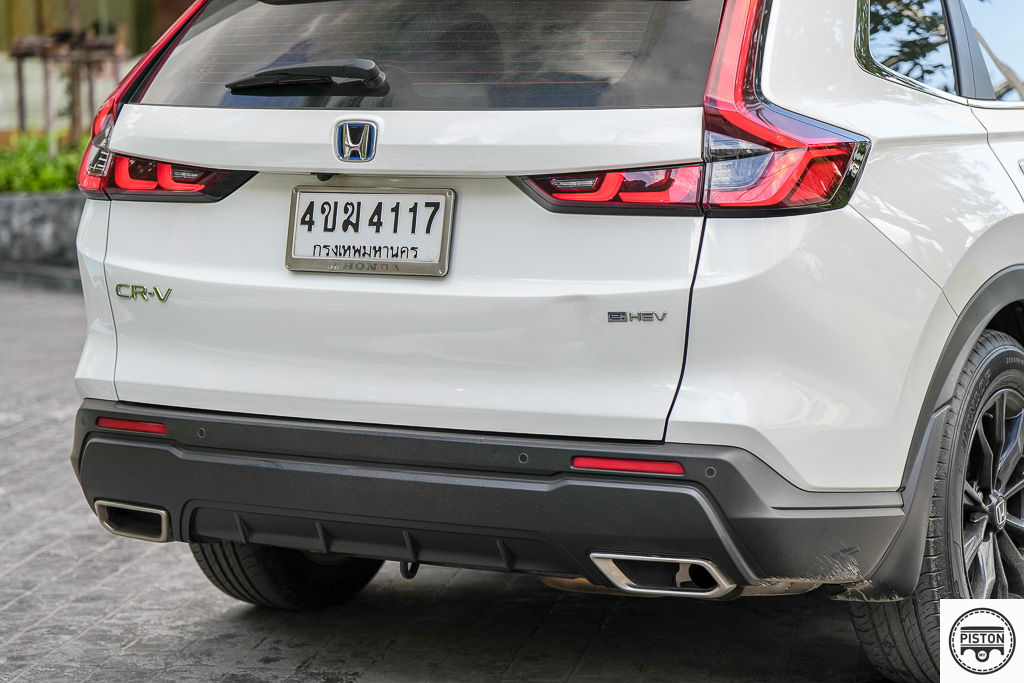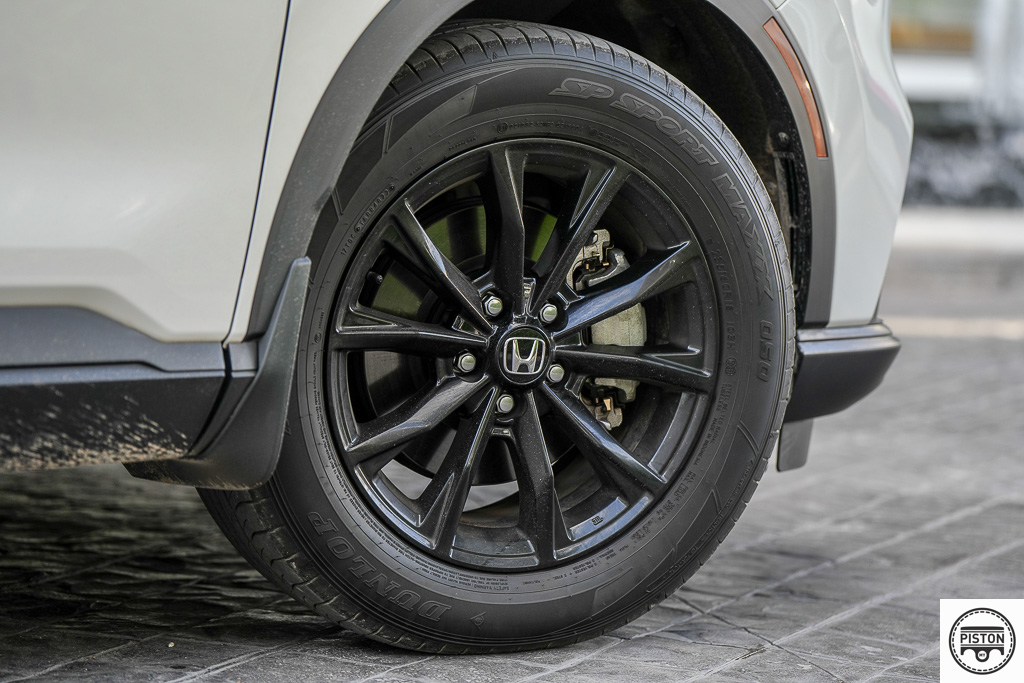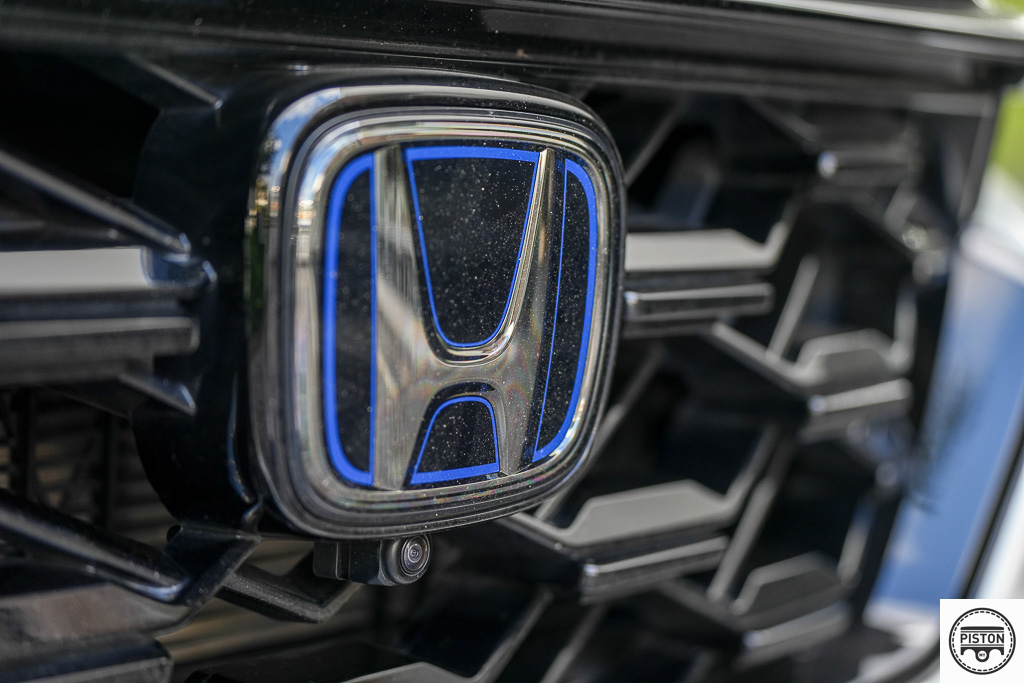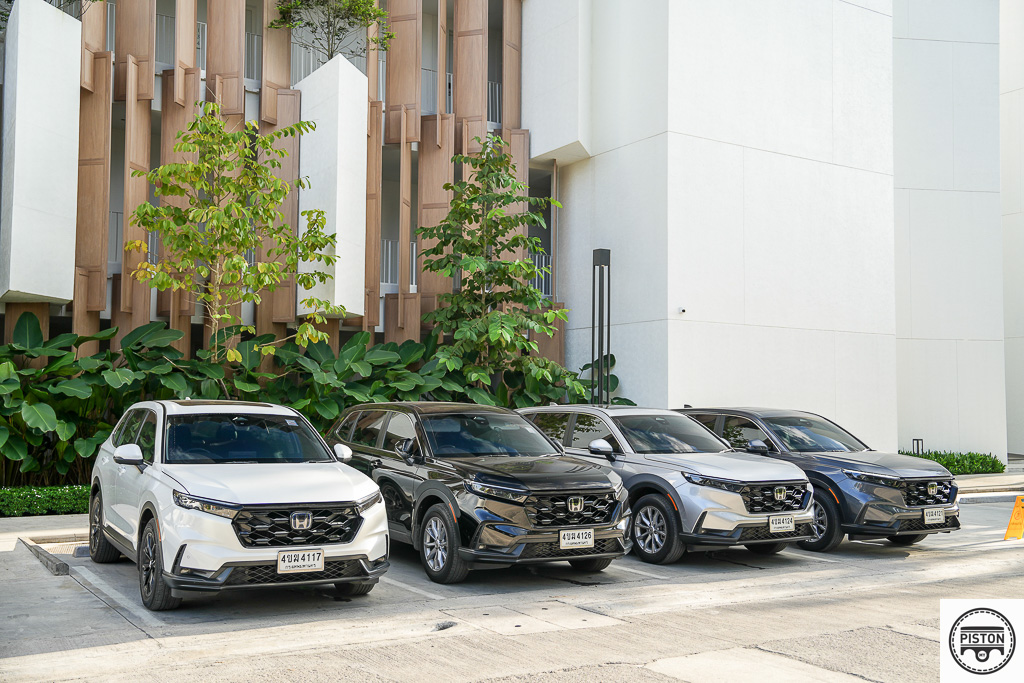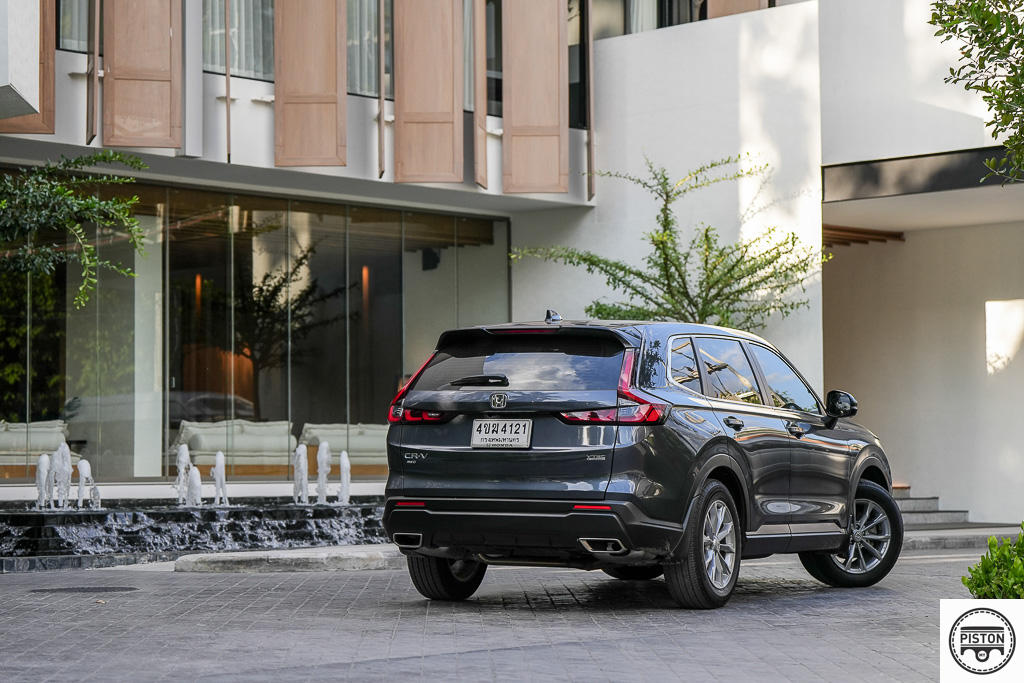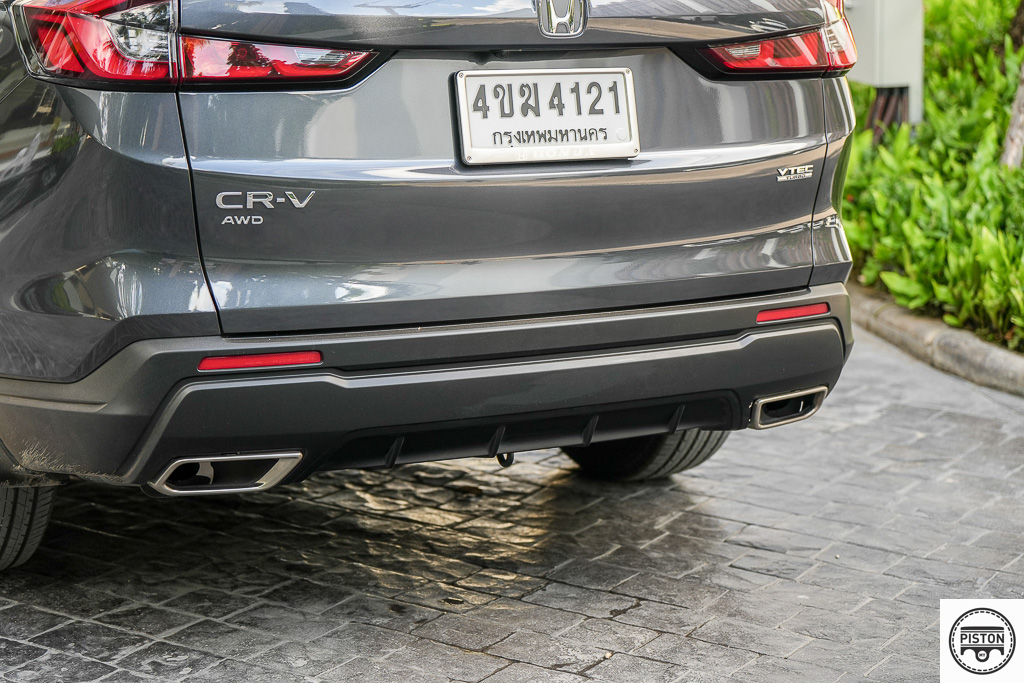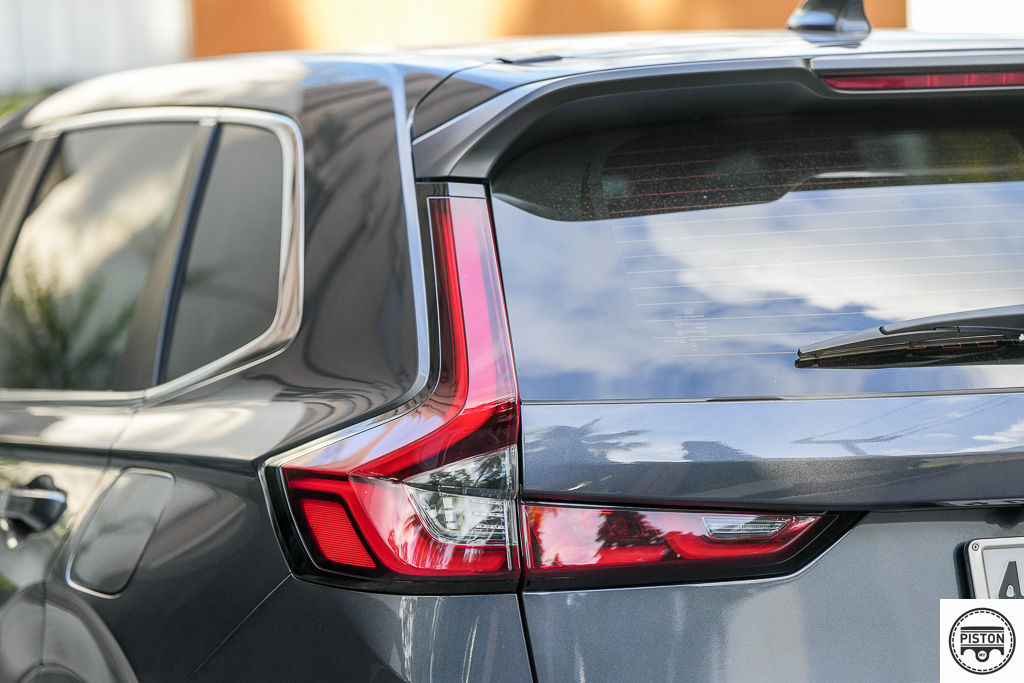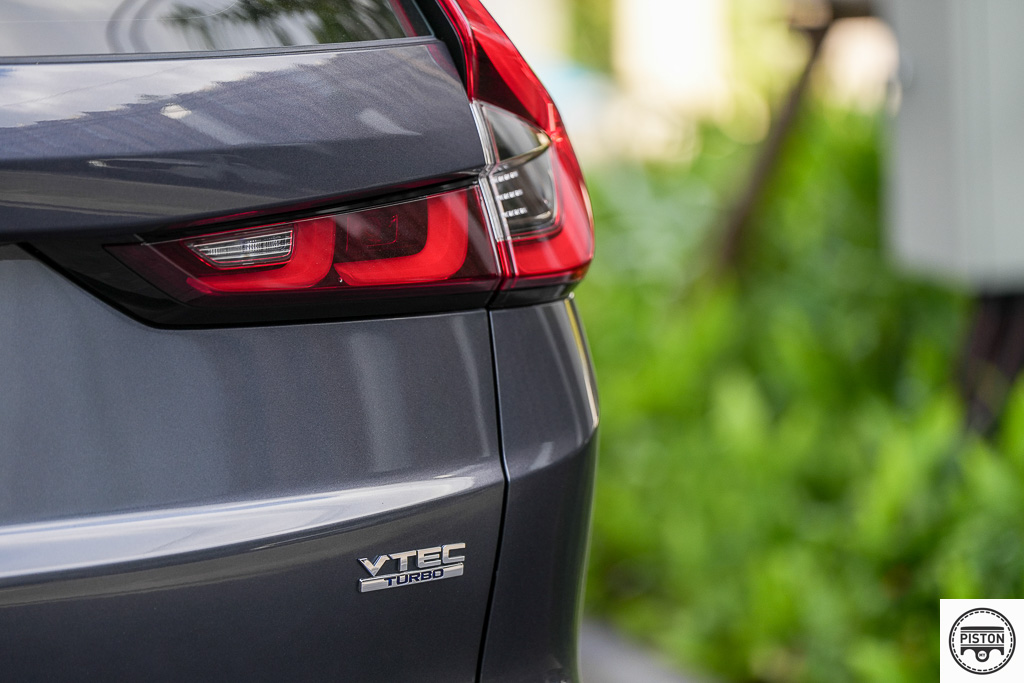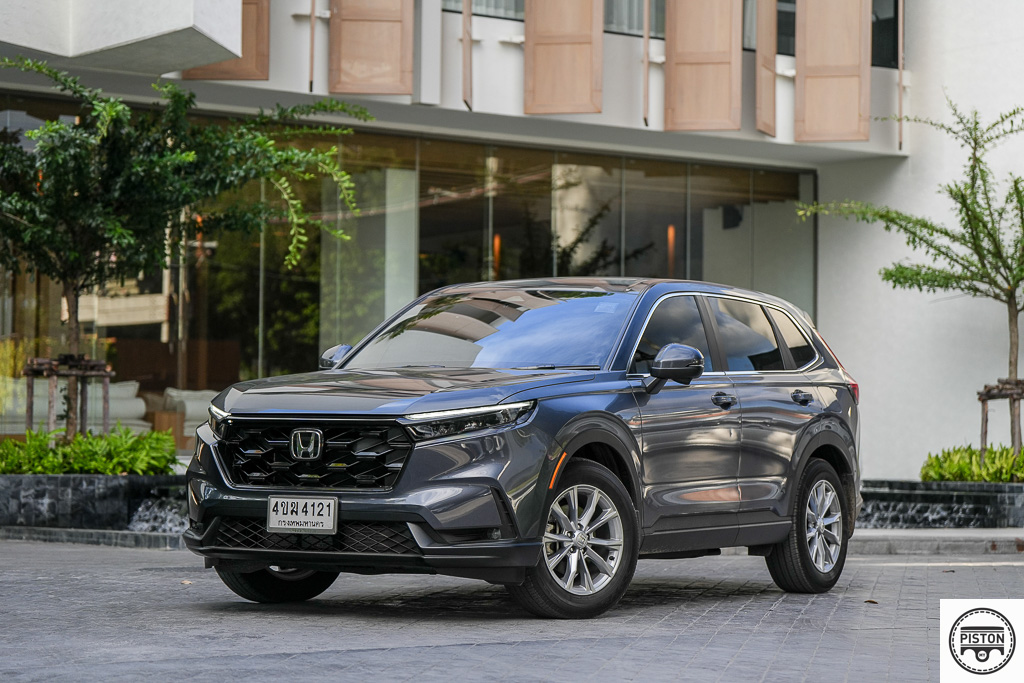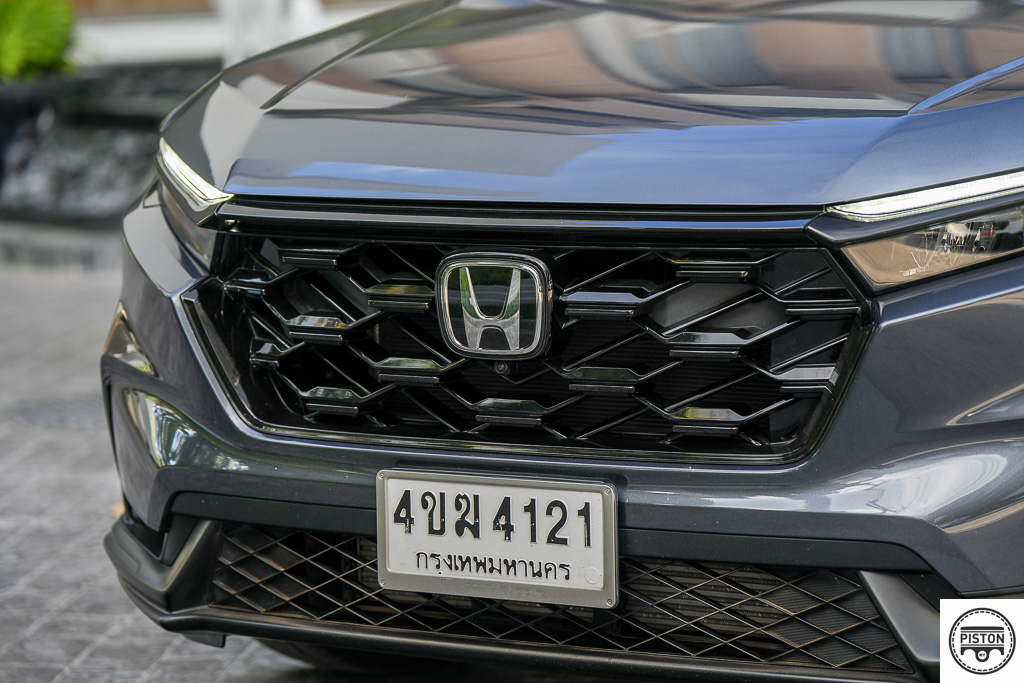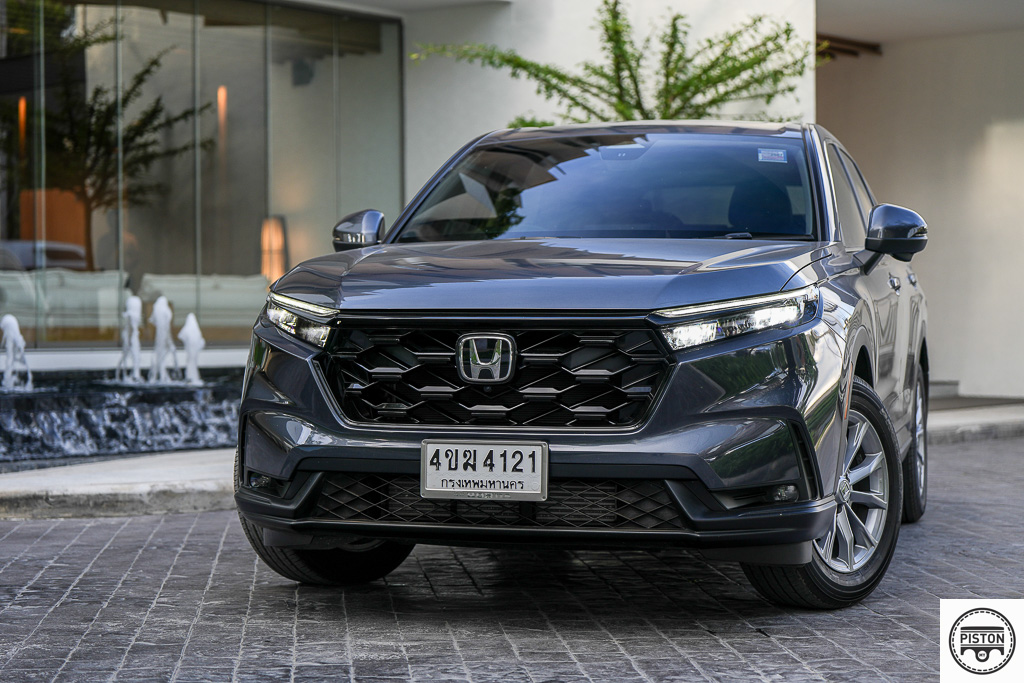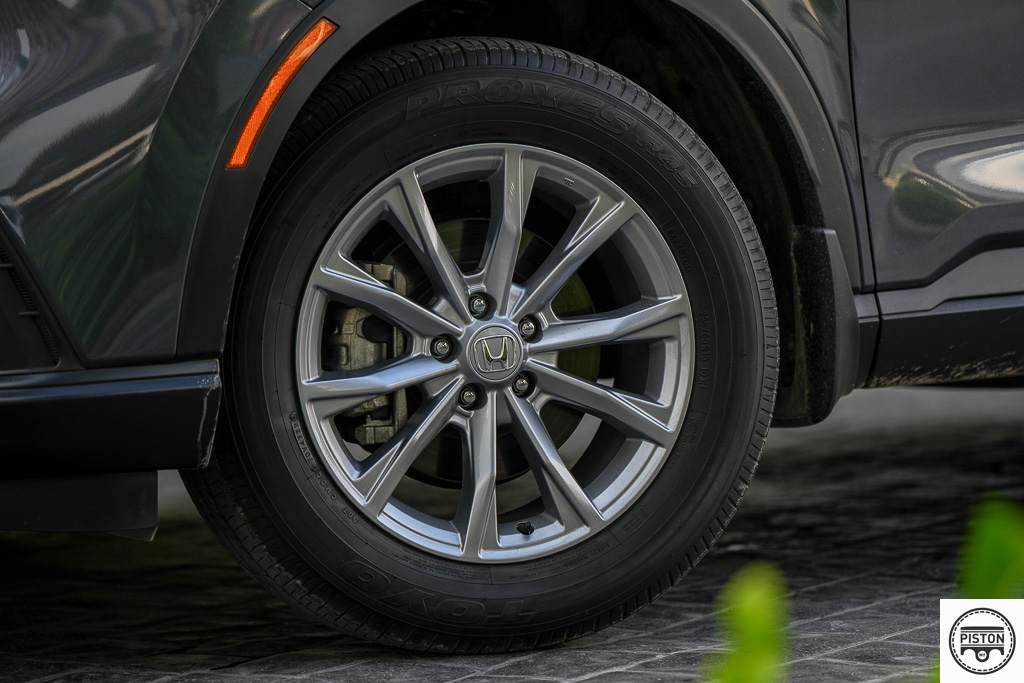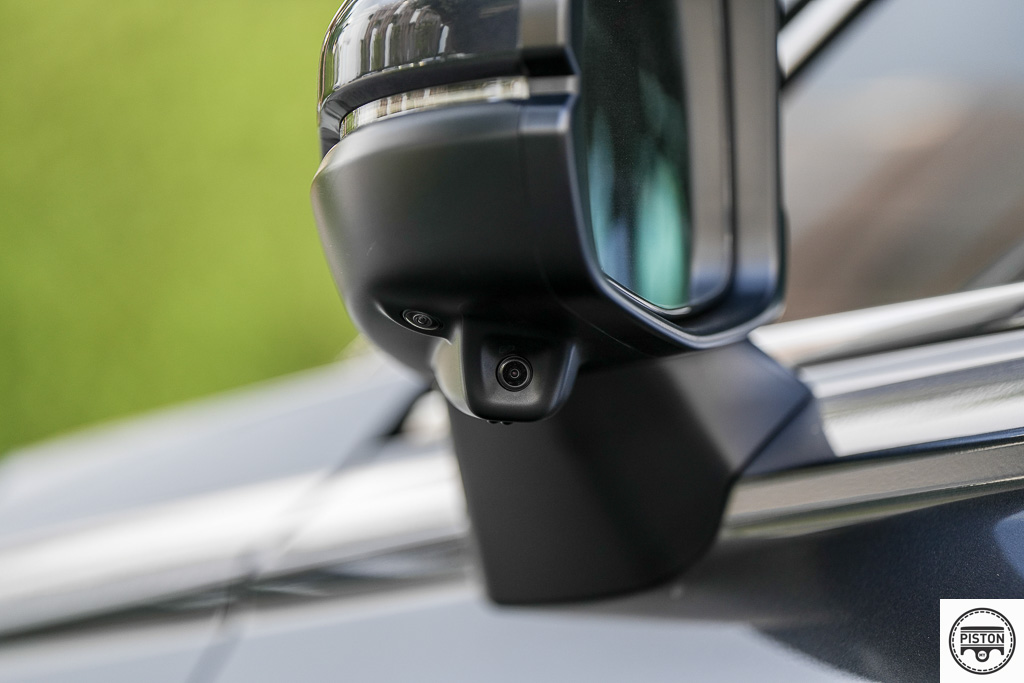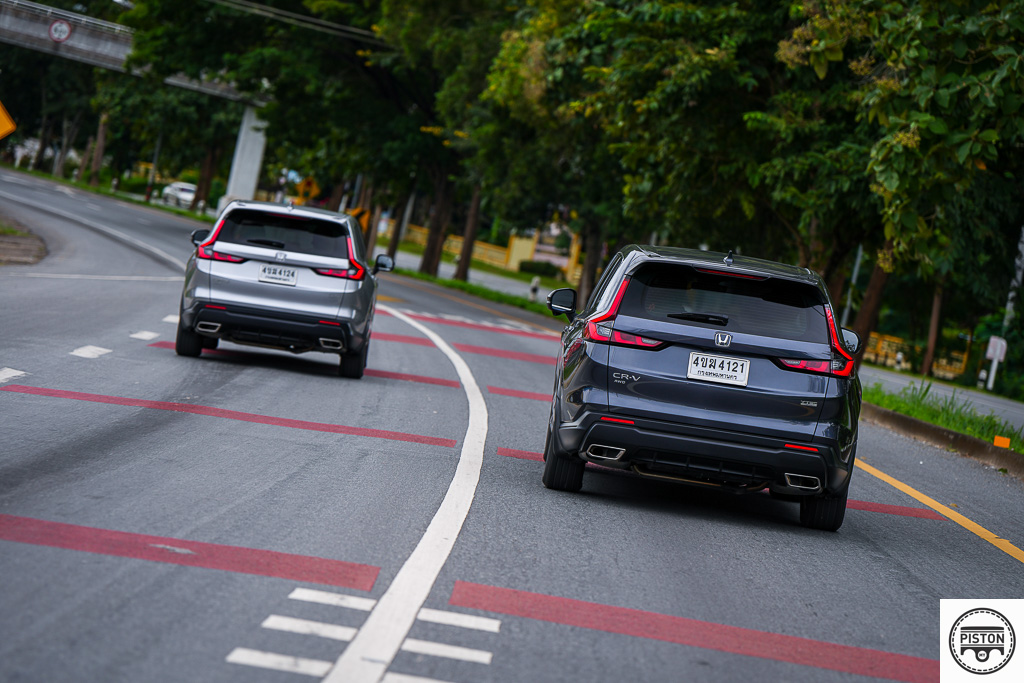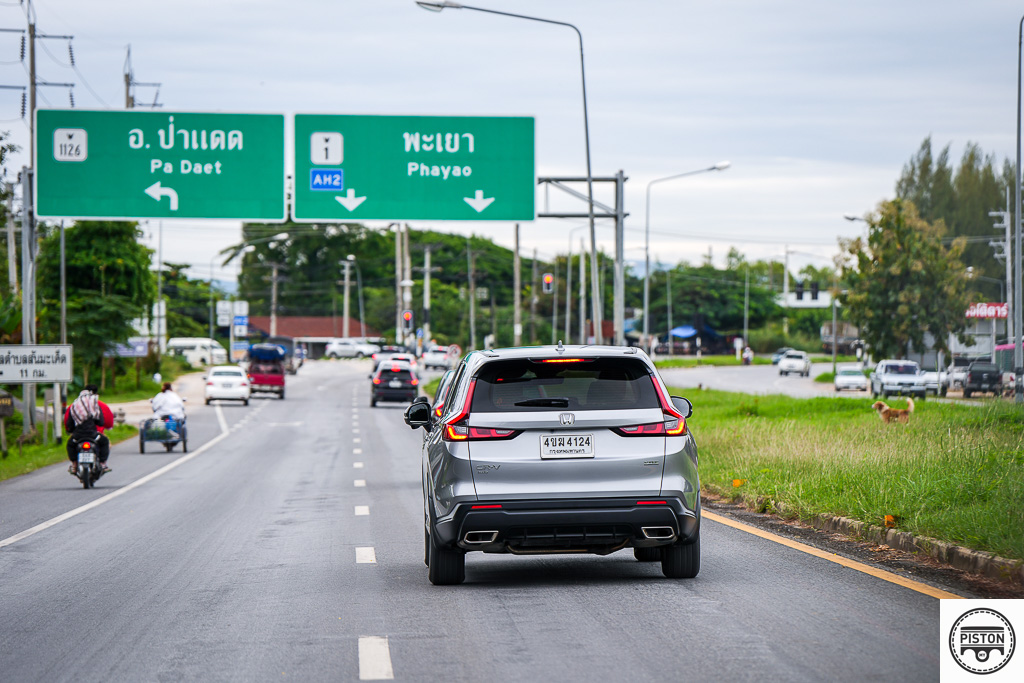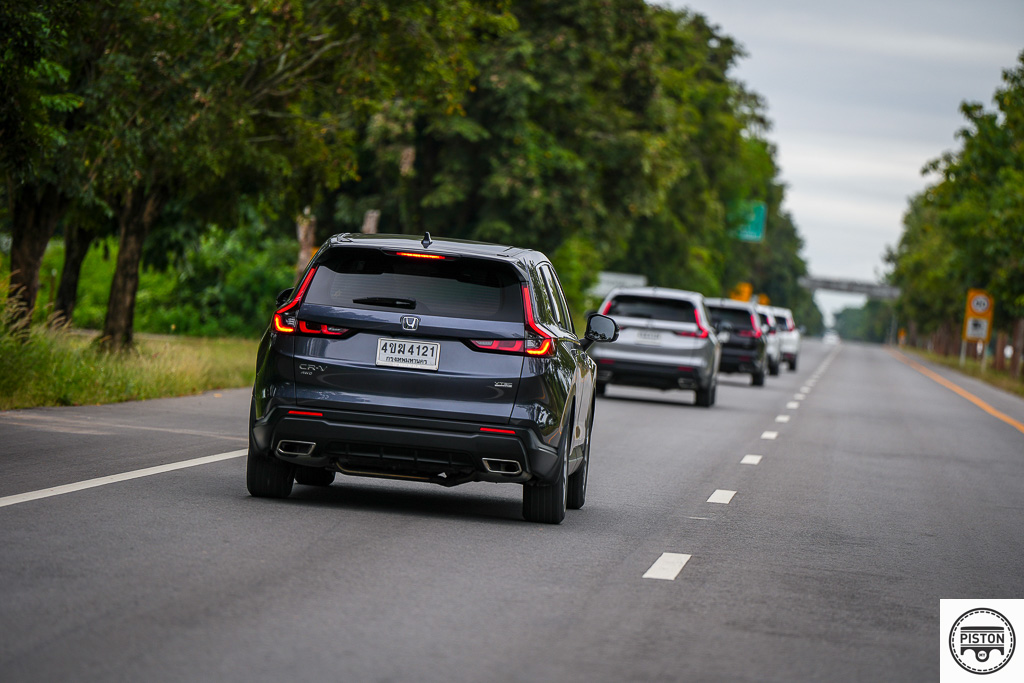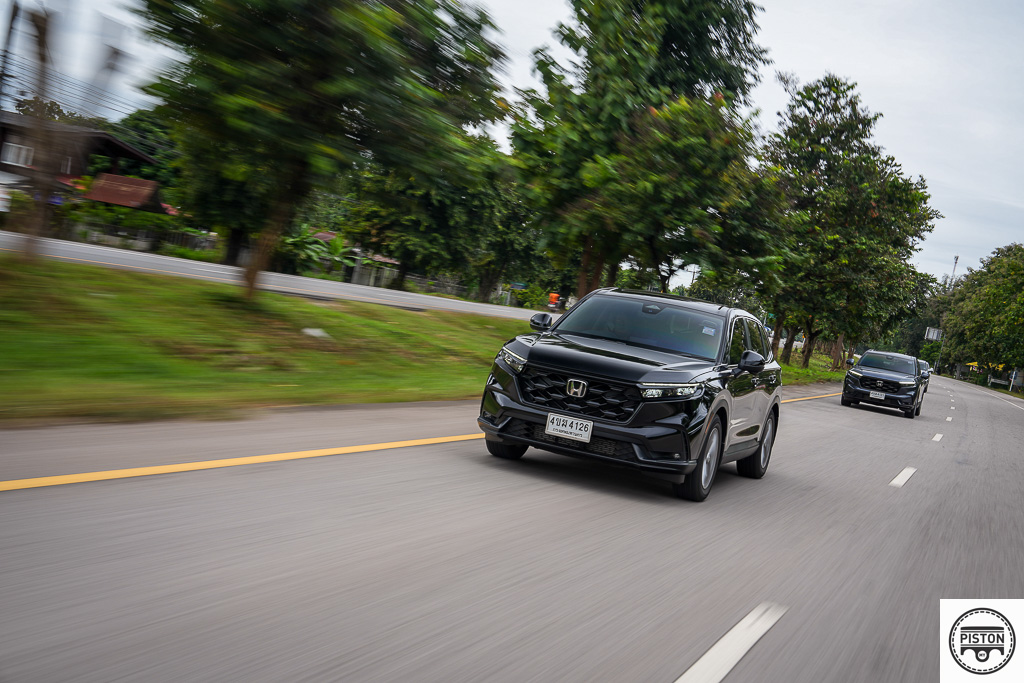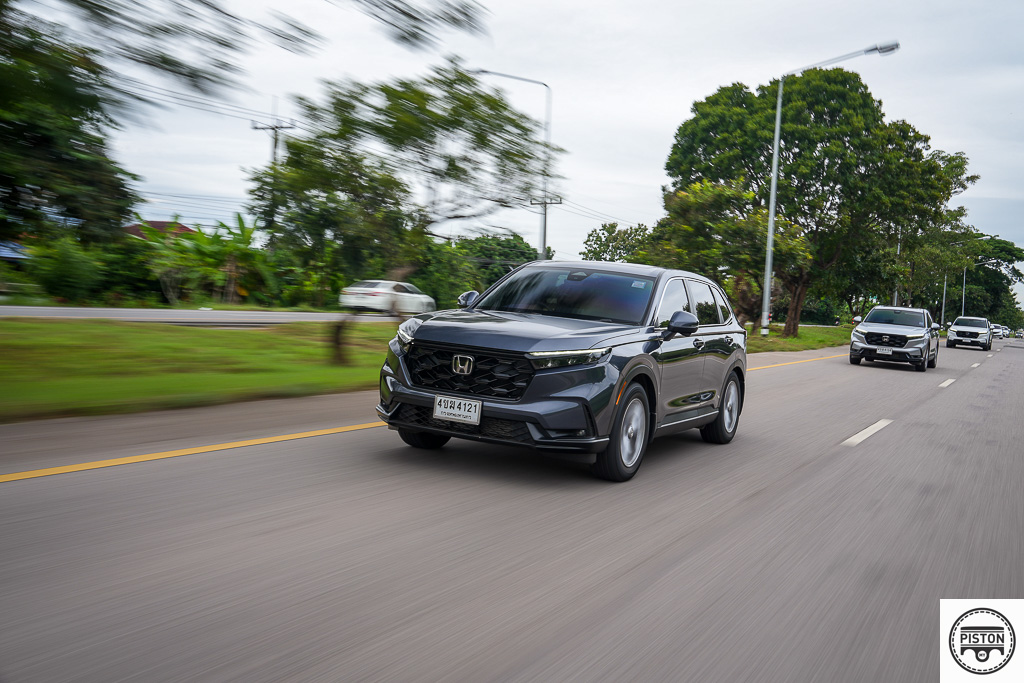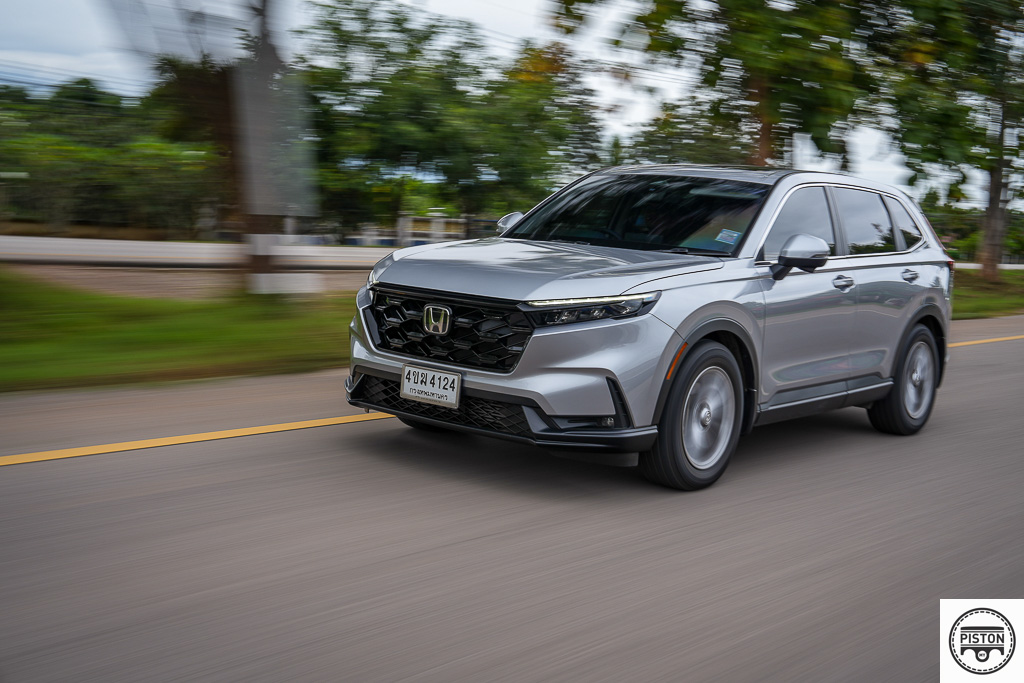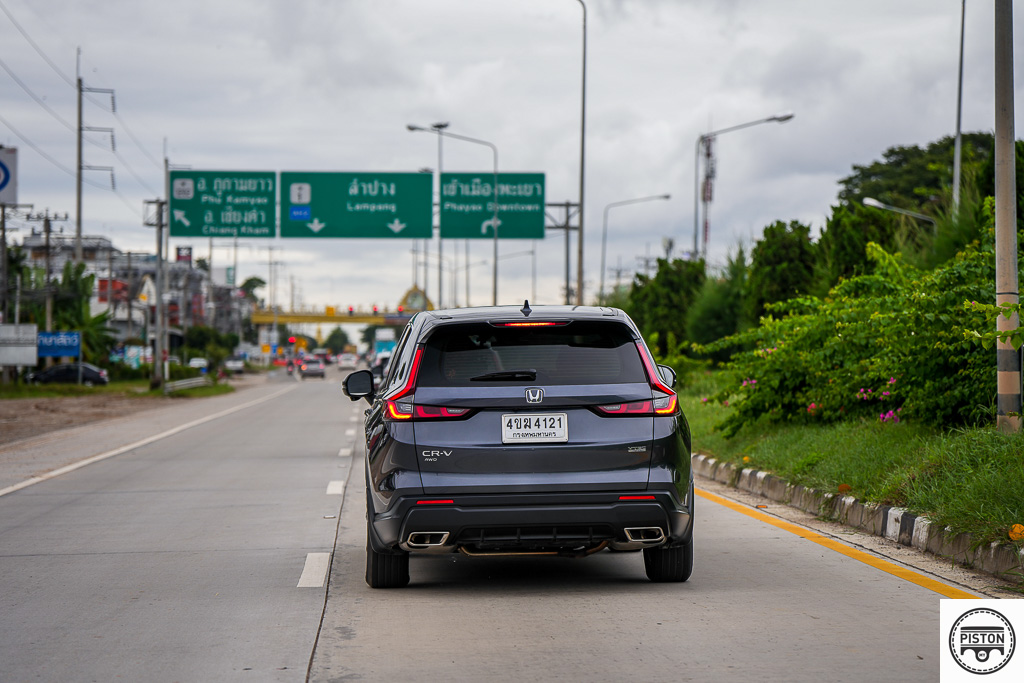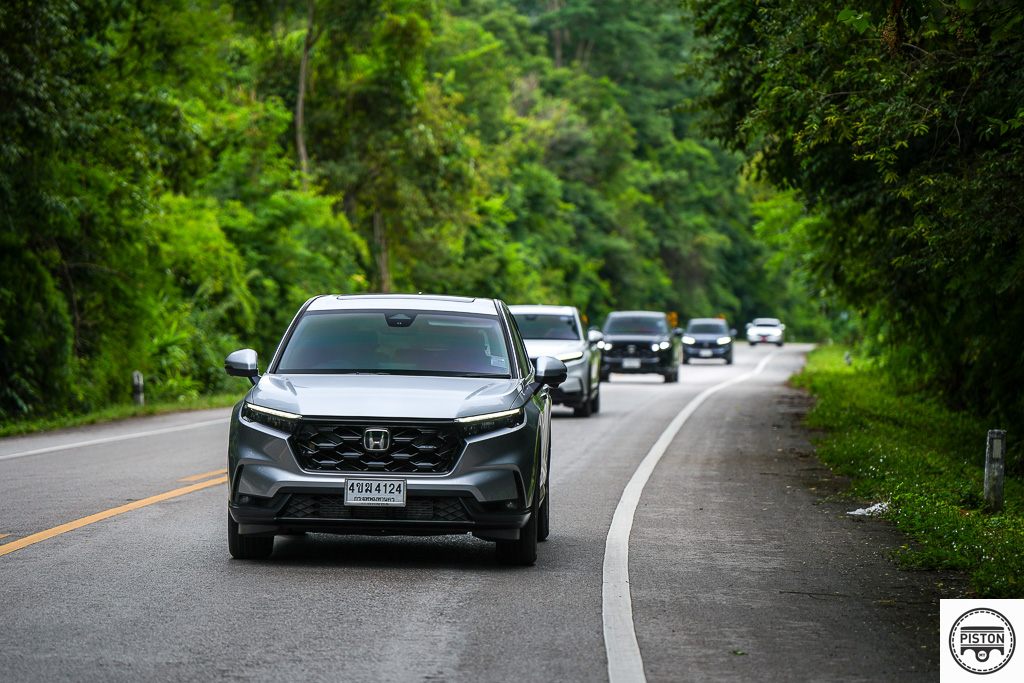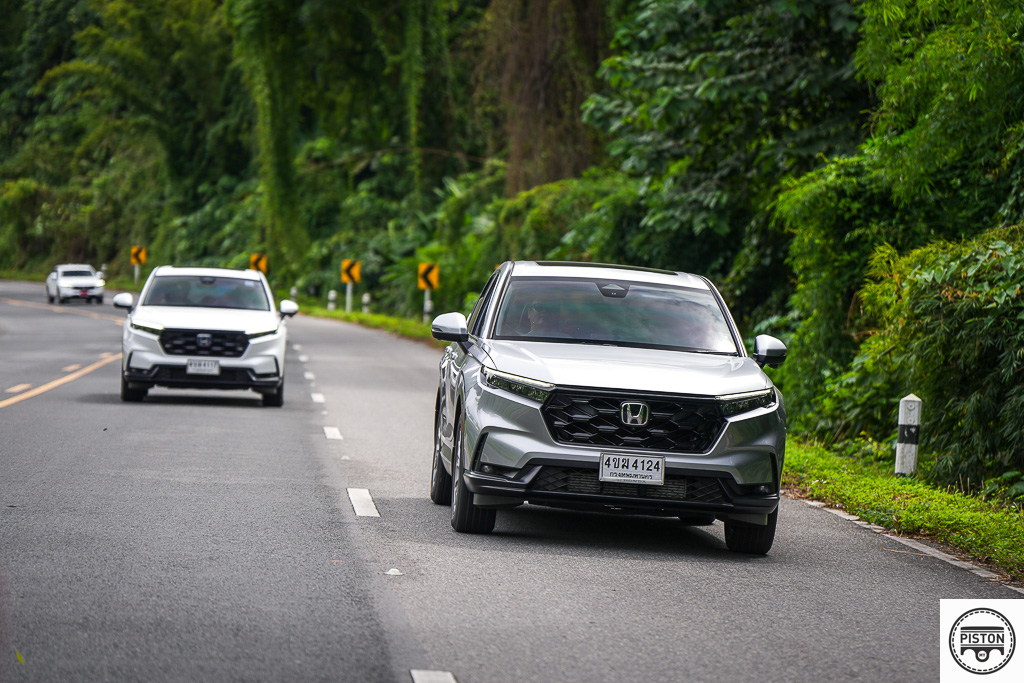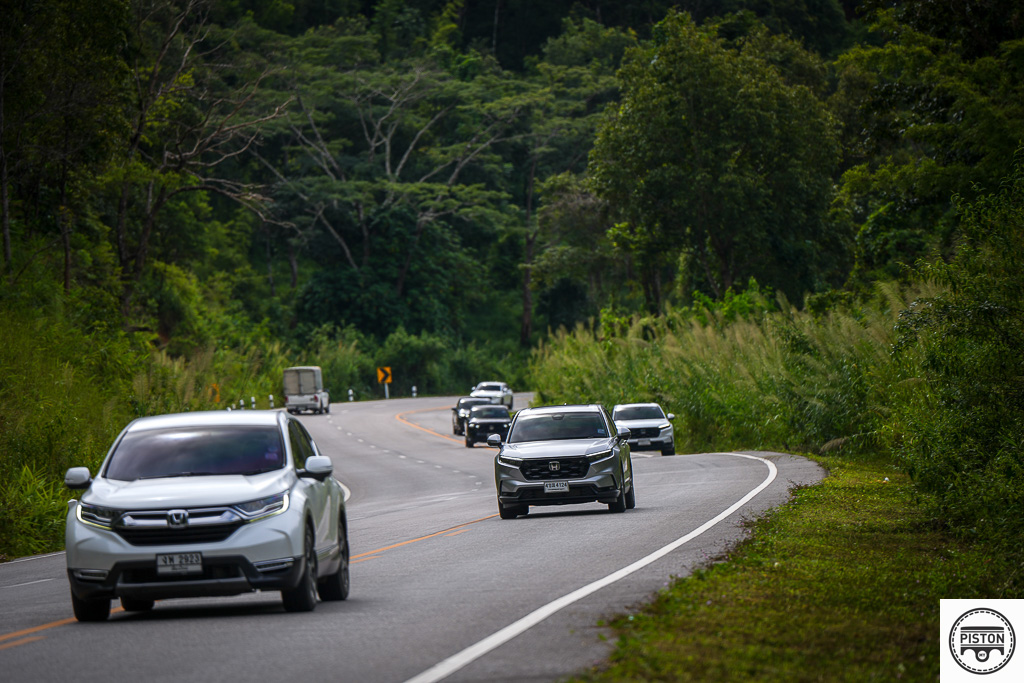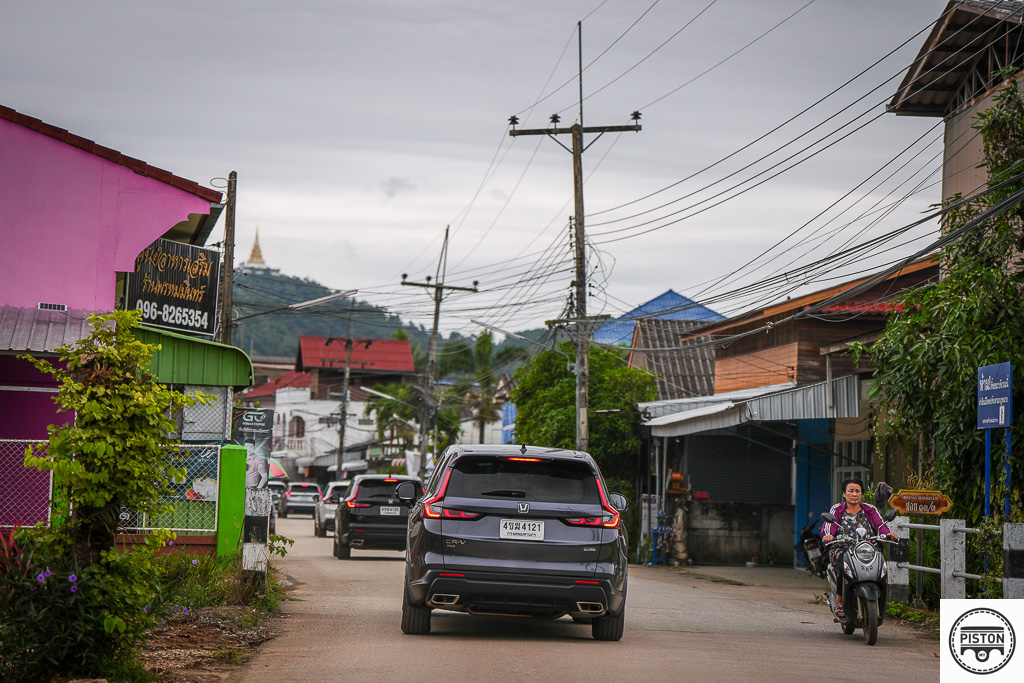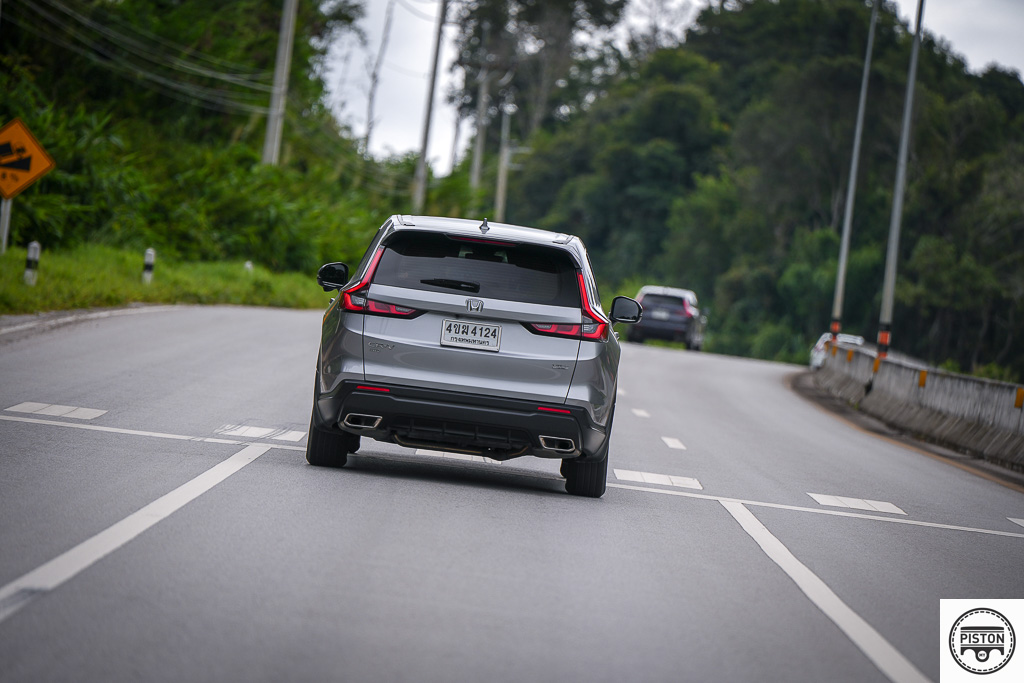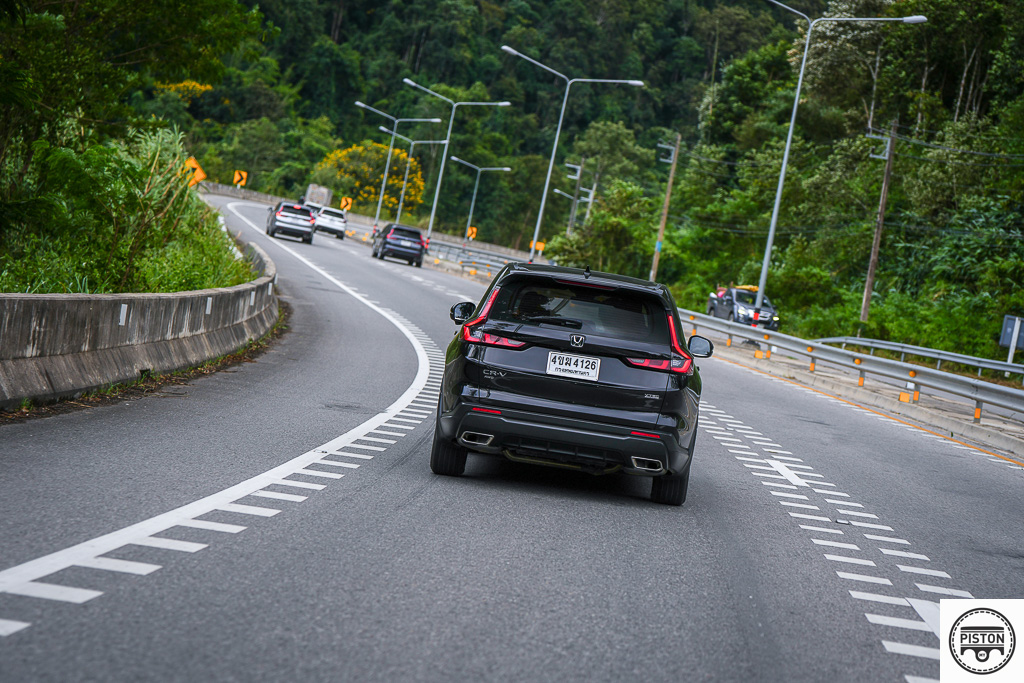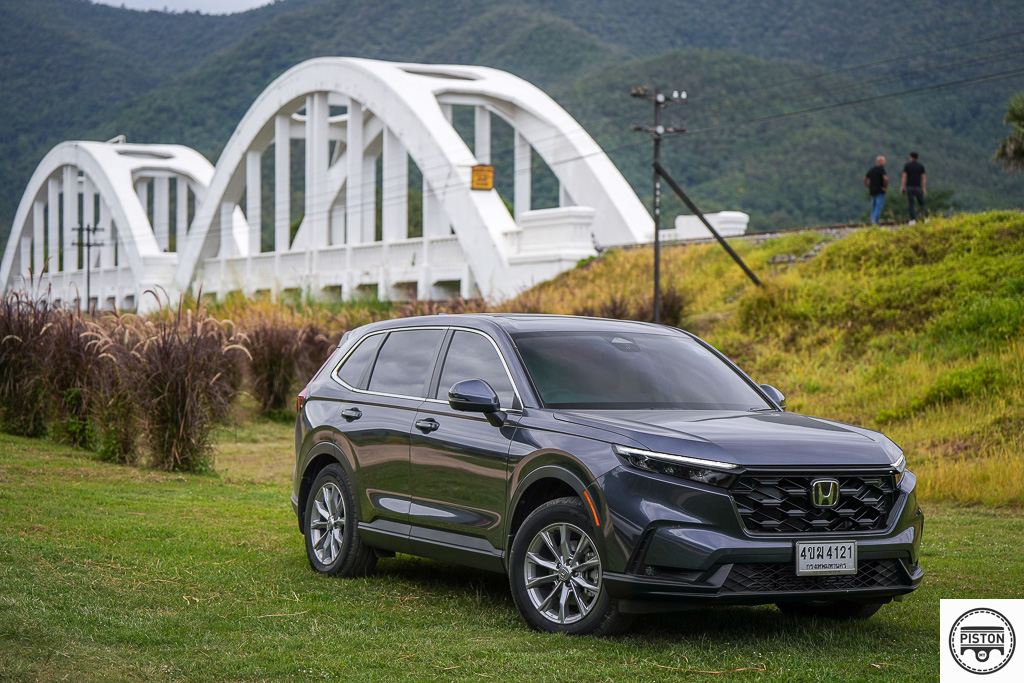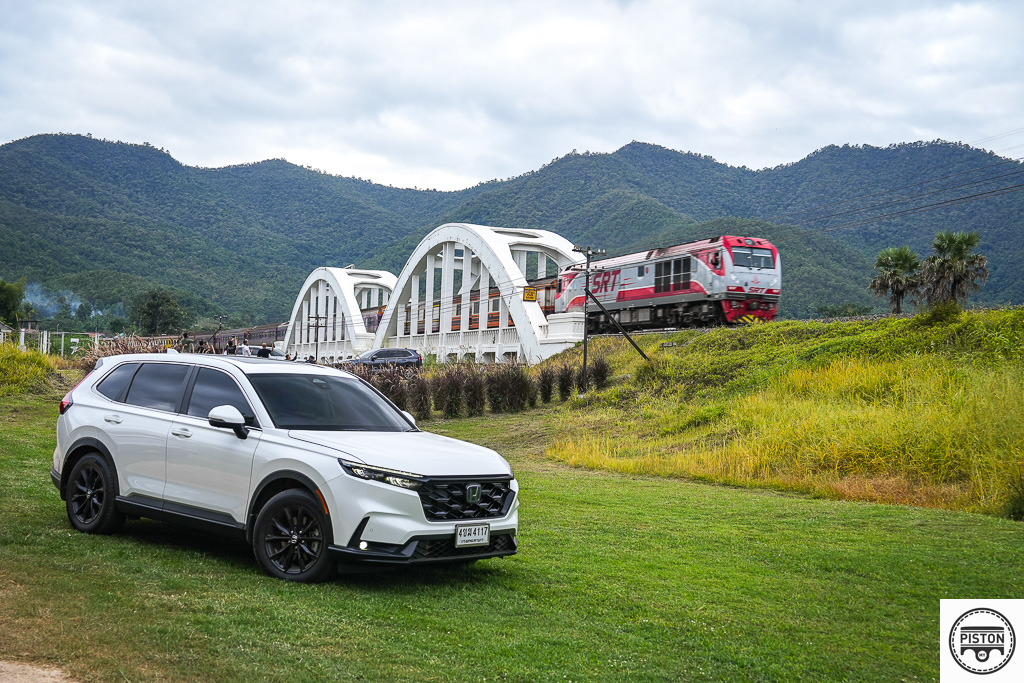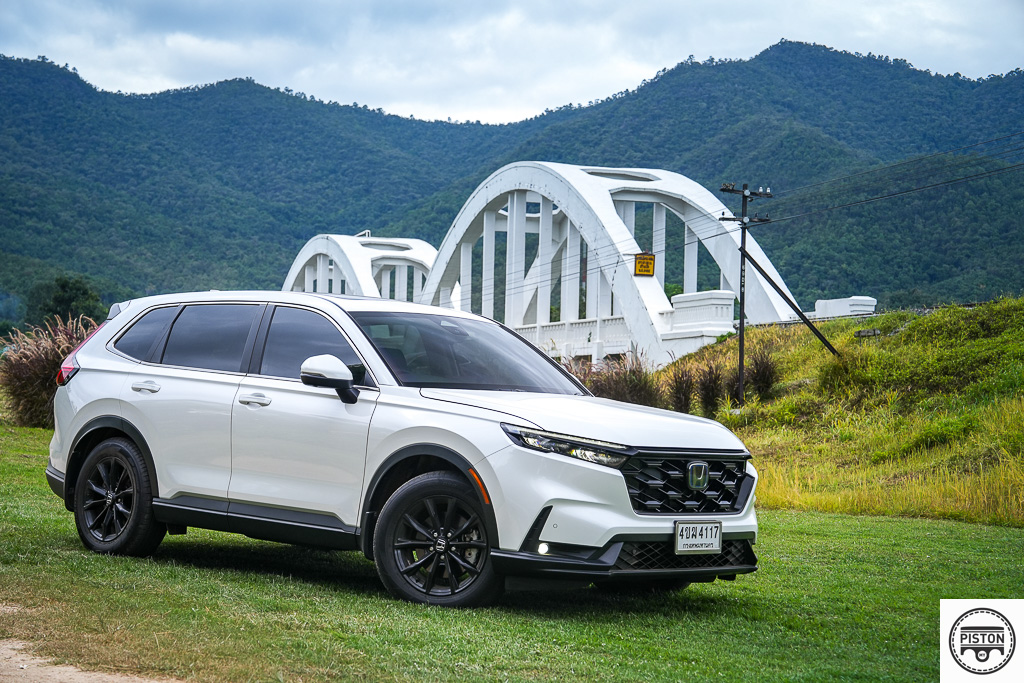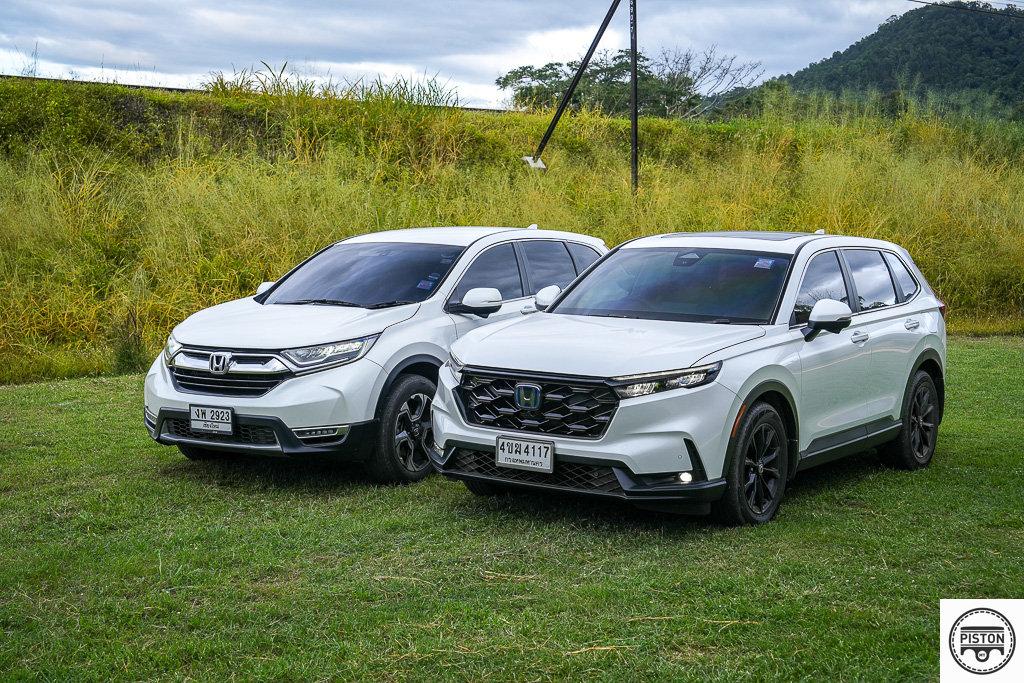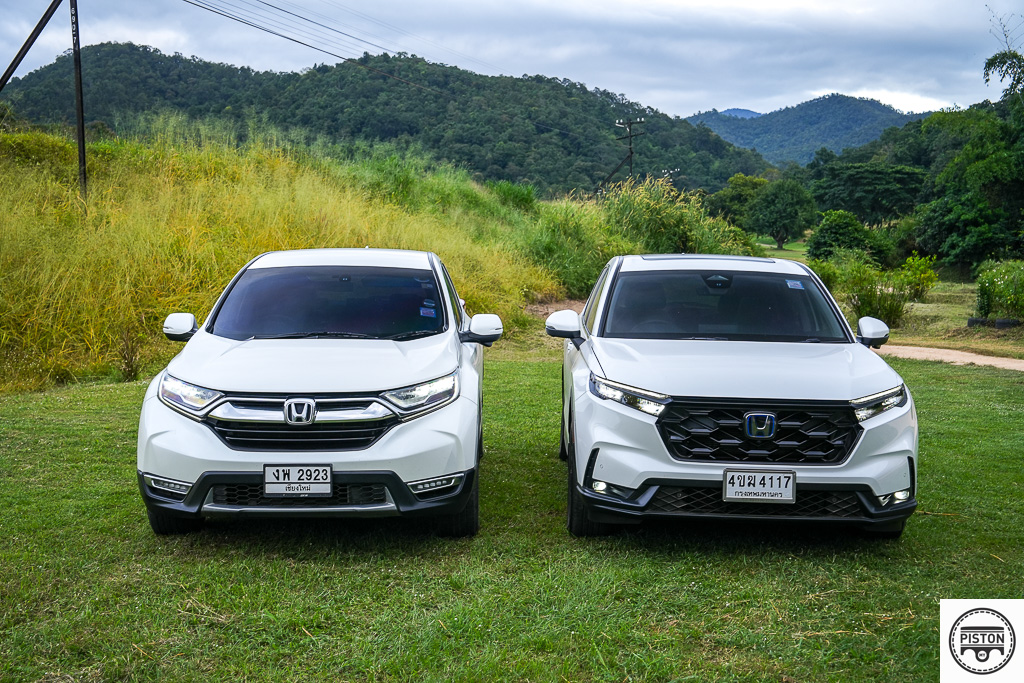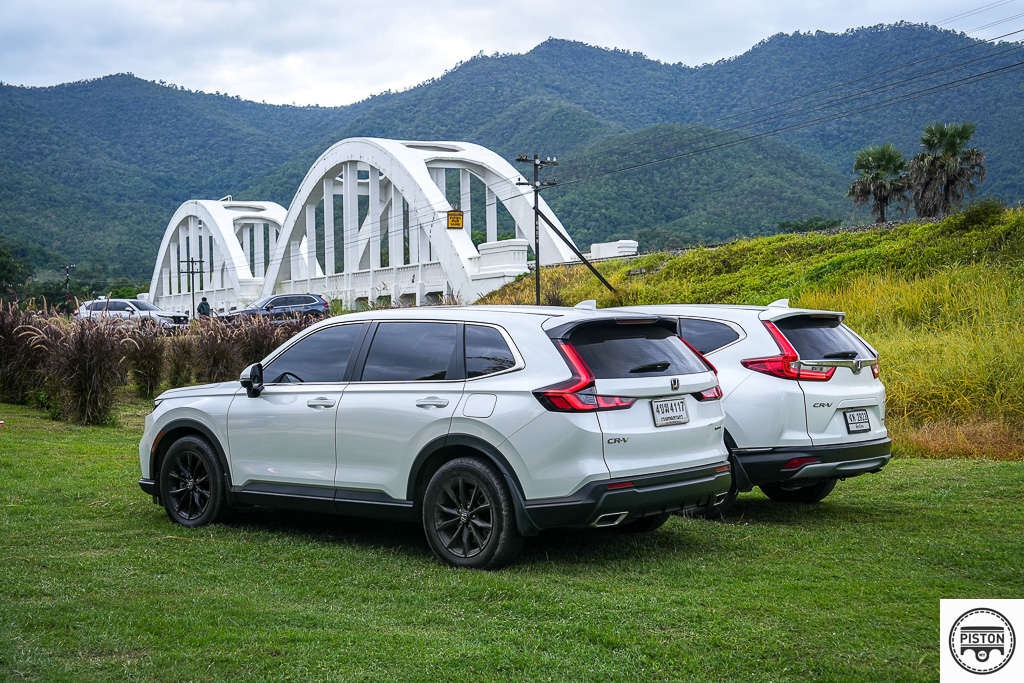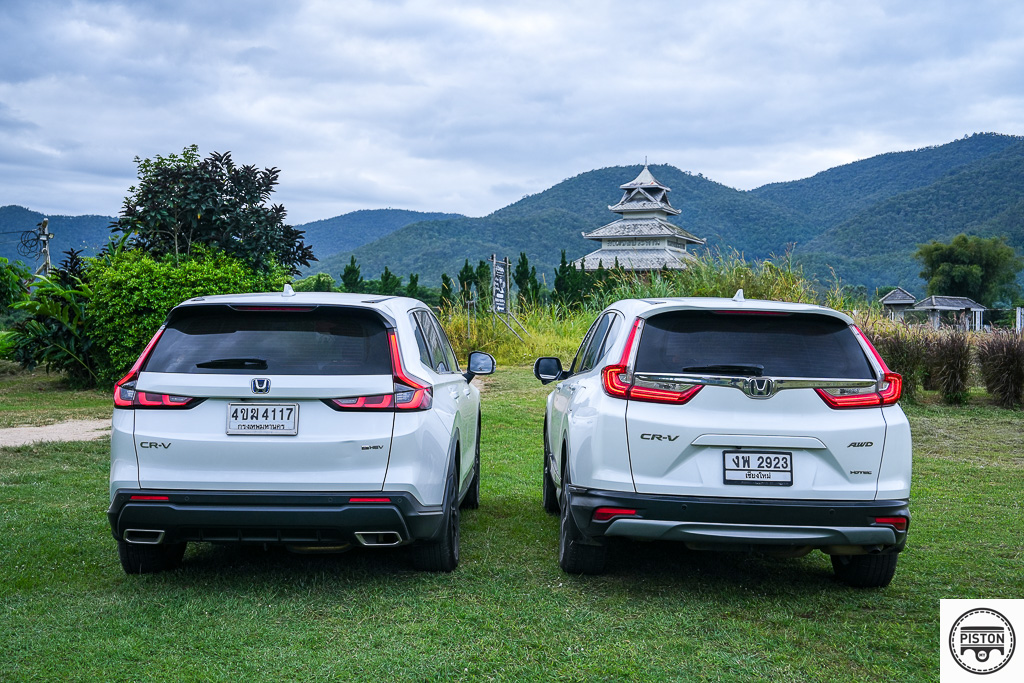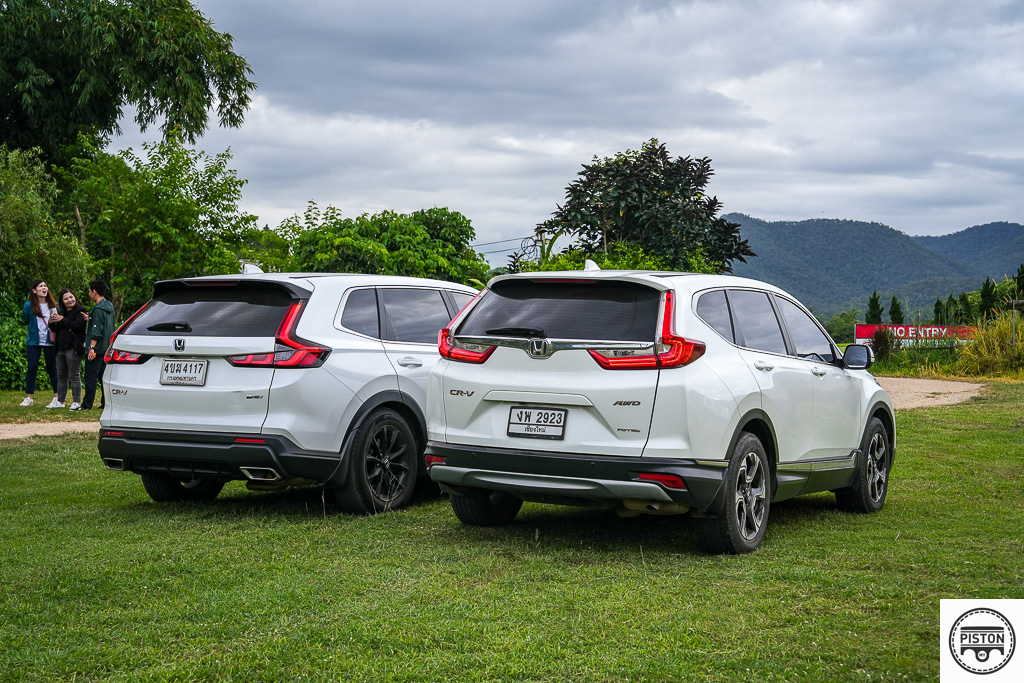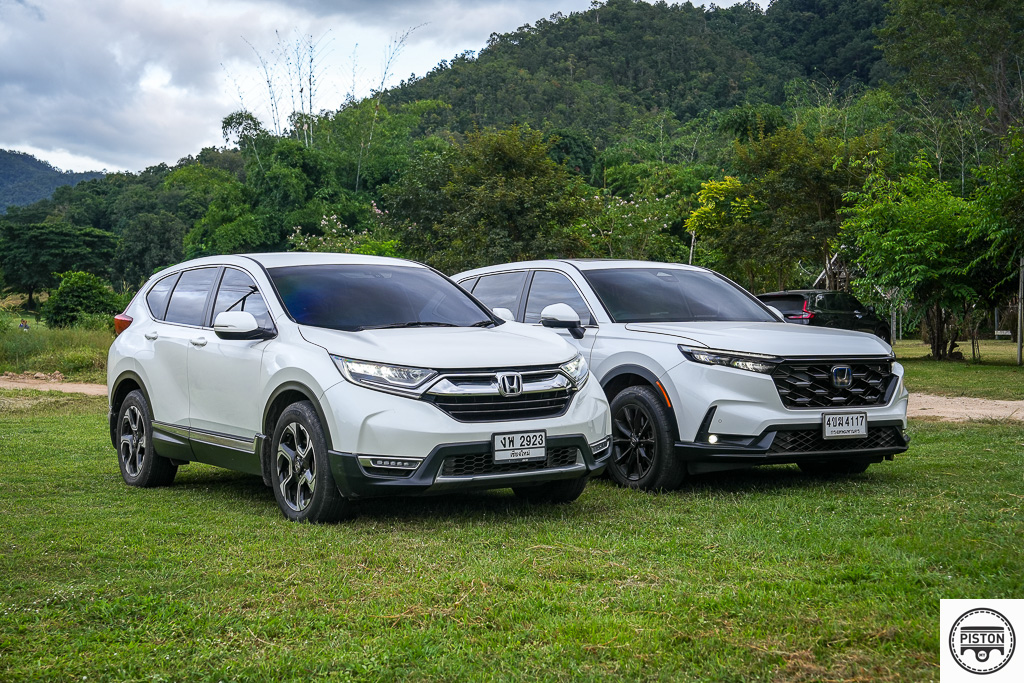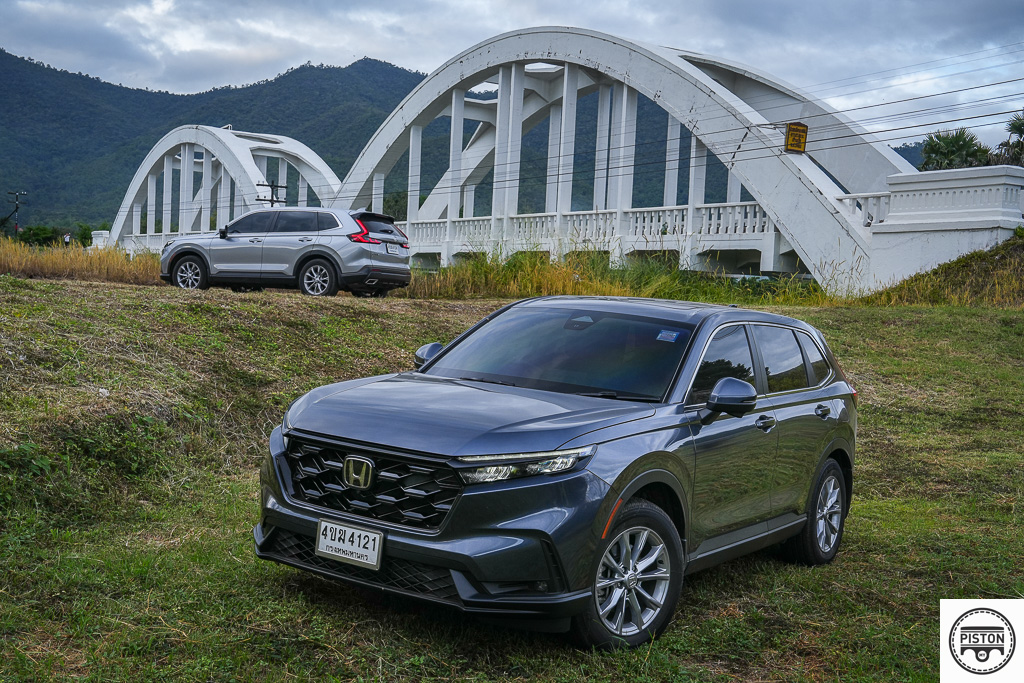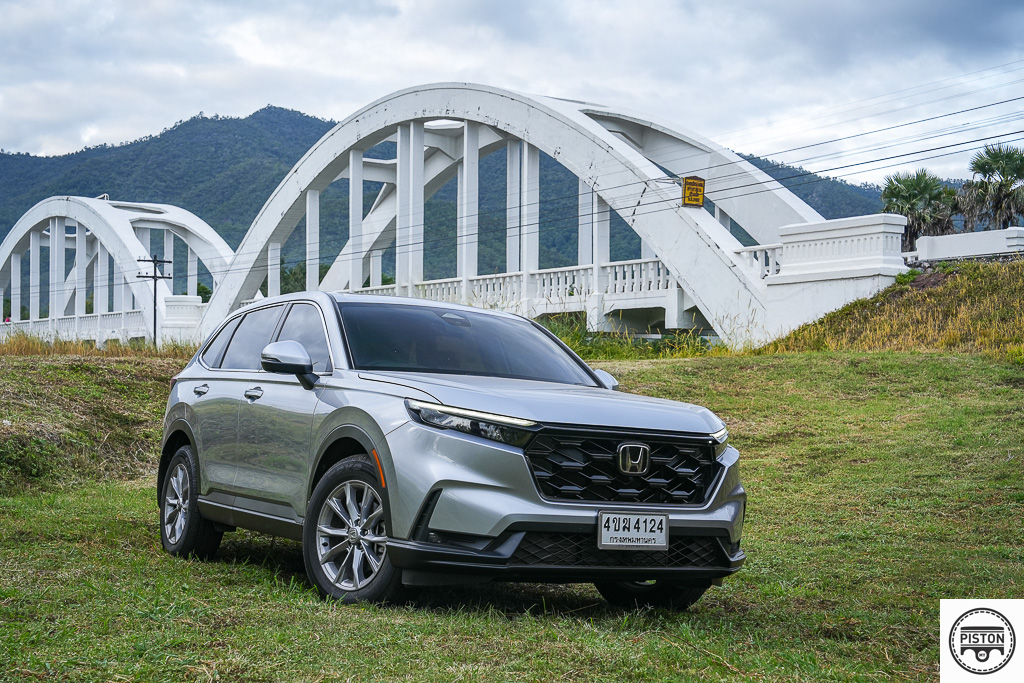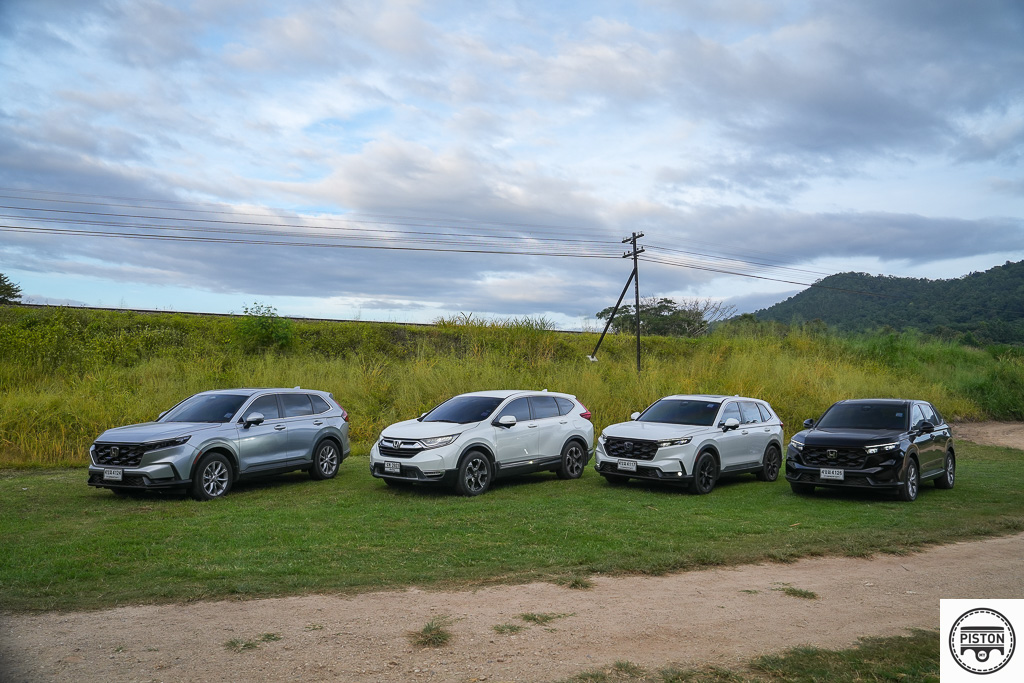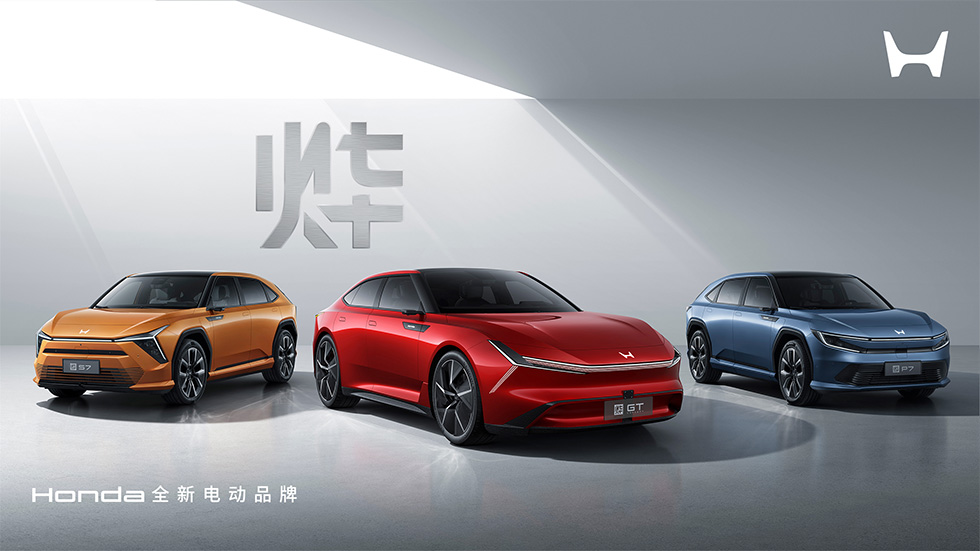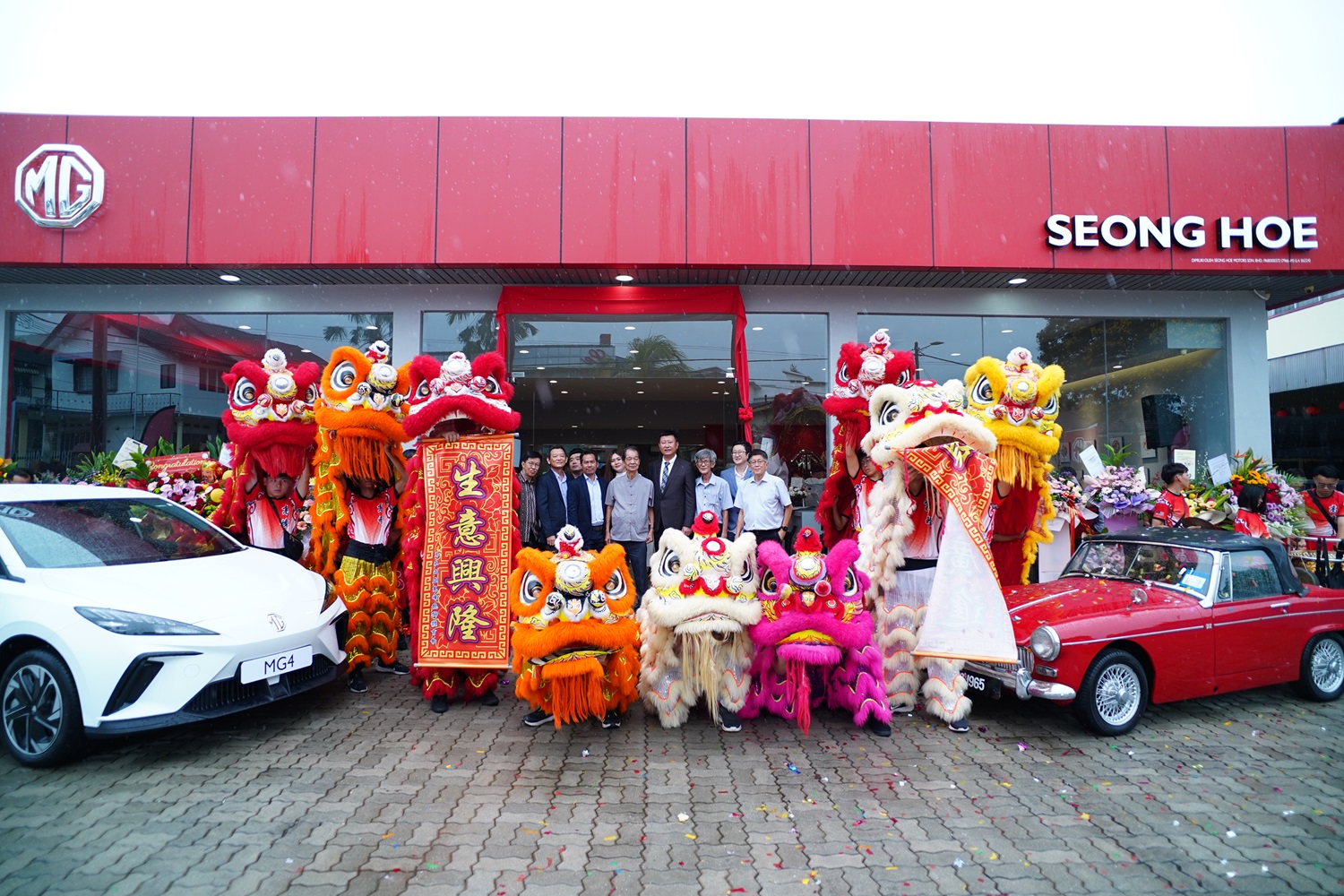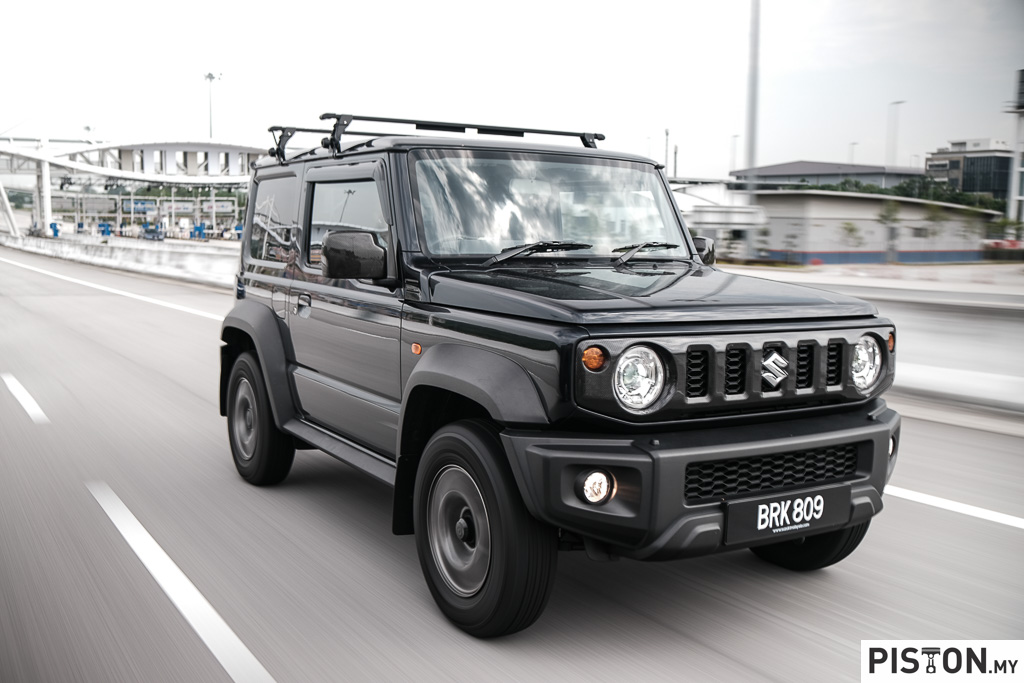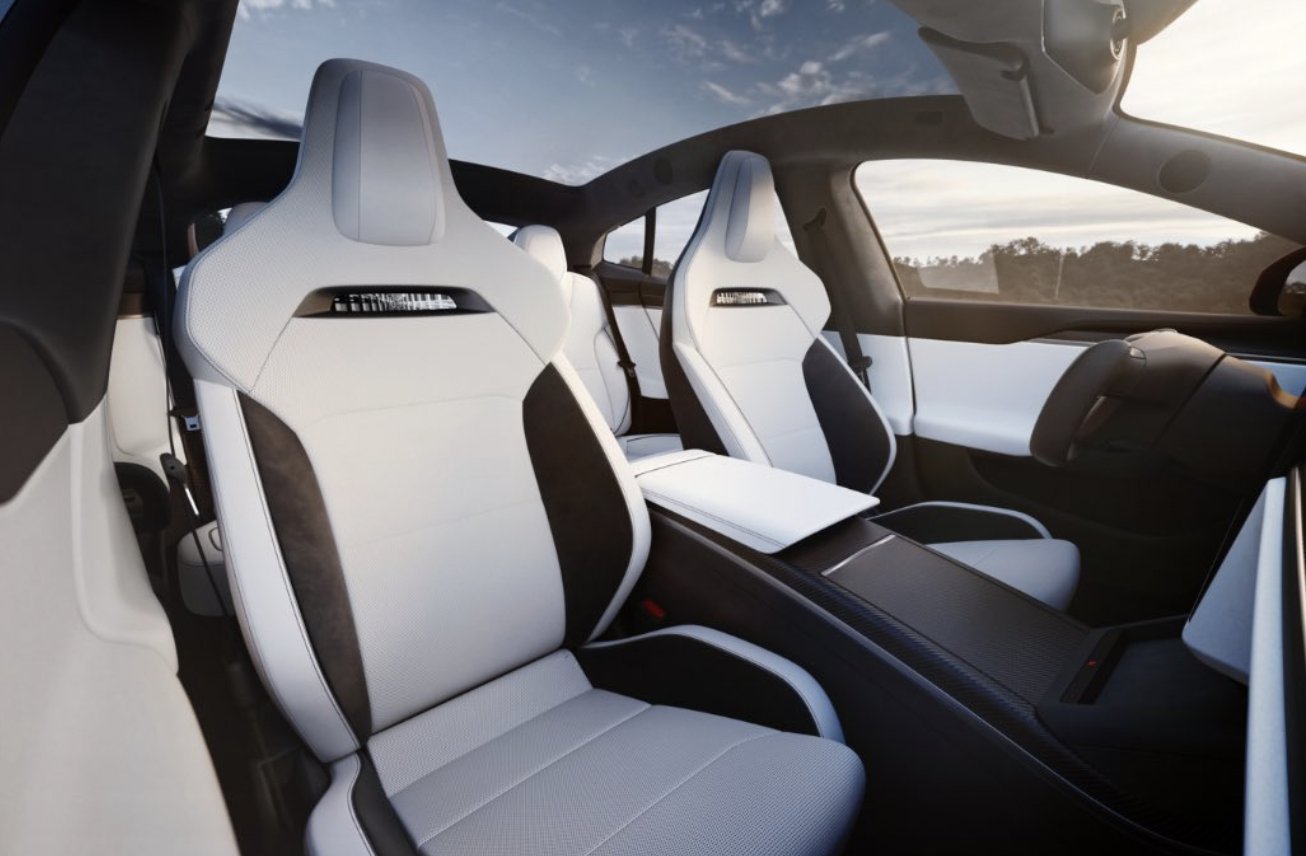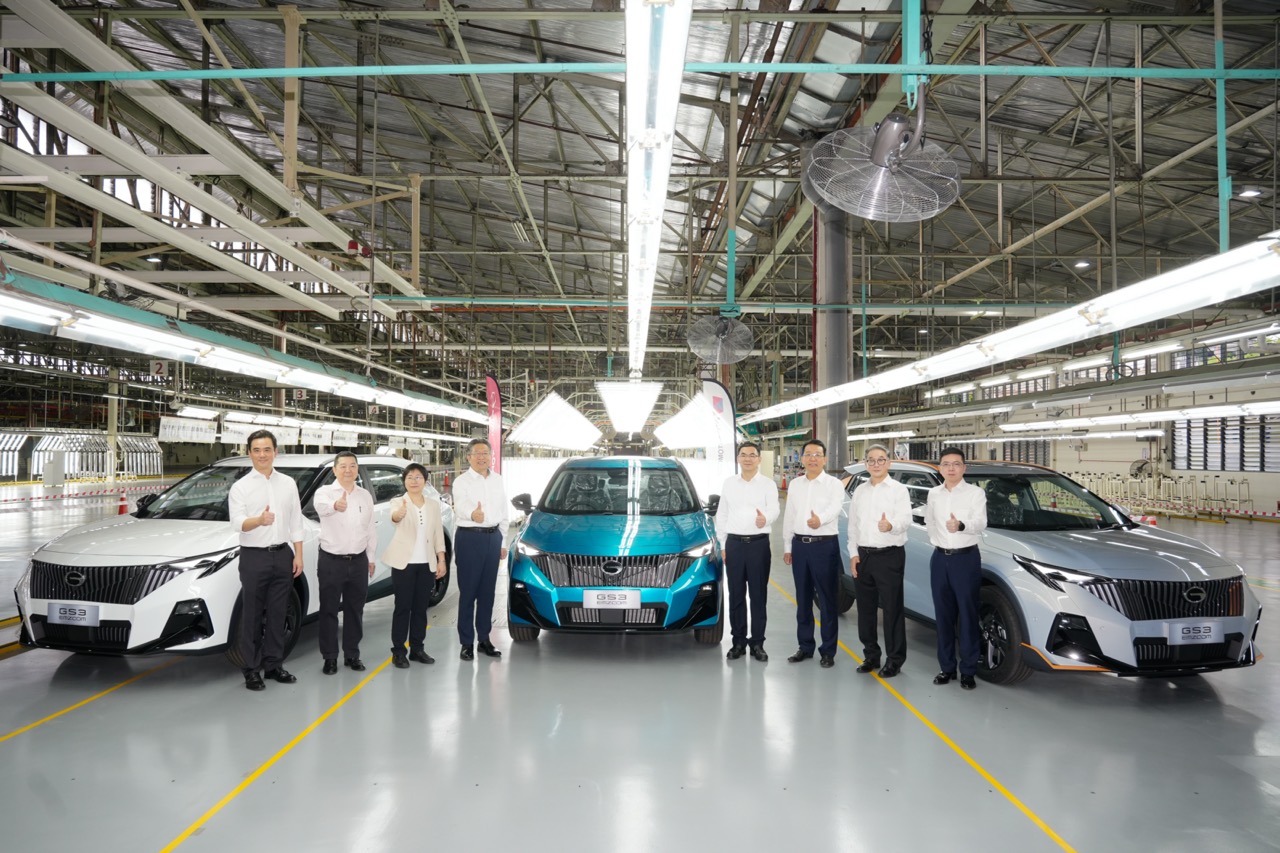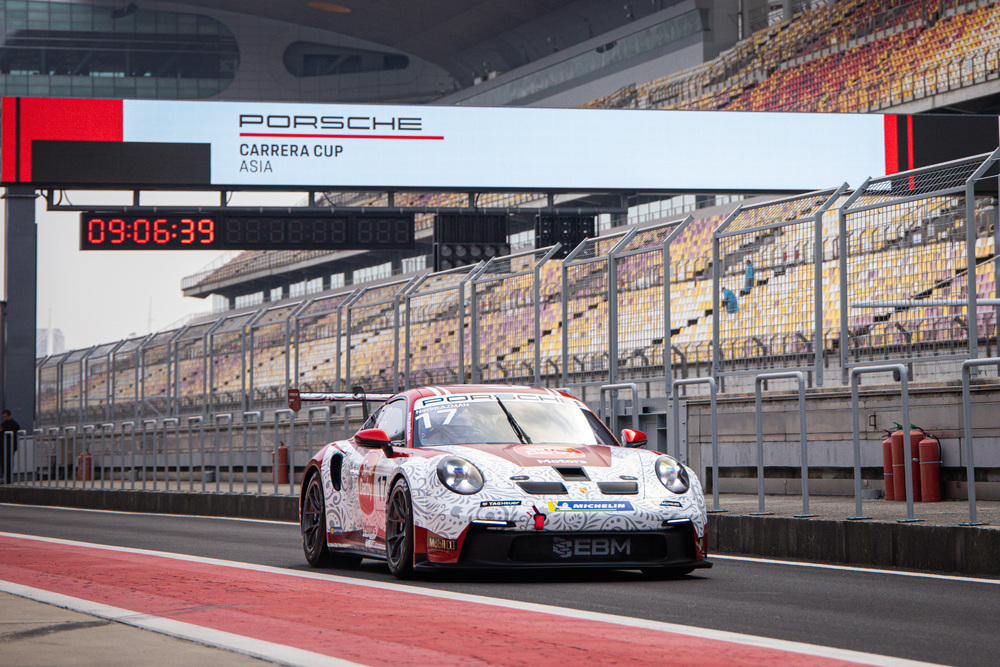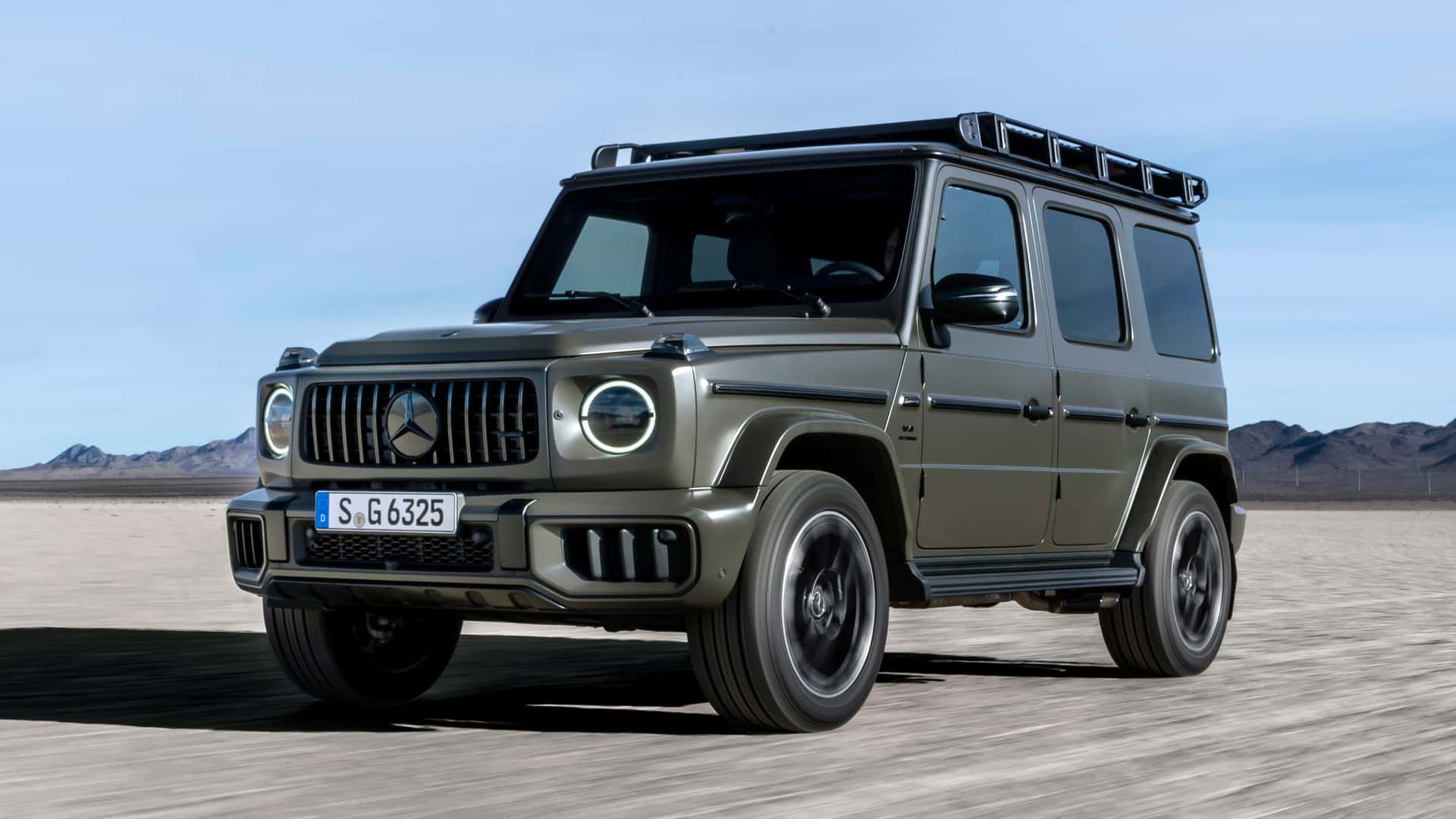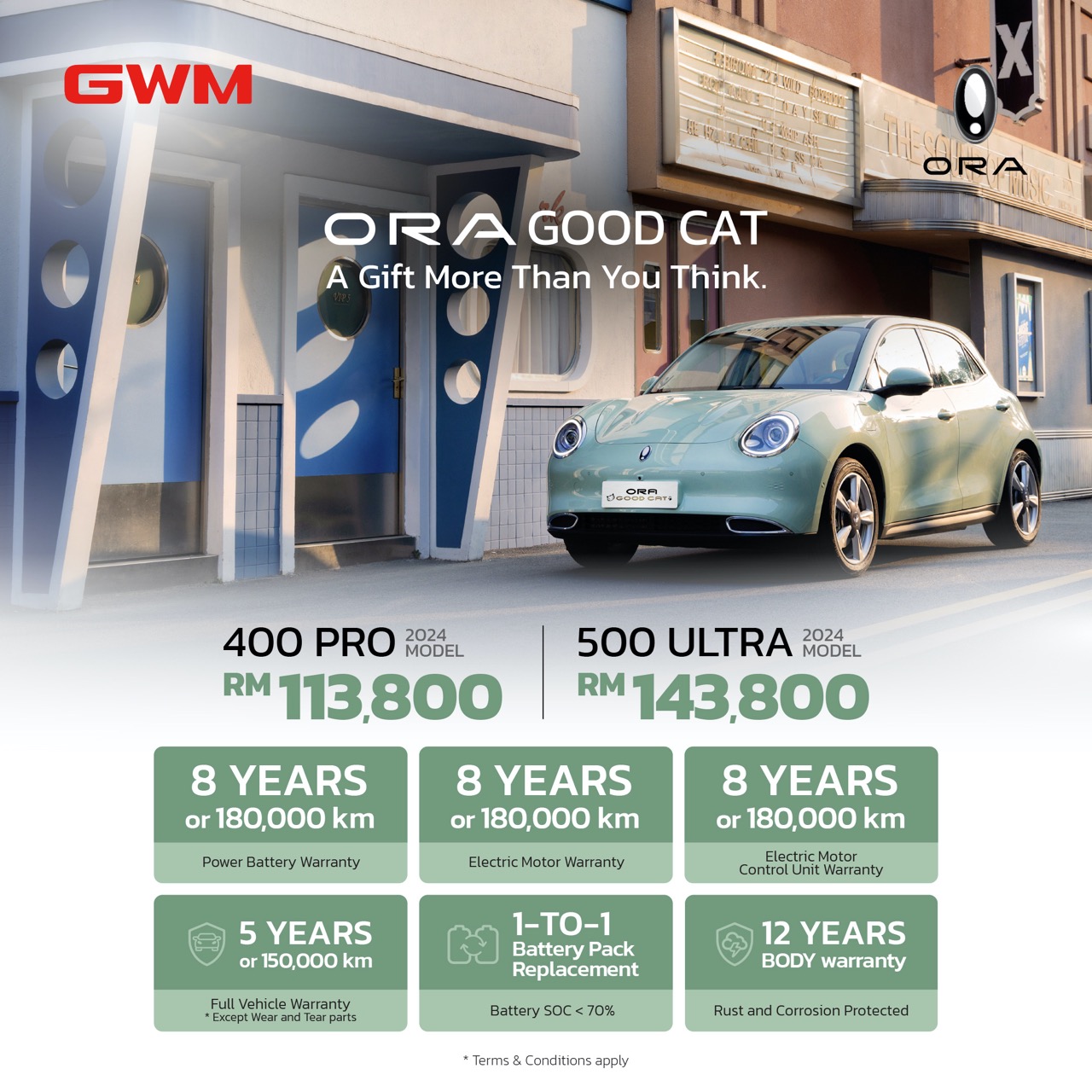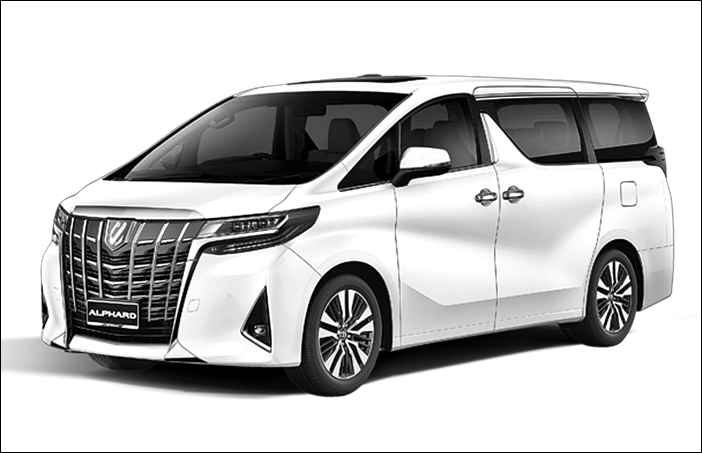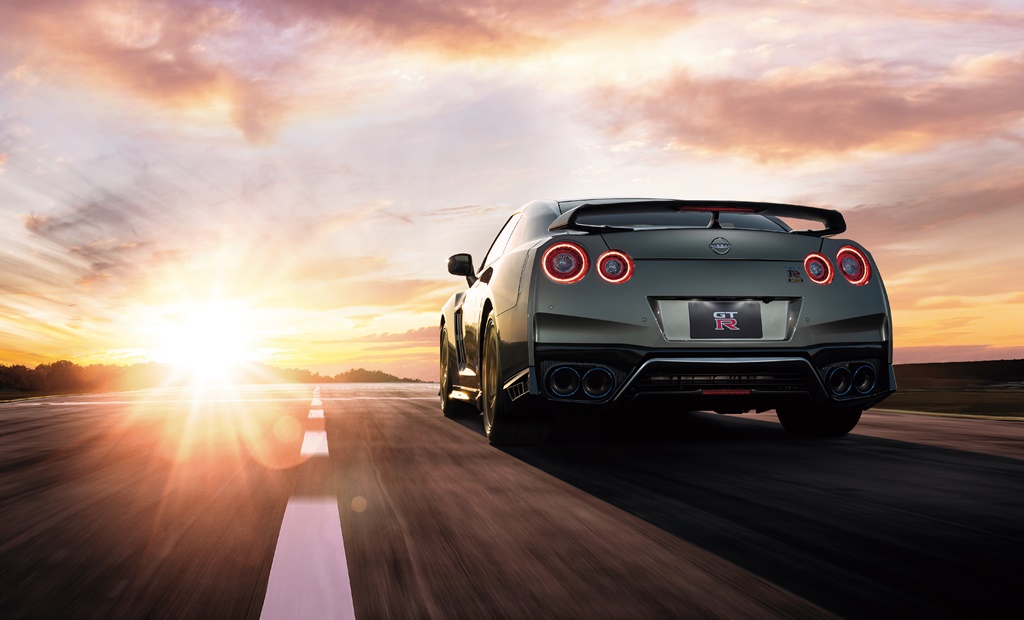What do you get when you cross the comfort and spaciousness of a KIA Sorento with the athleticism of a Mazda CX-5? If you guessed the Honda CRV, you would have guessed right.
Honda’s C-Segment SUV contender has always been the go-to model that offered all the right things at the right price.
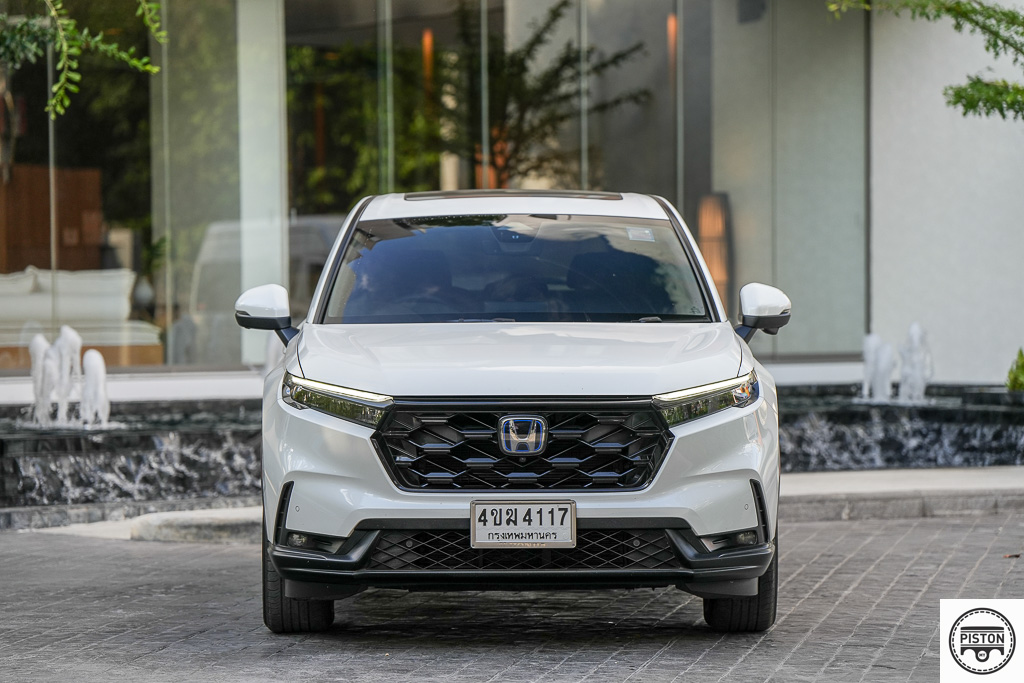
The CRV has been locally-assembled in Melaka since 2003 and it has been one of Honda Malaysia’s most successful model with close to 130,000 units sold.
But while the fifth-generation model was big and spacious and had all the right reasons to continue attracting buyers, it was becoming dated with an interior design that was getting tired and in need of an urgent update.
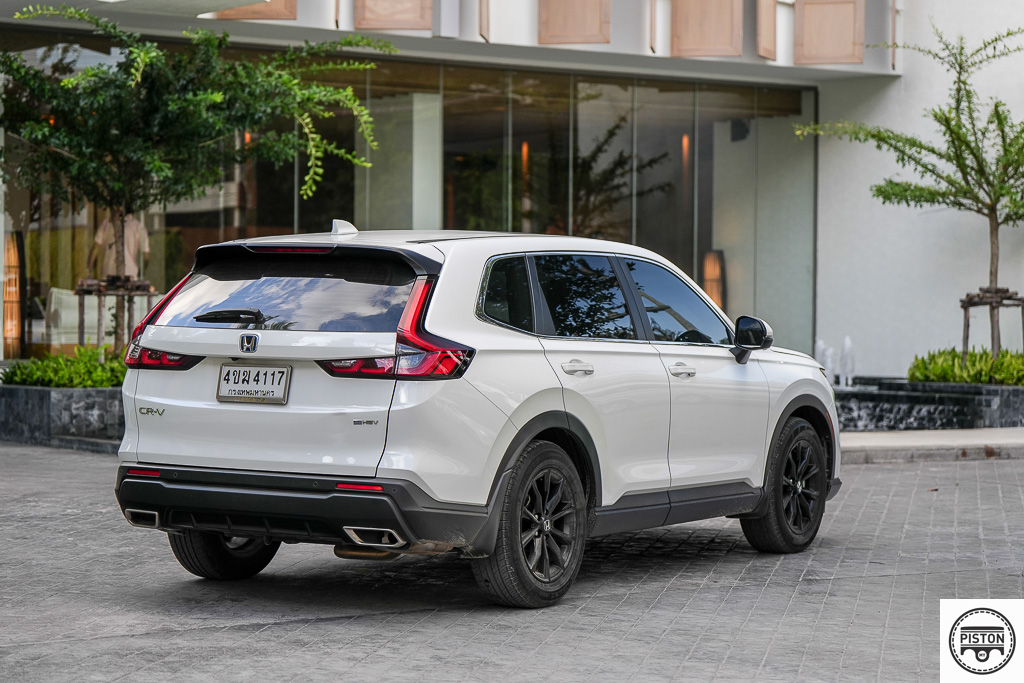
The fifth-generation CRV was so complete as a family focused CRV, that Honda could have simply given it a new body, a refreshed interior and called it a day. But no, Honda went to town with it and came up with a new model that will give the competitors a proper headache for years to come.
The new CRV is the biggest (in size) there has ever been, and it has all the right moves when the roads demand it. For a lack of a better word, the new CRV has evolved into the perfect package.
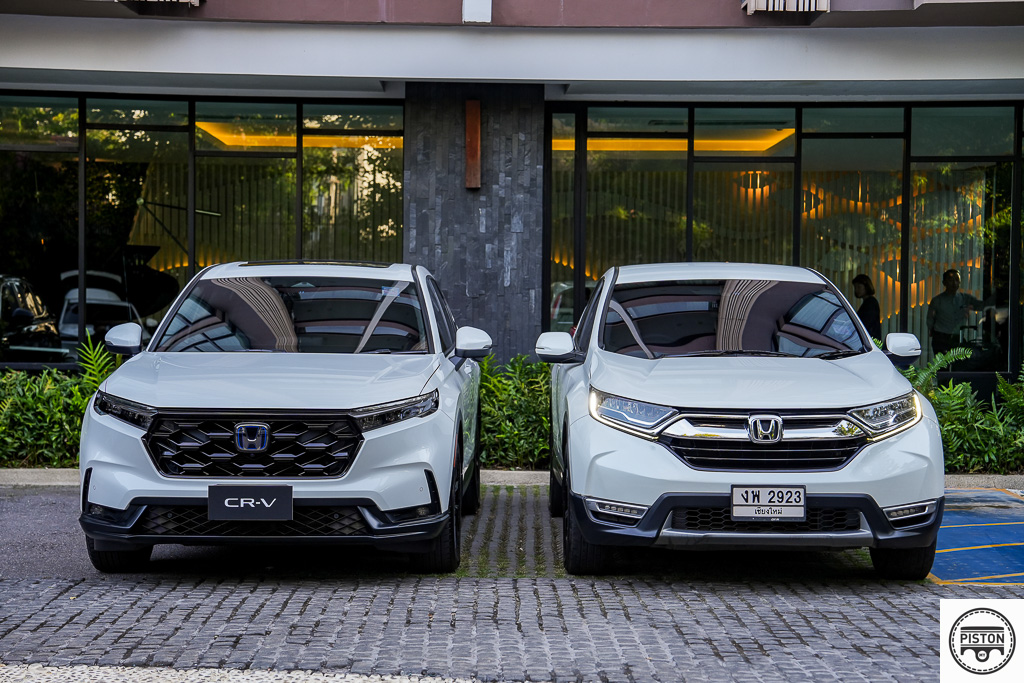
In terms of sizing, the new body is 10mm wider, 80mm longer with a 40mm longer wheelbase. It is difficult to explain how big it is here, but you will notice the sheer size of the new CRV as soon as you see it. Honda did not try very hard to hide the bulk of the car but has embraced it instead.
The size is most apparent from the side of the car where the shoulder line stretches across the length of the car. This immediately catches your eye and accentuates the length of the car.
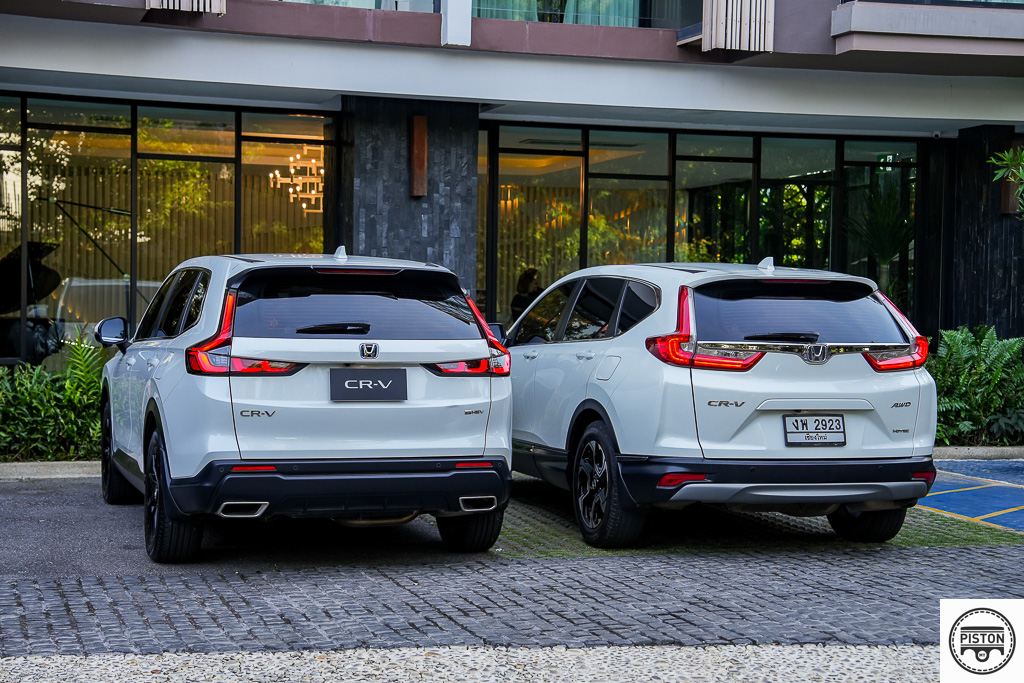
The front quarter of the car also seems longer, achieved by moving the A-pillar slightly back and giving it a steeper rake. This makes the bonnet look longer where else the previous fifth-generation CRV had a short bonnet and an A-pillar that raised dramatically to meet the roof of the car.
The front fascia mimics the new Honda Accord, which has sadly been discontinued in the Malaysian market, effectively making the CRV the new flagship Honda for the Malaysian market.
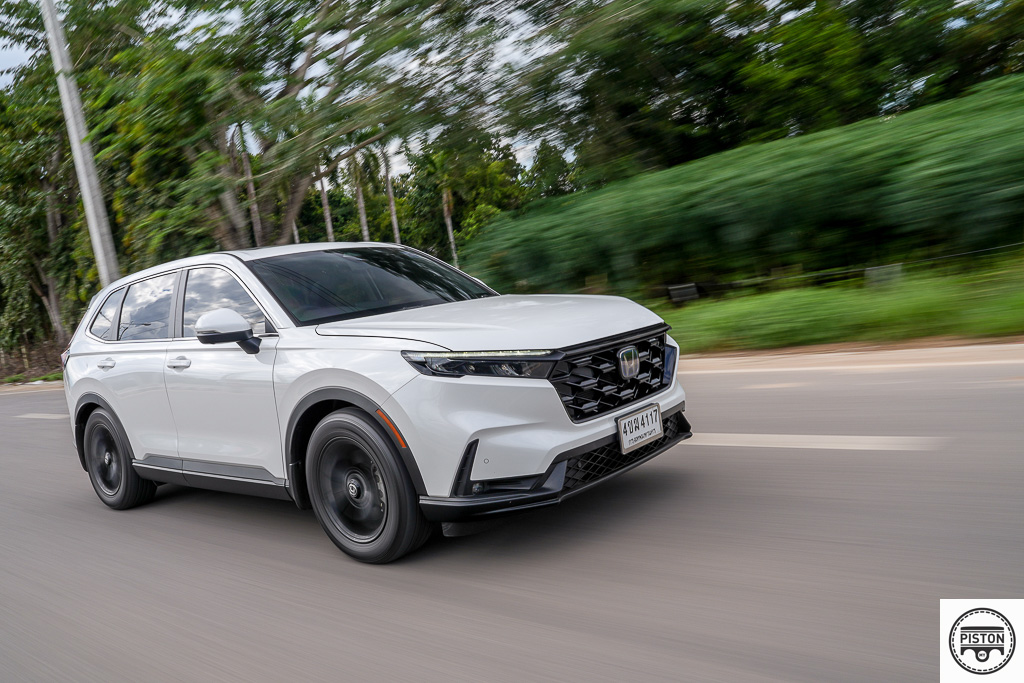
The rear of the car is all new but there are hints of other marques. Some say that the vertical light panel looks like it came off a Volvo, perhaps they are forgetting that it has always been there, starting from the first generation CRV.
The way the rear lights edge towards the centre though, now that looks like it has been inspired by BMW. But design is always subjective, though we all can agree that the new CRV does not have an ugly panel to it.
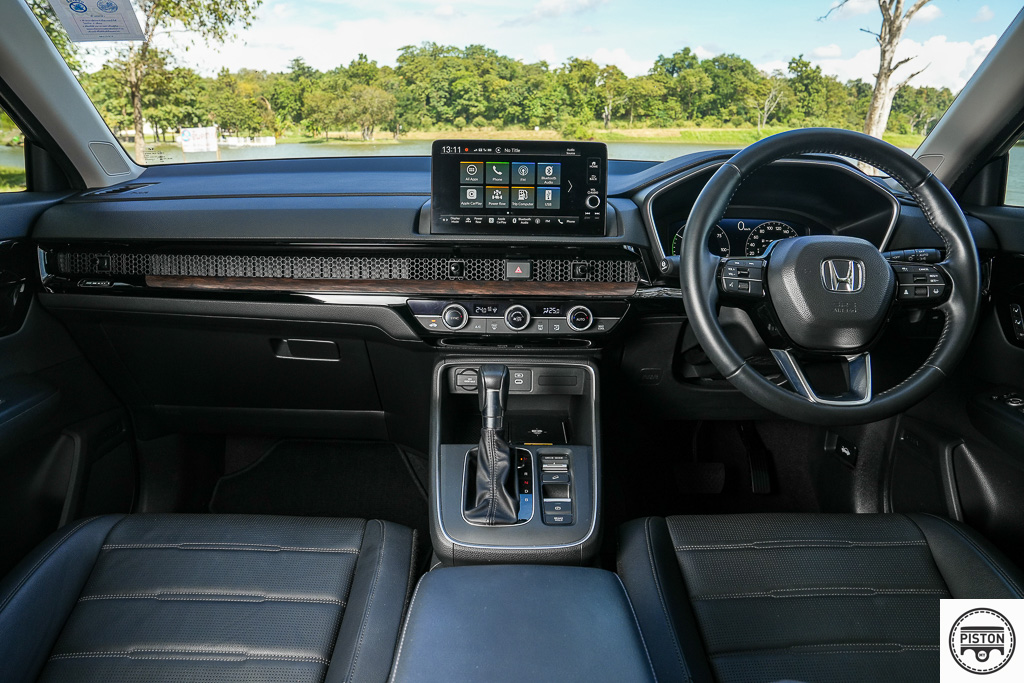
Step inside and this is where the sheer size of the car is most apparent. The interior acreage has increased, and it is not just on paper, you feel it as soon as you step inside. Whether you are seated at the front or at the back, the new CRV offers plenty of room, once again making it ideal for families.
Just like before though, Malaysia is getting the five-seater variant rather than the seven-seater which is for the Thai and Indonesian markets. This is fine though because the third-row seats substantially sacrifice boot space, which is a pity because at 589 litres, it is a full 67 litres bigger than before.
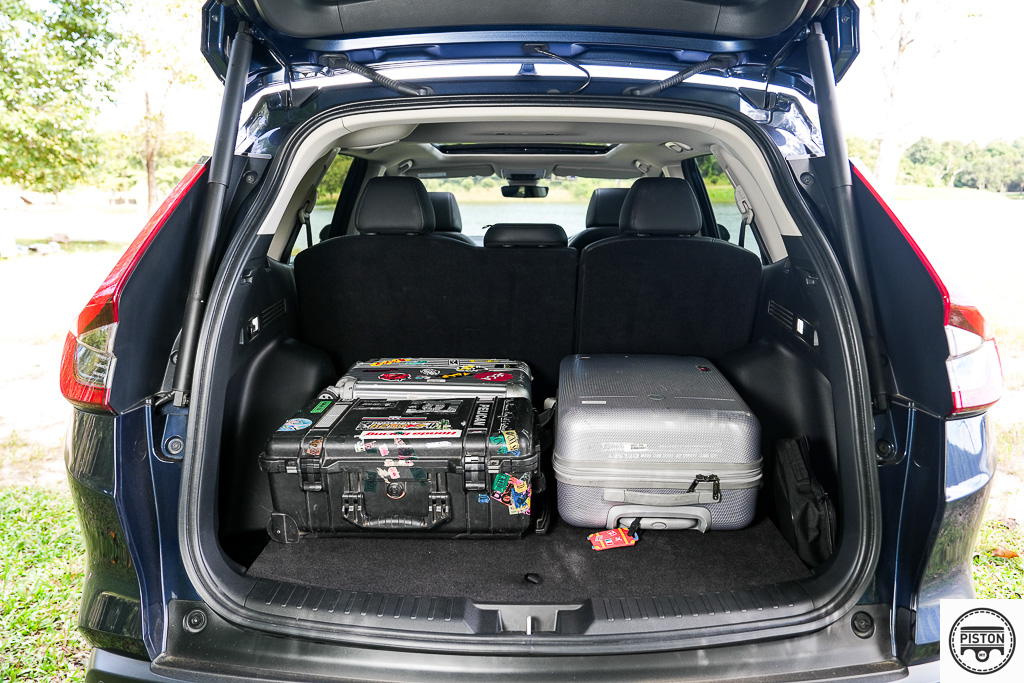
And if you are keen on an SUV, then boot space is important. And just for reference’s sake, the Mazda CX-5 has 445-litres of storage space while the Proton X70 has 512 litres. So it does not make sense to lose out on all that space.
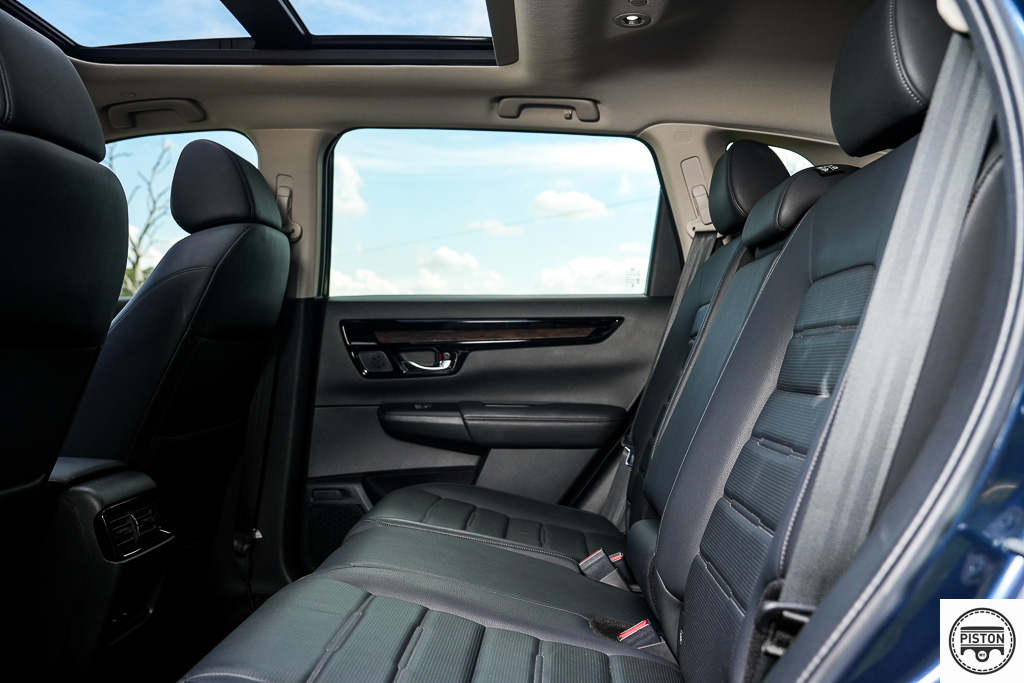
The second-row passengers will appreciate the additional leg and shoulder space. They also get two USB Type-C ports and their own air-conditioning vents. On the topic of the vents, we feel that Honda missed an opportunity to also add vents onto the B-Pillars. This vent placement makes the most sense since it blows cool air directly to a passenger’s face rather than to the knees. But it is not a deal breaker.
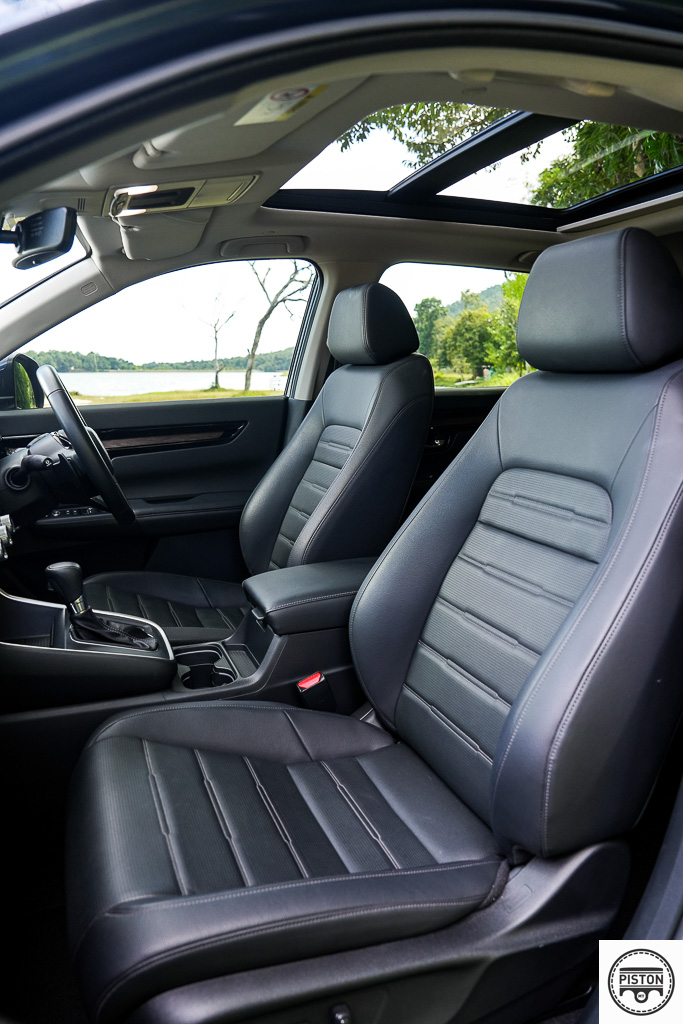
The real action though is up front where the new dashboard is entirely new, and a mirror image of that in the Civic. Though a little elongated in the CRV since it is 64mm wider than the Civic.
It is important to note that the CRV we drove recently was the Thai spec, so it may be a little different than the Malaysian models.
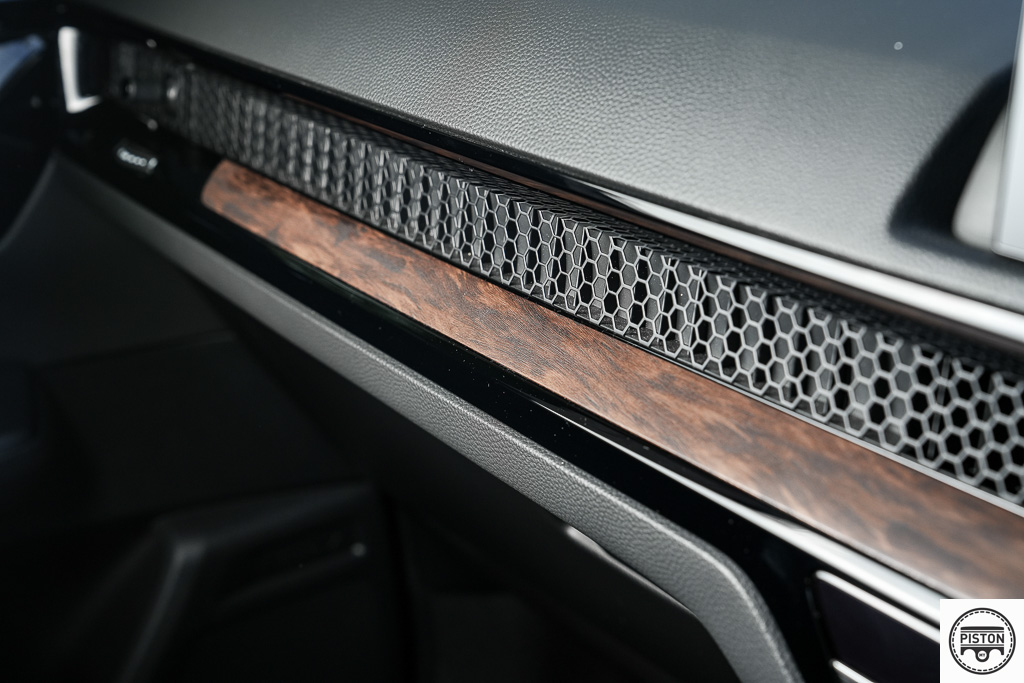
The trimming for one may be different. The Turbo and Hybrid variants we drove both had wood-grain trimming which looked expensive and felt more authentic than the interior trimming of some of the continental cars.
Malaysian’s will be getting two models – the 2.0 e:HEV, which is basically a hybrid variant, and a 1.5 Turbo. Both these powertrains are already in the Malaysian market, the hybrid made its debut in the Civic while the 1.5 Turbo has been around for a while and was even powering the fifth generation CRV. So both powertrains have been tried and tested for a while already.
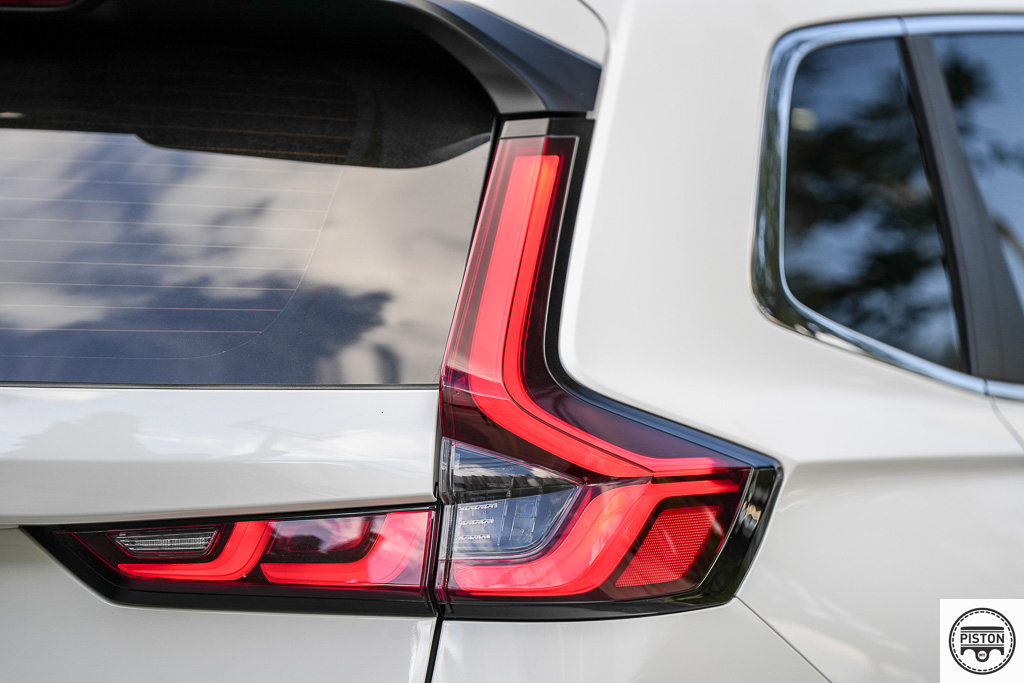
In usual Honda Malaysia fashion, each of these will have their own sub-variants, perhaps three variants for the 1.5 Turbo including one with all-wheel-drive, and one flagship hybrid variant with power sent to the front wheels exclusively.
This article though will focus on the Hybrid variant and with a separate review of the Turbo variant to follow.
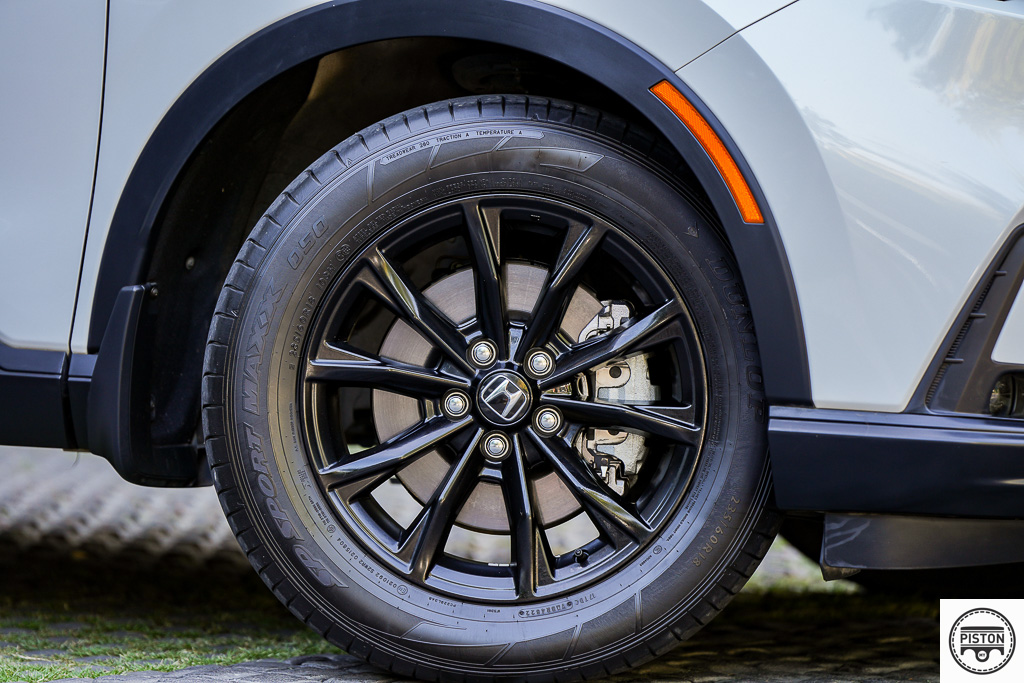
During the drive in Thailand, there was little that distinguished both models from the outside. Both cars had the same body kit and had the same 18-inch wheels.
You can also expect some other features to distinguish the flagship model from the others, but there is no telling what that will be, and we are not about to speculate.
Having driven both the Hybrid and the Turbo models back-to-back, the former feels more polished and better to drive for several reasons.
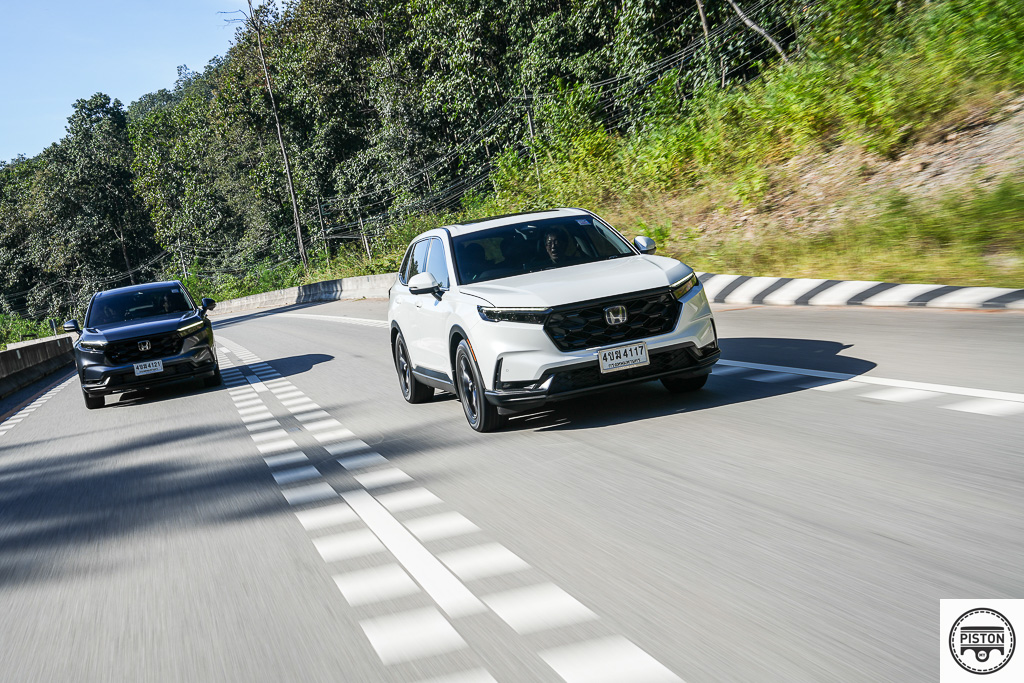
The Hybrid model utilizes Honda’s e:HEV technology which includes twin motors up front – one to drive the wheels, and another that acts as a generator to power all of the onboard systems.
Power is sent directly from the engine to the electric motor through Honda’s e-CVT transmission, which basically means the CRV makes do without a gearbox. So that means there are fewer moving parts in this model and there is no propellor shaft either to send power to the rear wheels.
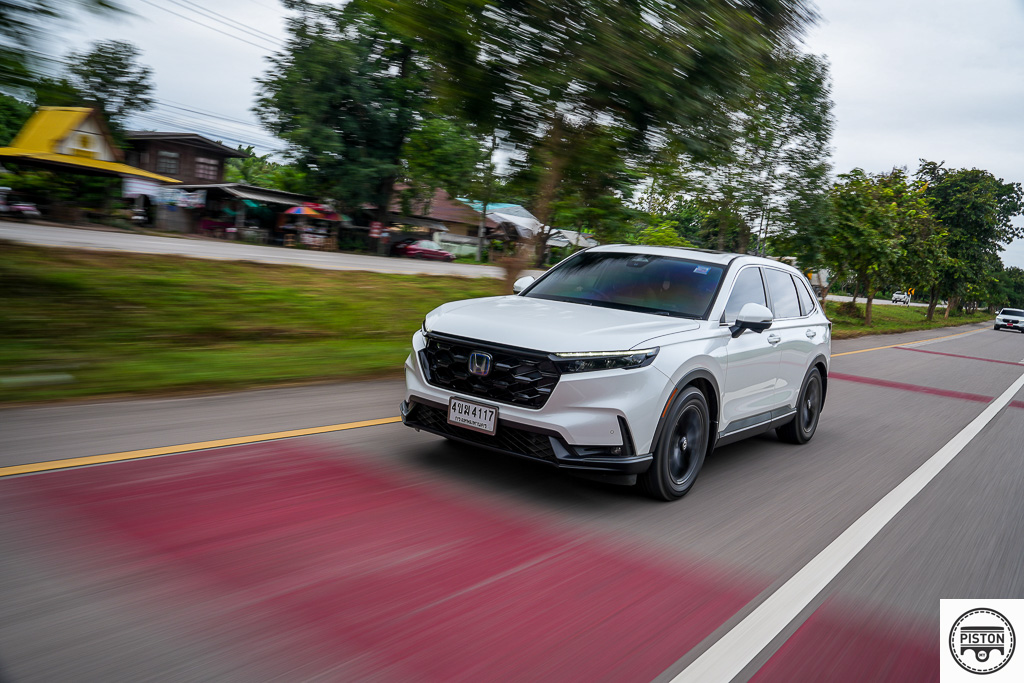
This then means there are fewer vibrations and random noises that intrude back into the cabin, making the car feel incredibly smooth, quiet and serene even.
Power for Hybrid variant is rated at 184PS and 335Nm of torque. This may seem quite decent, but the car does not seem to want to go anywhere in a hurry when you floor the accelerator pedal.
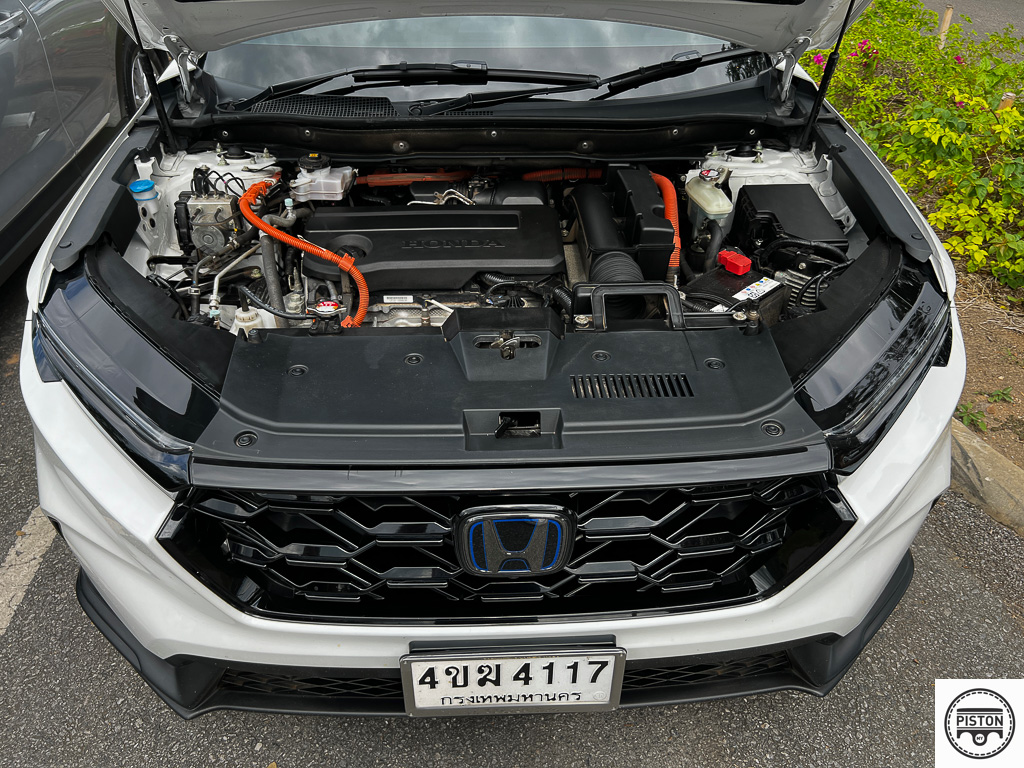
At 1,743kg, the CRV e:HEV is not exactly light, but the powertrain is more than up to propelling the car up to speed. It just does not feel very urgent. But that should not be too surprising though since the hybrid model is designed for efficiency, and with an official fuel consumption rating of an impressive 20.8-km per litre, efficiency is quite surely the name of the game for this model.
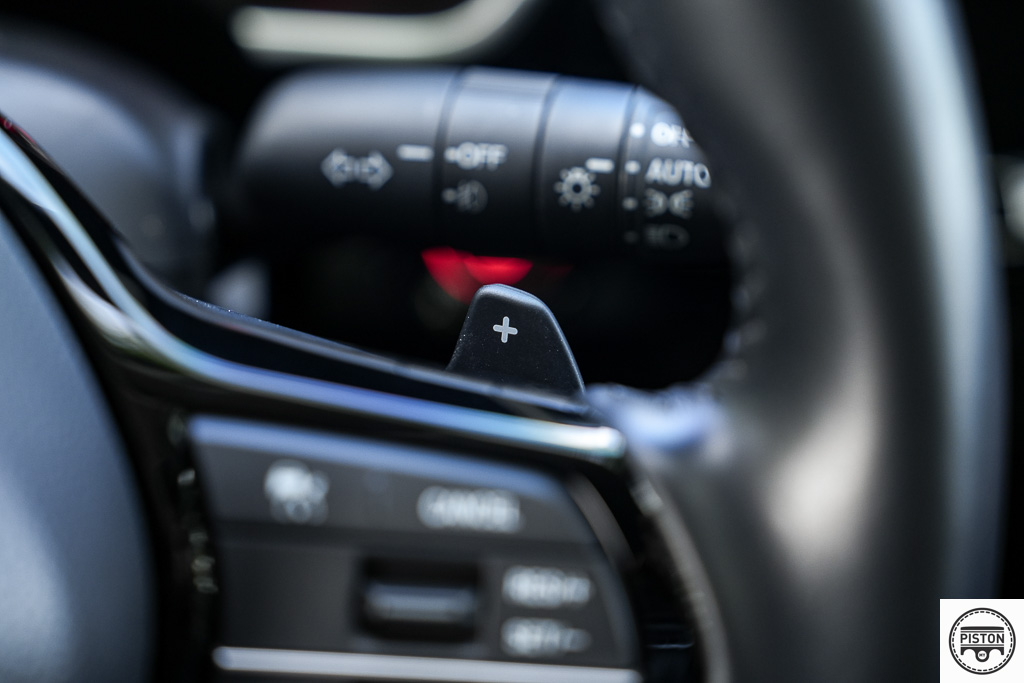
It achieves its impressive efficiency through a combination of technologies that go past the slick powertrain. The new Civic also has something called an Active Shutter Grille located at the bottom of the front bumper. This works by opening to let in air to cool the engine, and it shuts again so that air can flow around the car rather than through it, all in the name of aerodynamics and thus improved efficiency.
There is much to like about the new Honda CRV, and we ended up preferring it over the Turbo model due to its smoothness and better noise and vibration levels. But it also has new and improved seats for the front passengers which is a much welcomed addition.
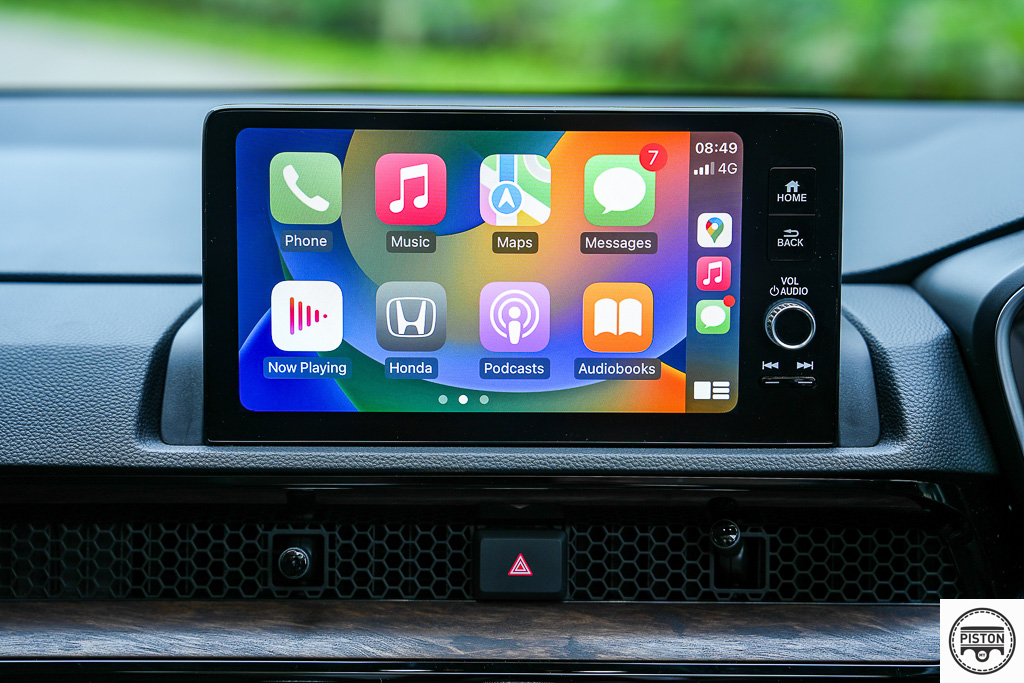
The Malaysian model will also come with a 12-speaker Bose sound system, making it the first time that Honda Malaysia will offer a premium sound system for its locally-assembled model.
Buyers will also appreciate that the new CRV also comes with a new 360-degree camera that makes driving the big SUV a simpler task. Then there is also the new Honda Sensing suite that includes a new wide-angle radar, camera and a sonar sensor for low speed braking control.
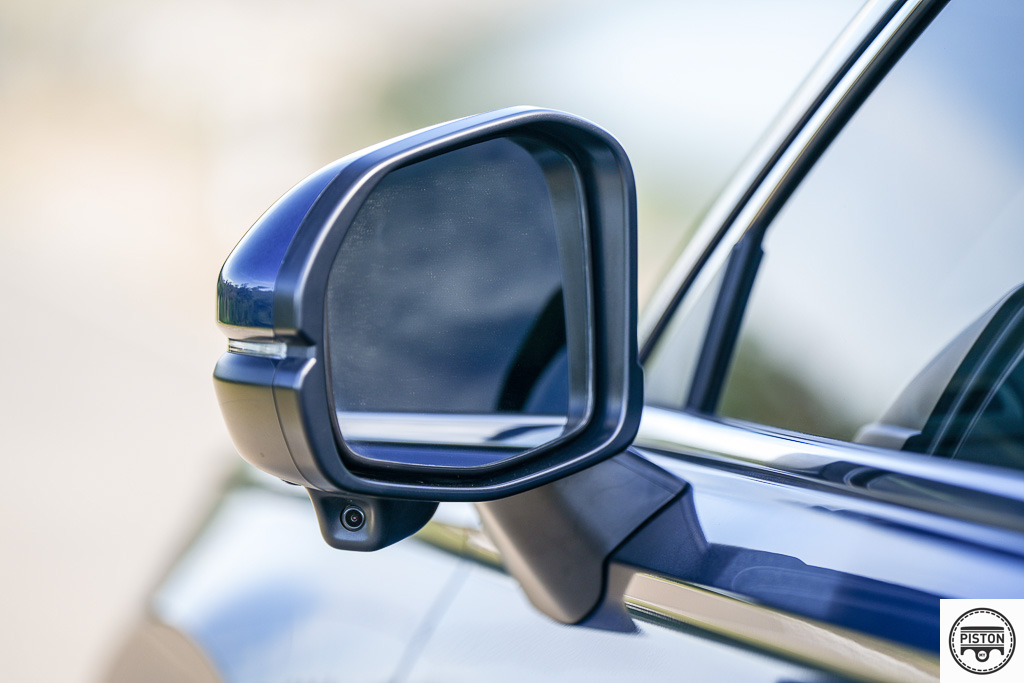
The new Honda CRV is going to be another sales success especially among those looking for something big and spacious. But don’t expect it to be cheap though, with price of goods increasing globally and the value of the Ringgit dropping drastically for the past couple of years, the price of raw materials is surely going to increase production cost.
But with top notch quality and comfort and safety levels that can match some of its European counterparts, the Honda CRV will find its way into the hearts of plenty. That is for sure.
Specifications:
Engine: 2.0-litre, 4-cylinder, DOHC
Power: 184PS @ 5,000rpm
Torque: 335Nm @ 2000rpm
Gearbox: e-CVT
Battery: Lithium-ion
Suspension: Independent MacPherson Strut with Stabiliser Bar (Front) / Independent Multi-Link with Stabiliser Bar (Rear)
We like: Interior space, good looks, efficiency
We don’t like: Hard to fault, we love it!
